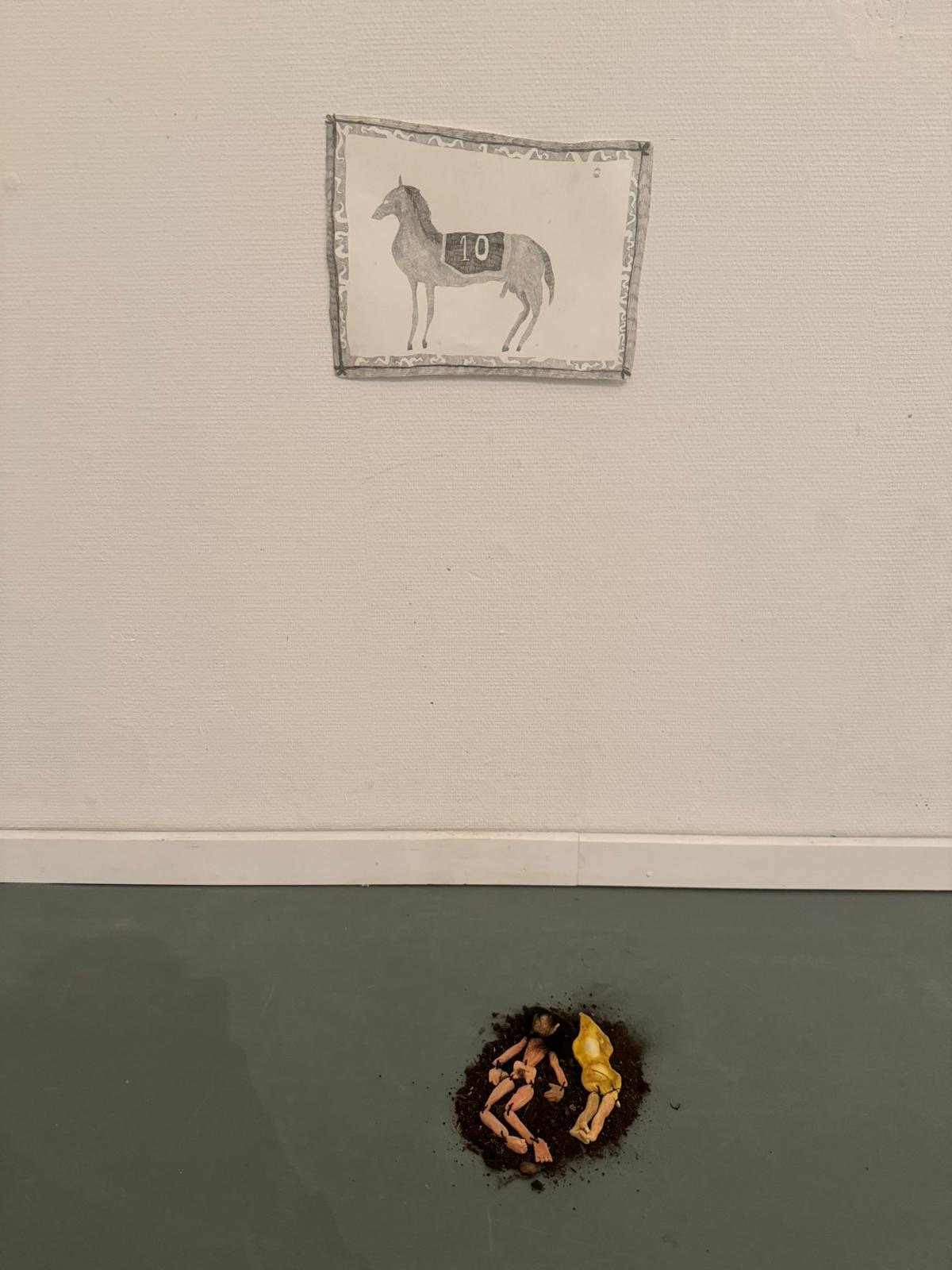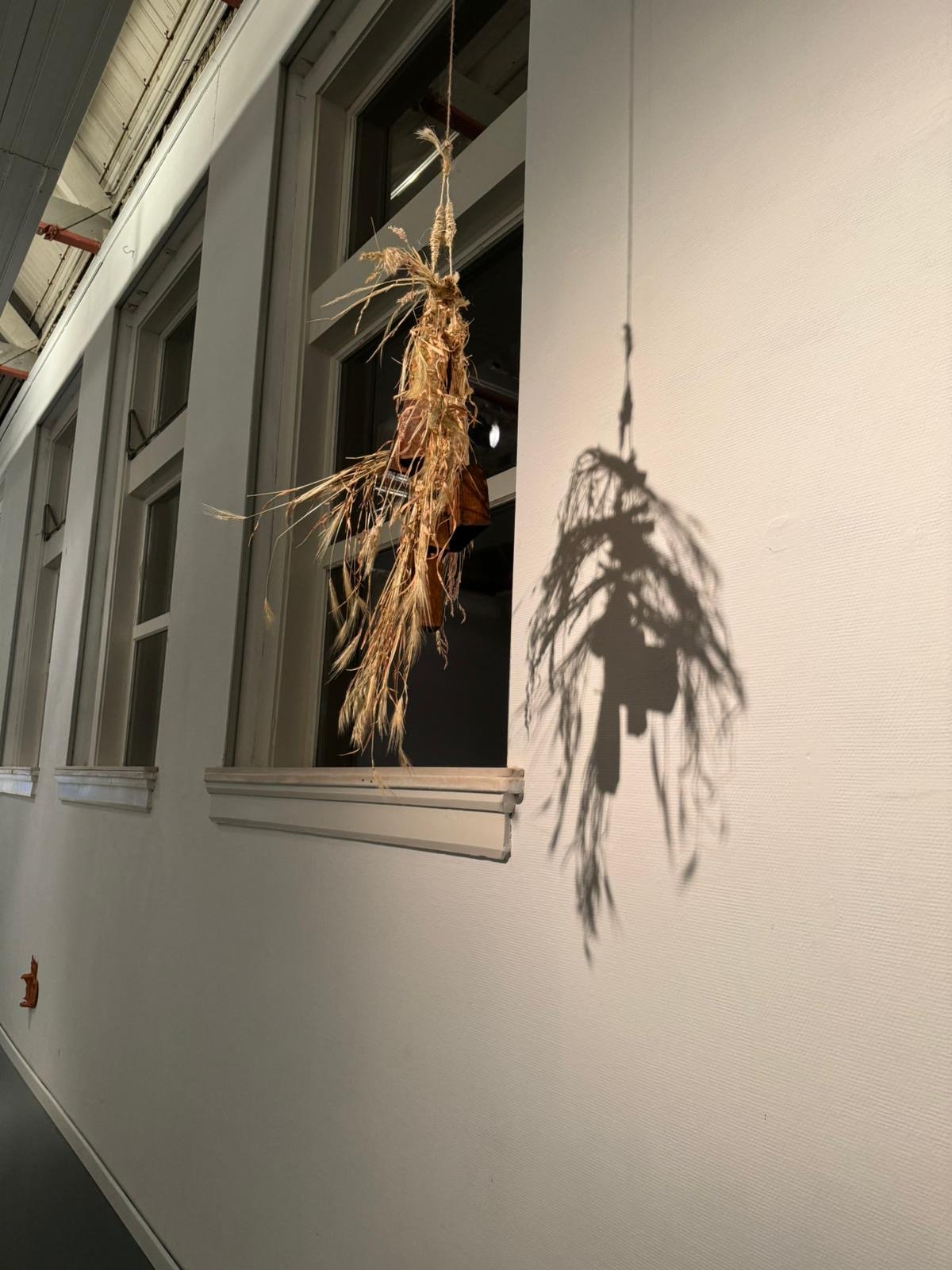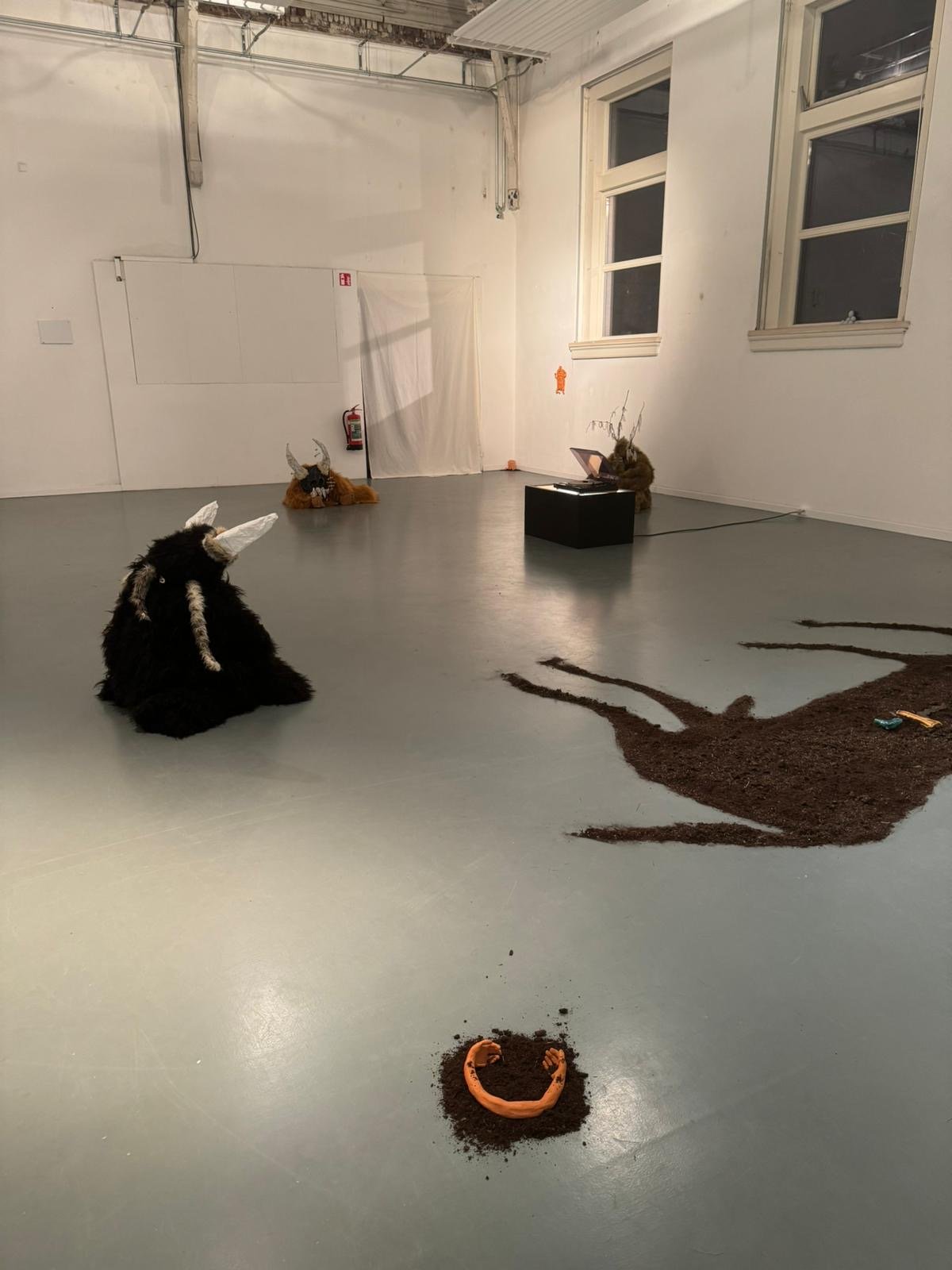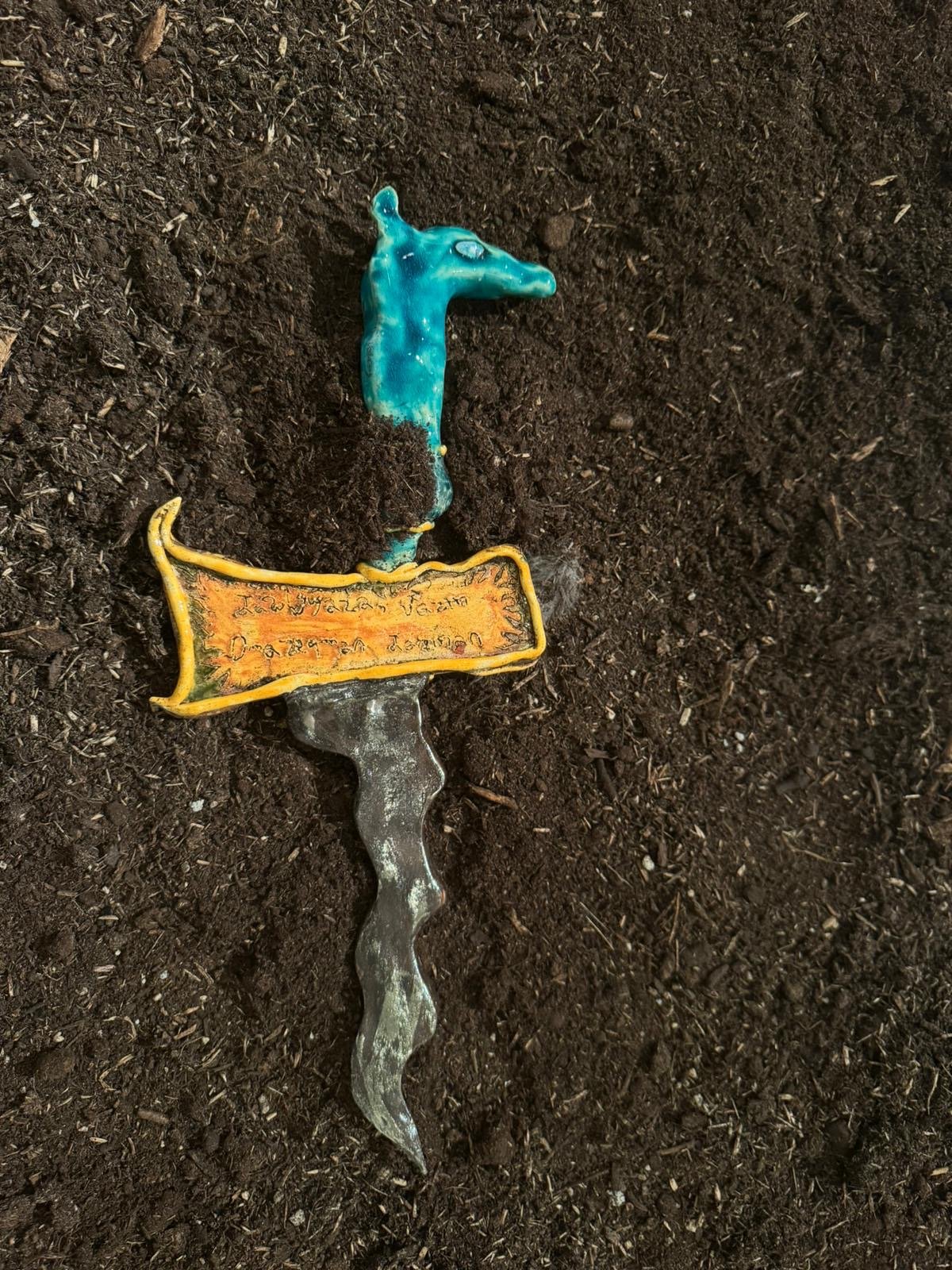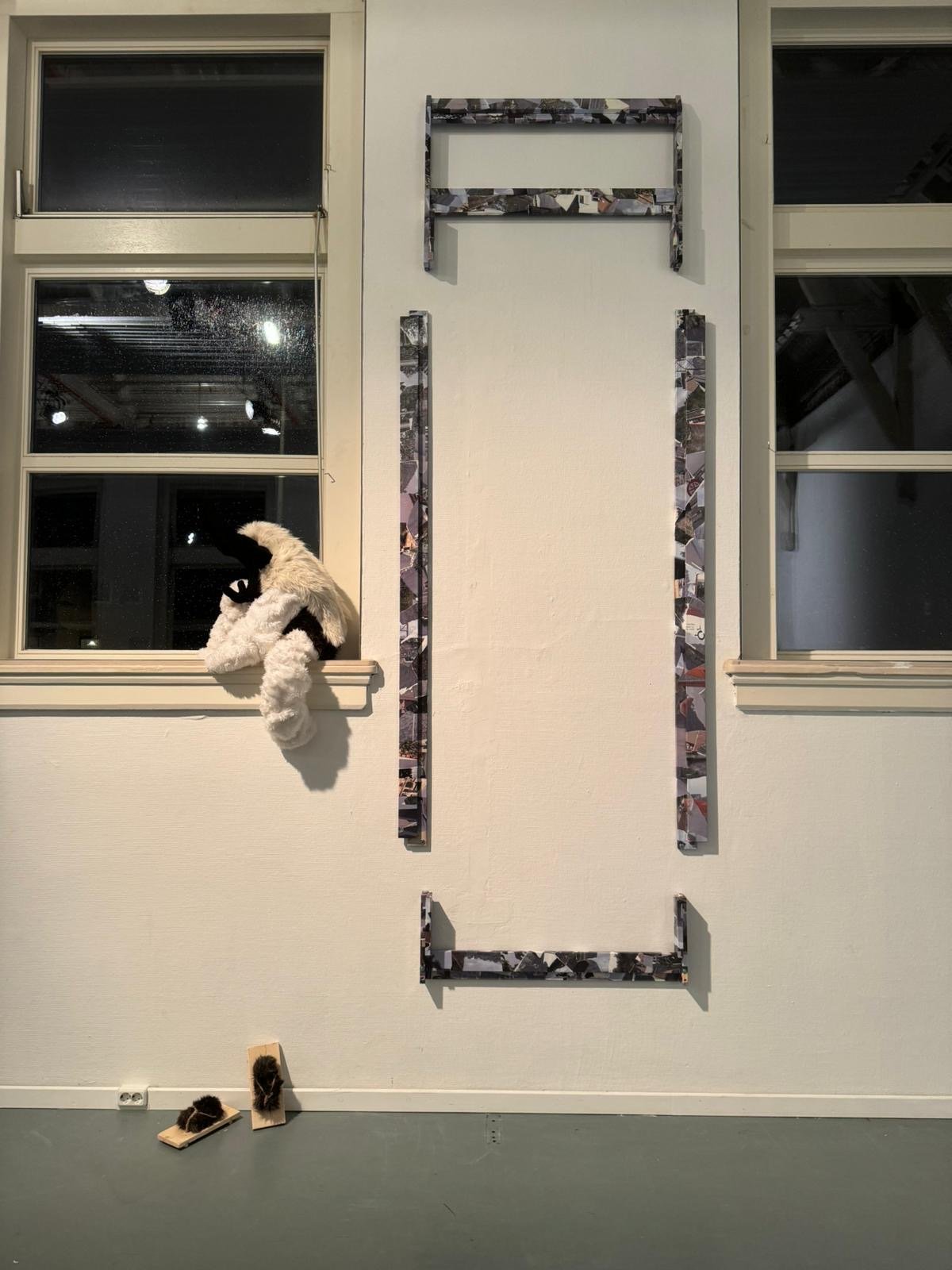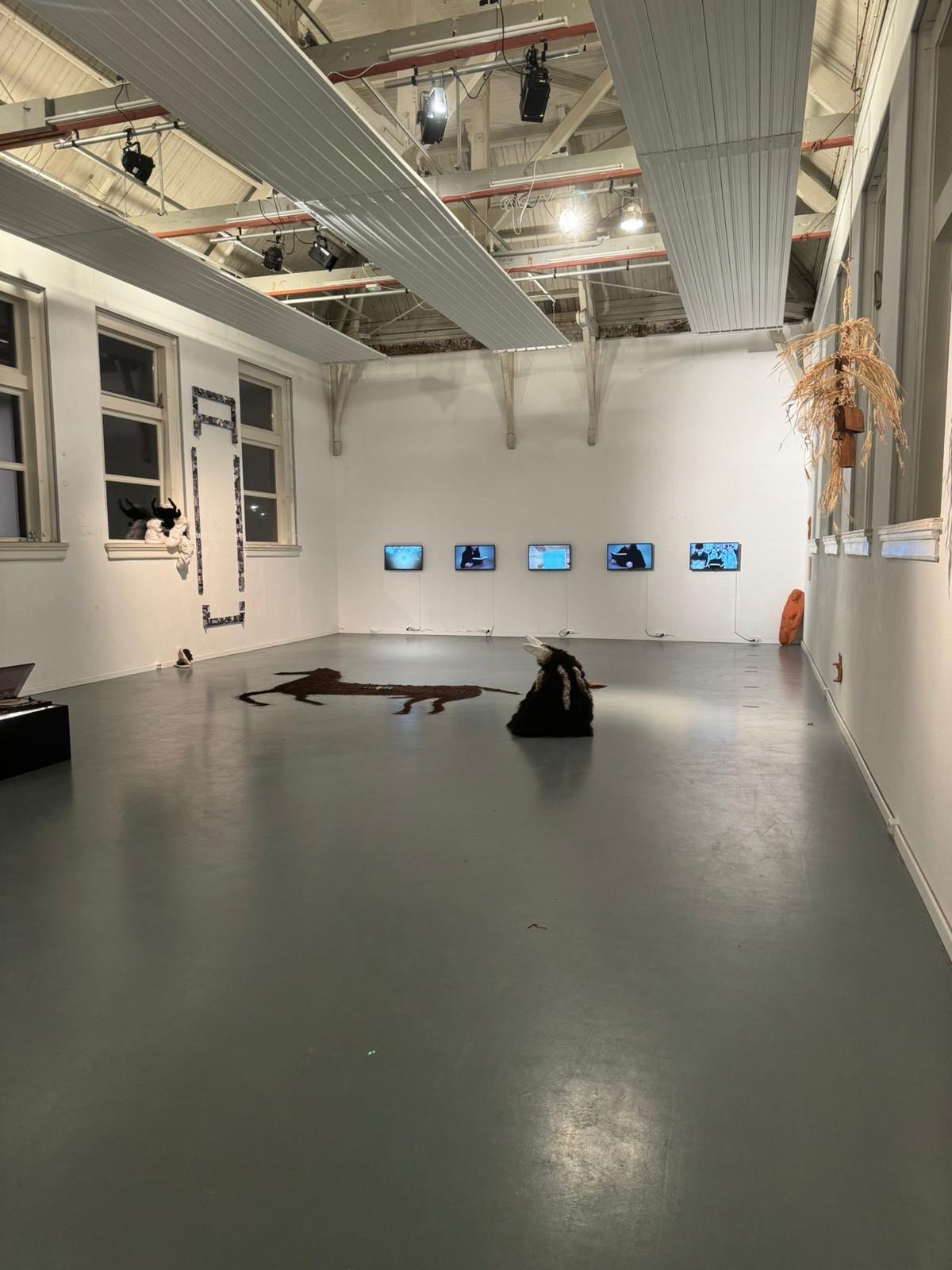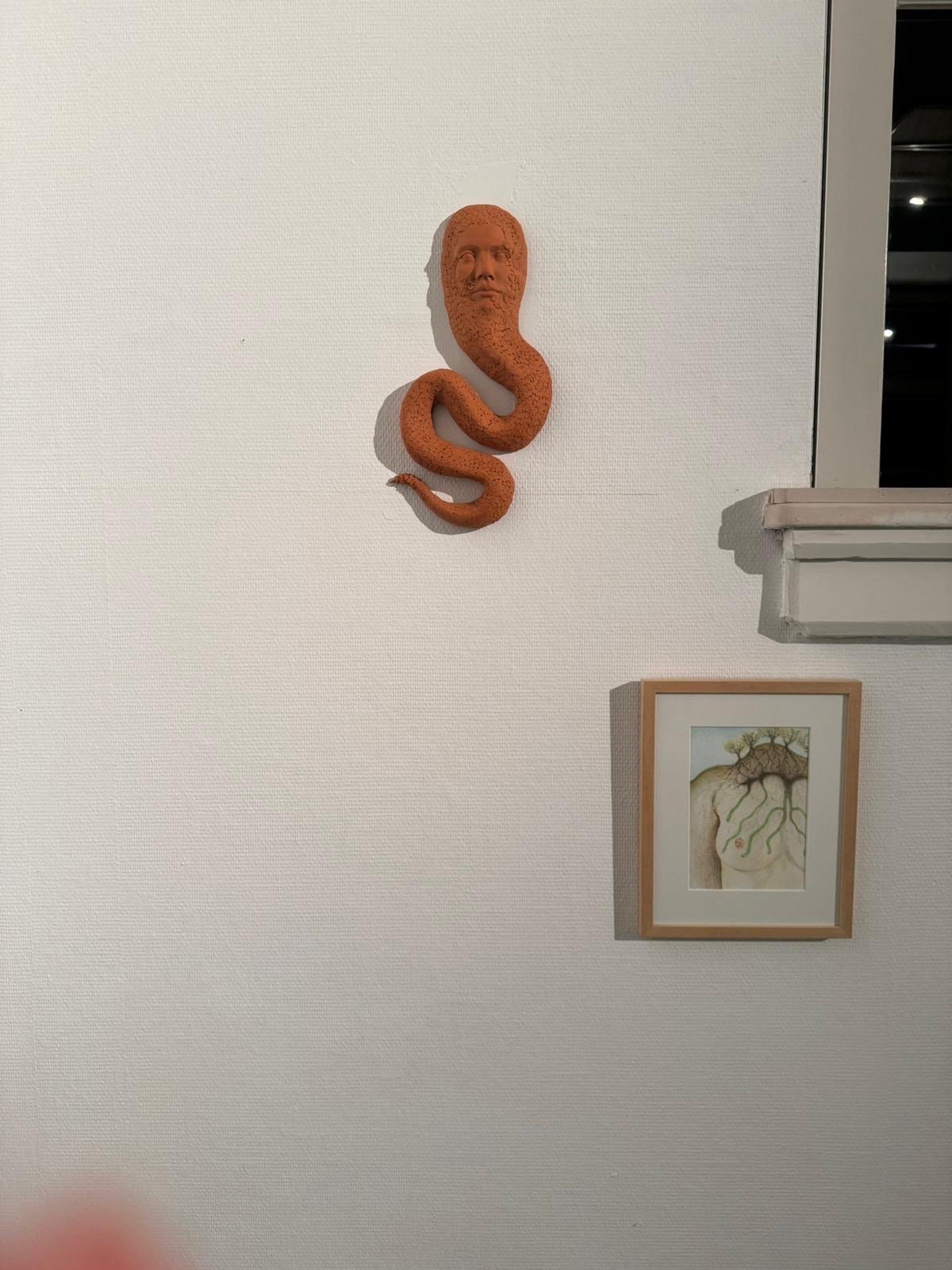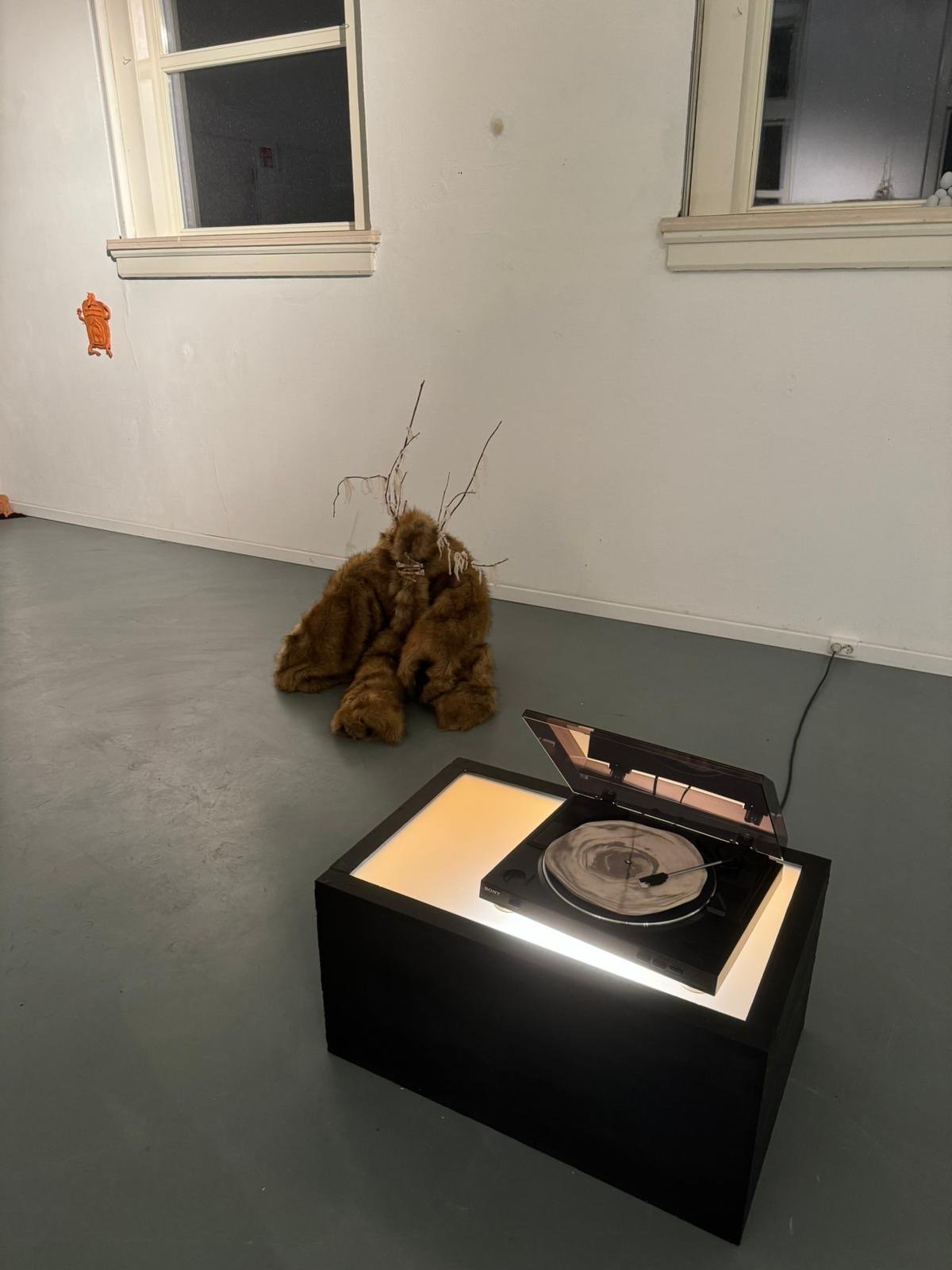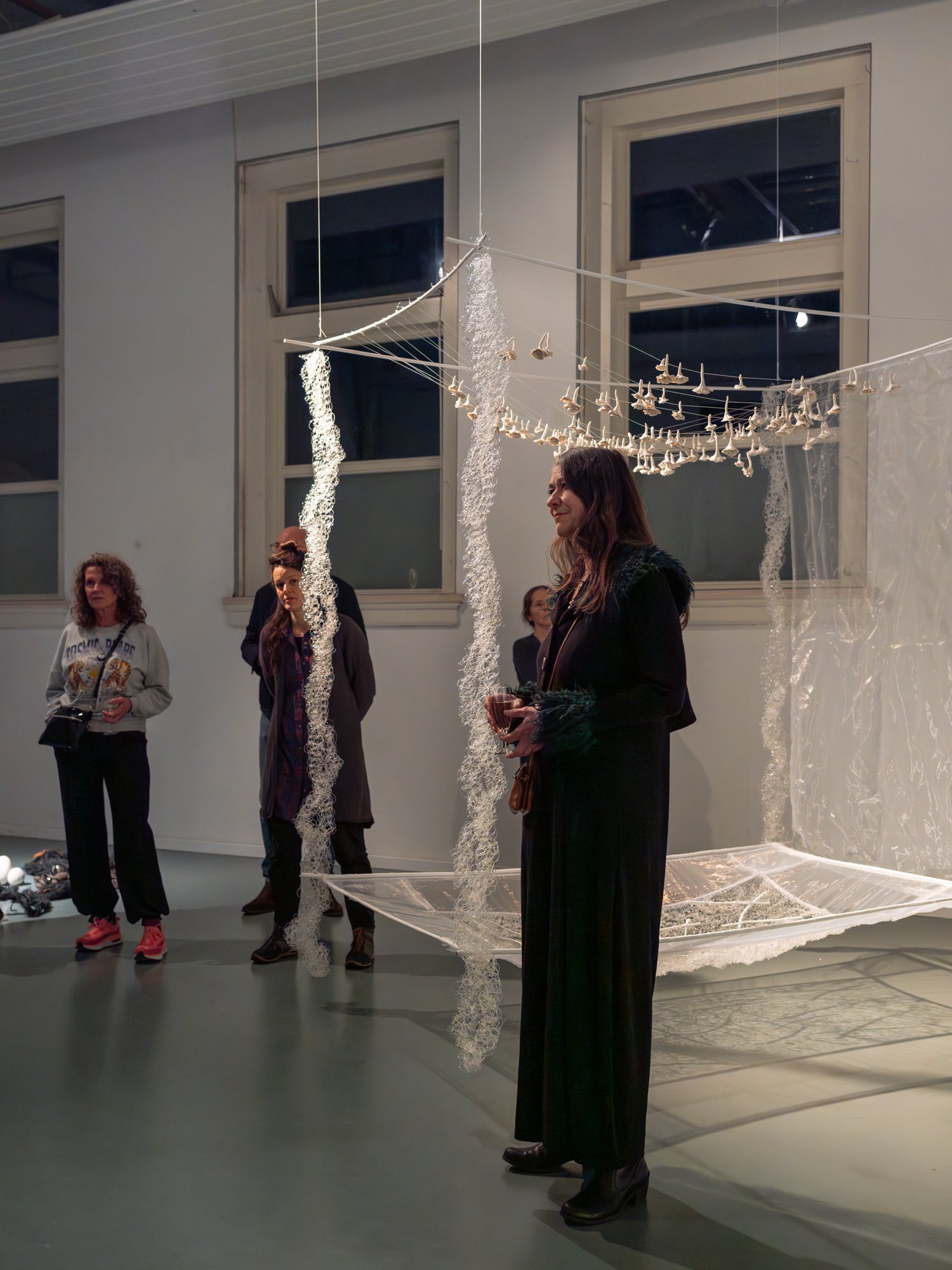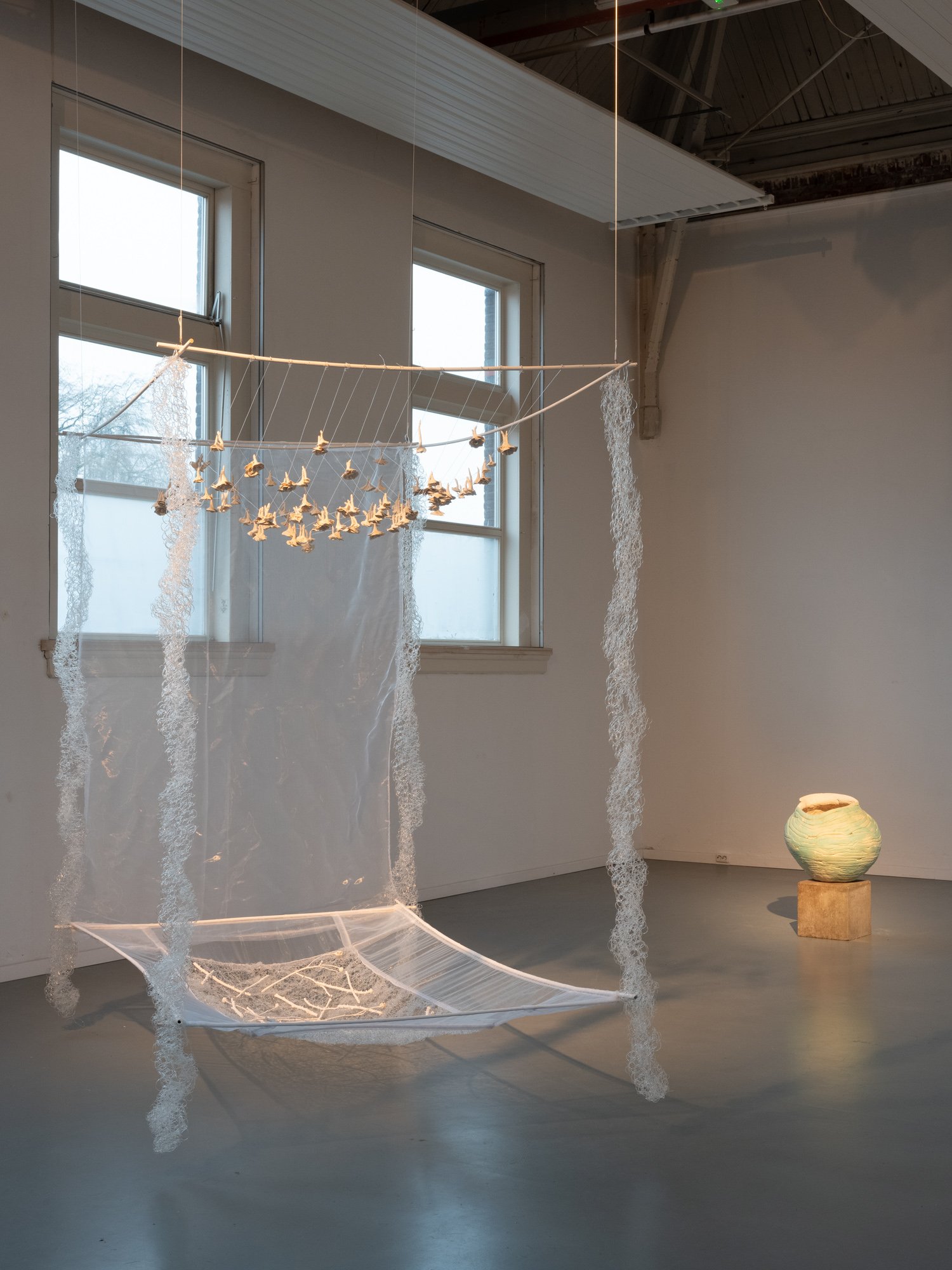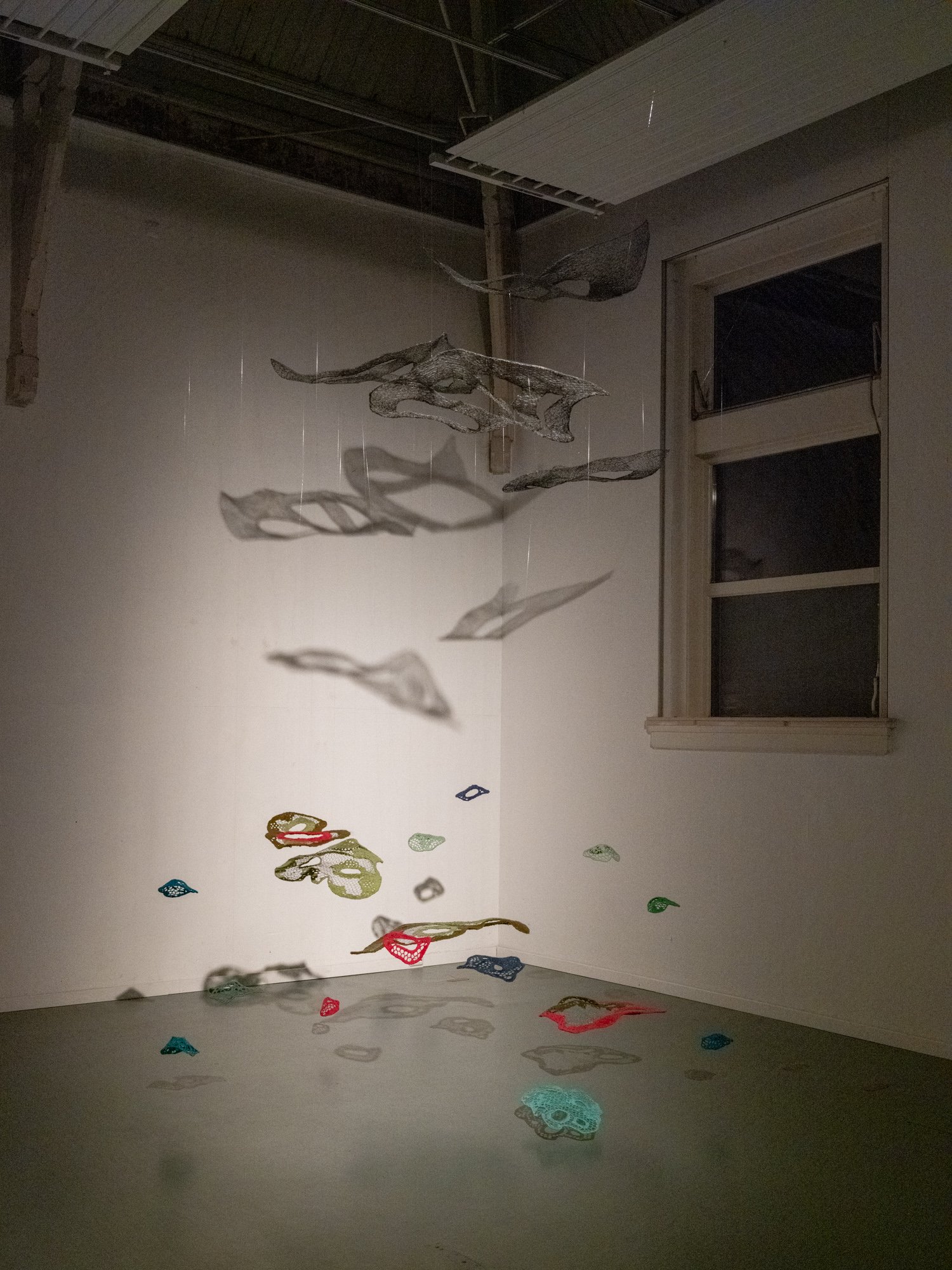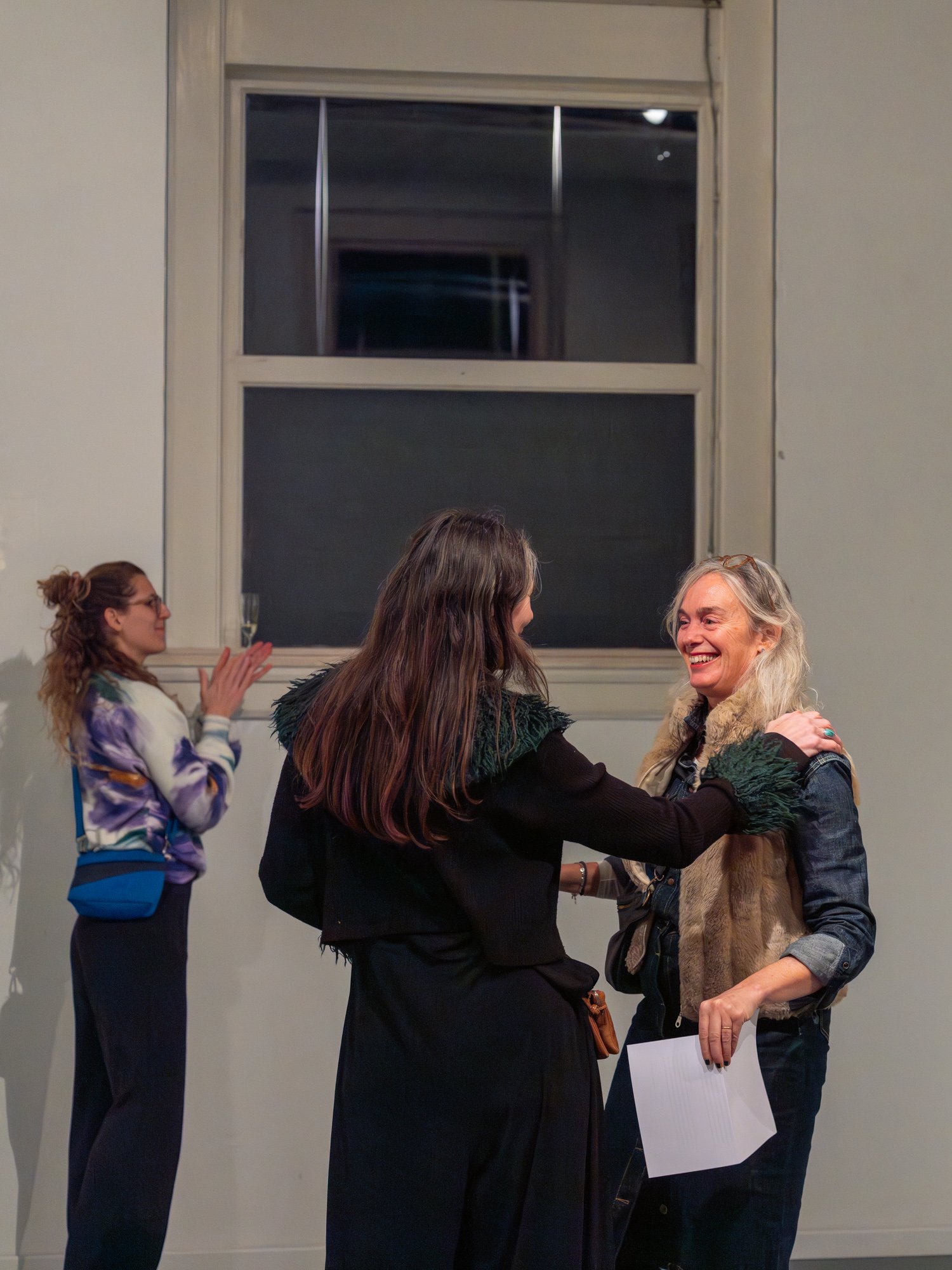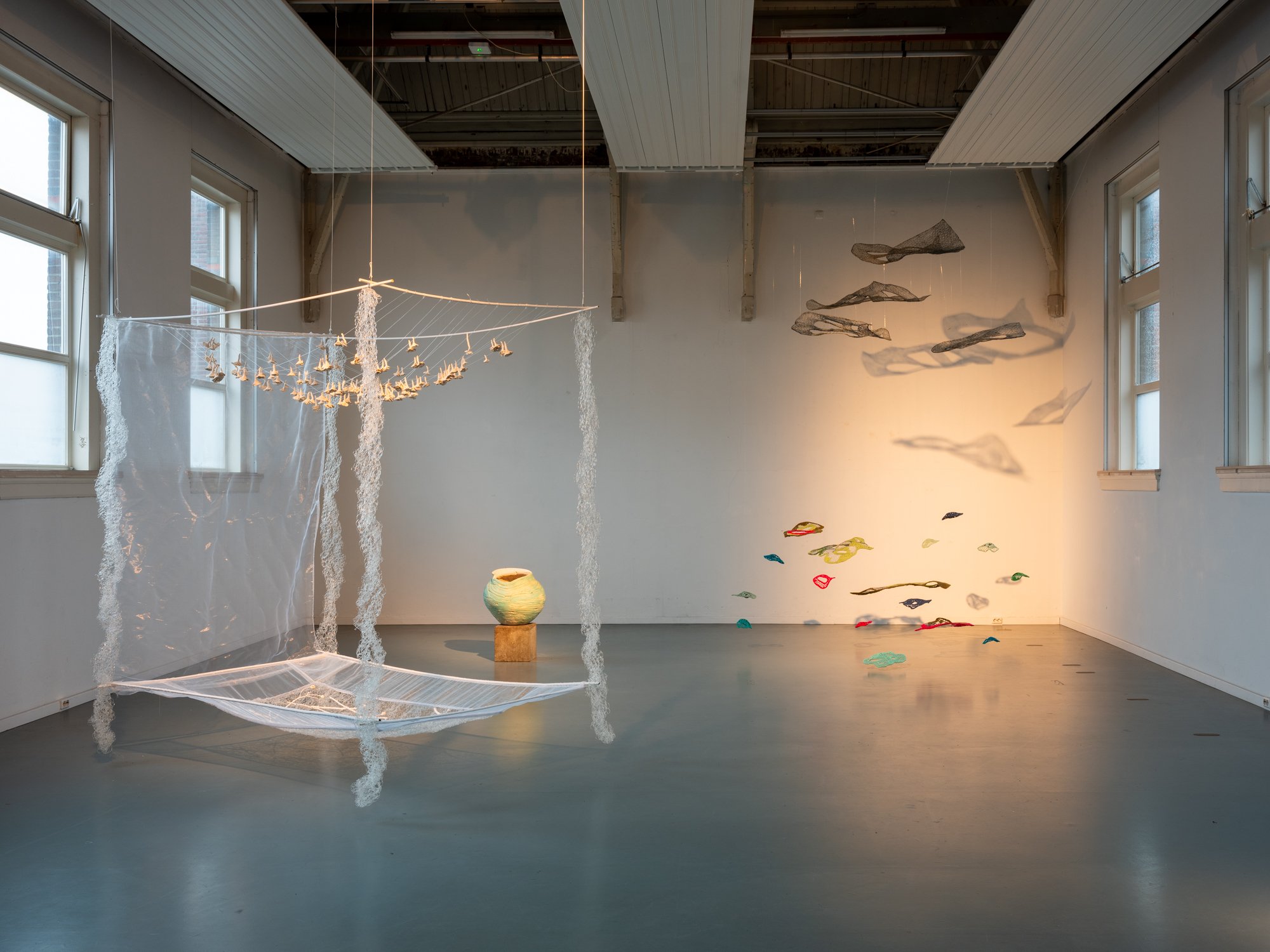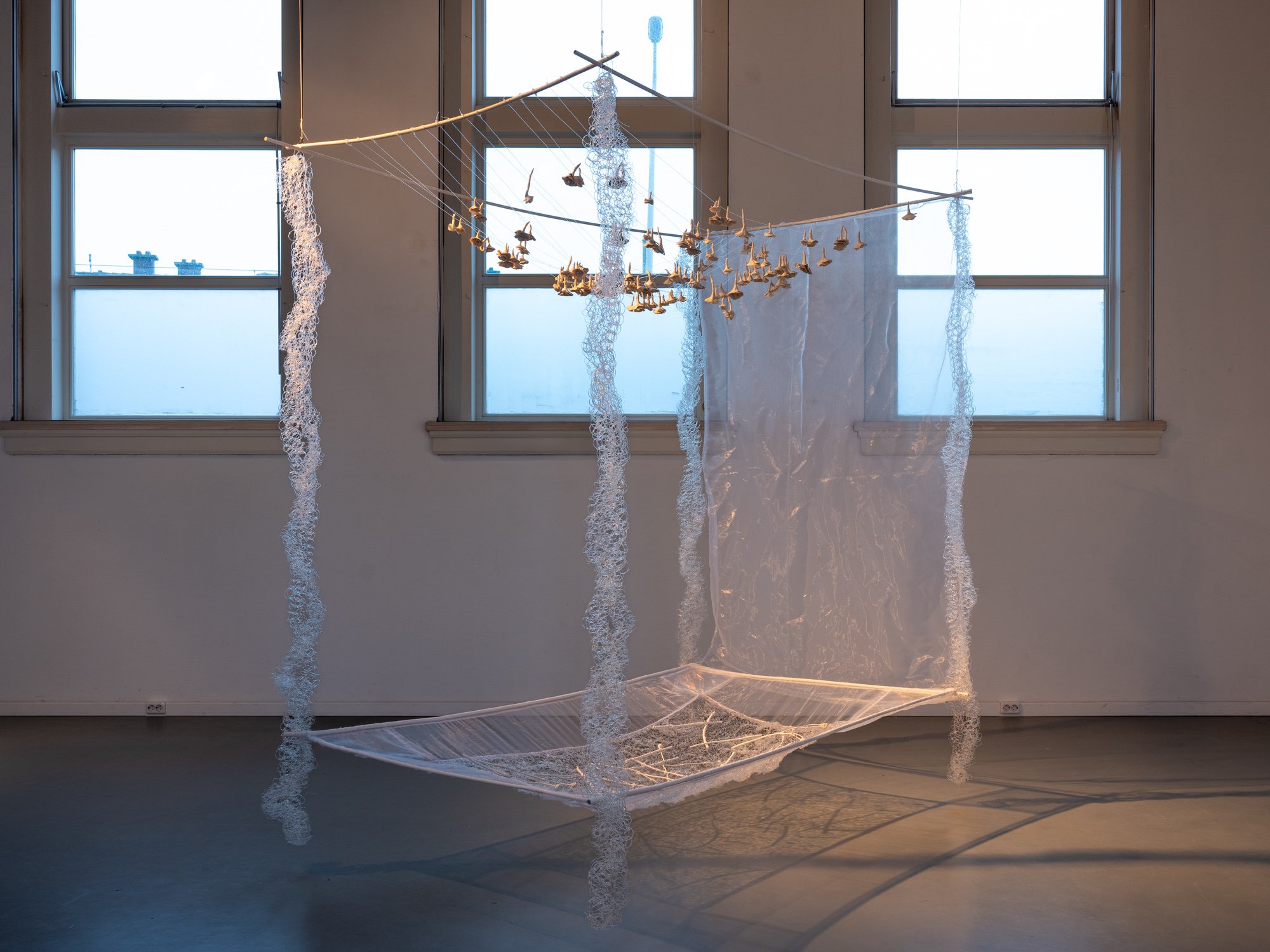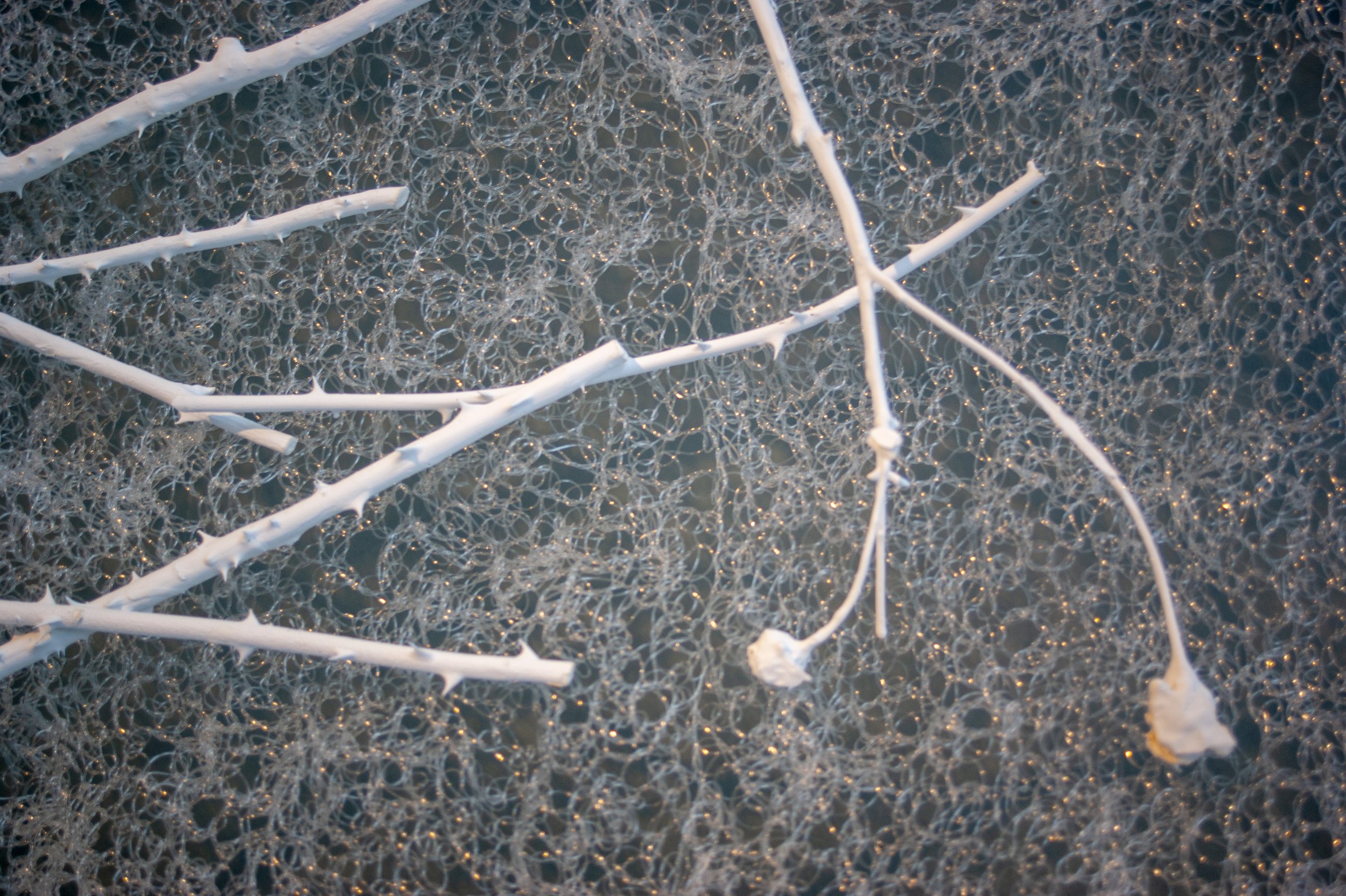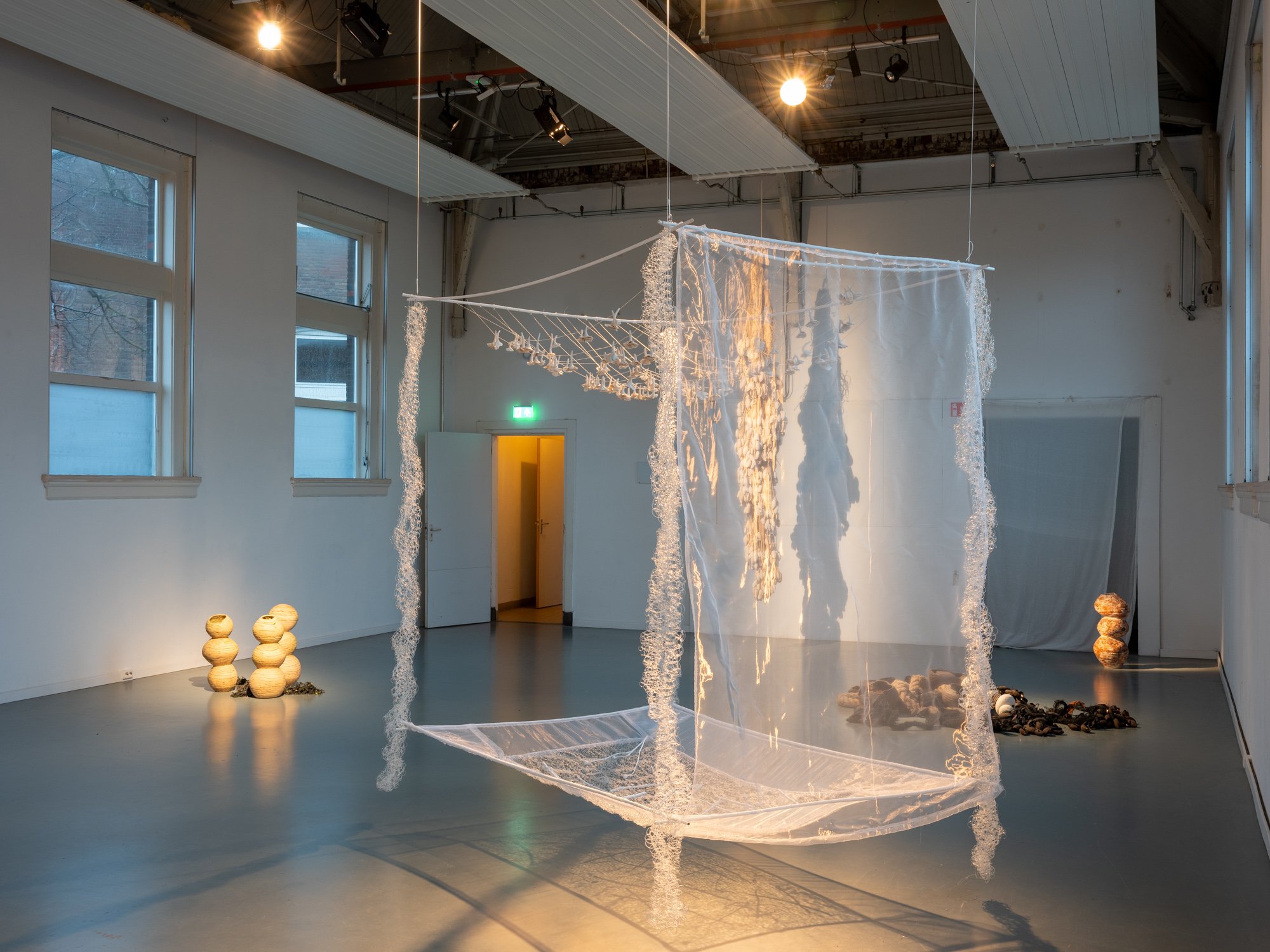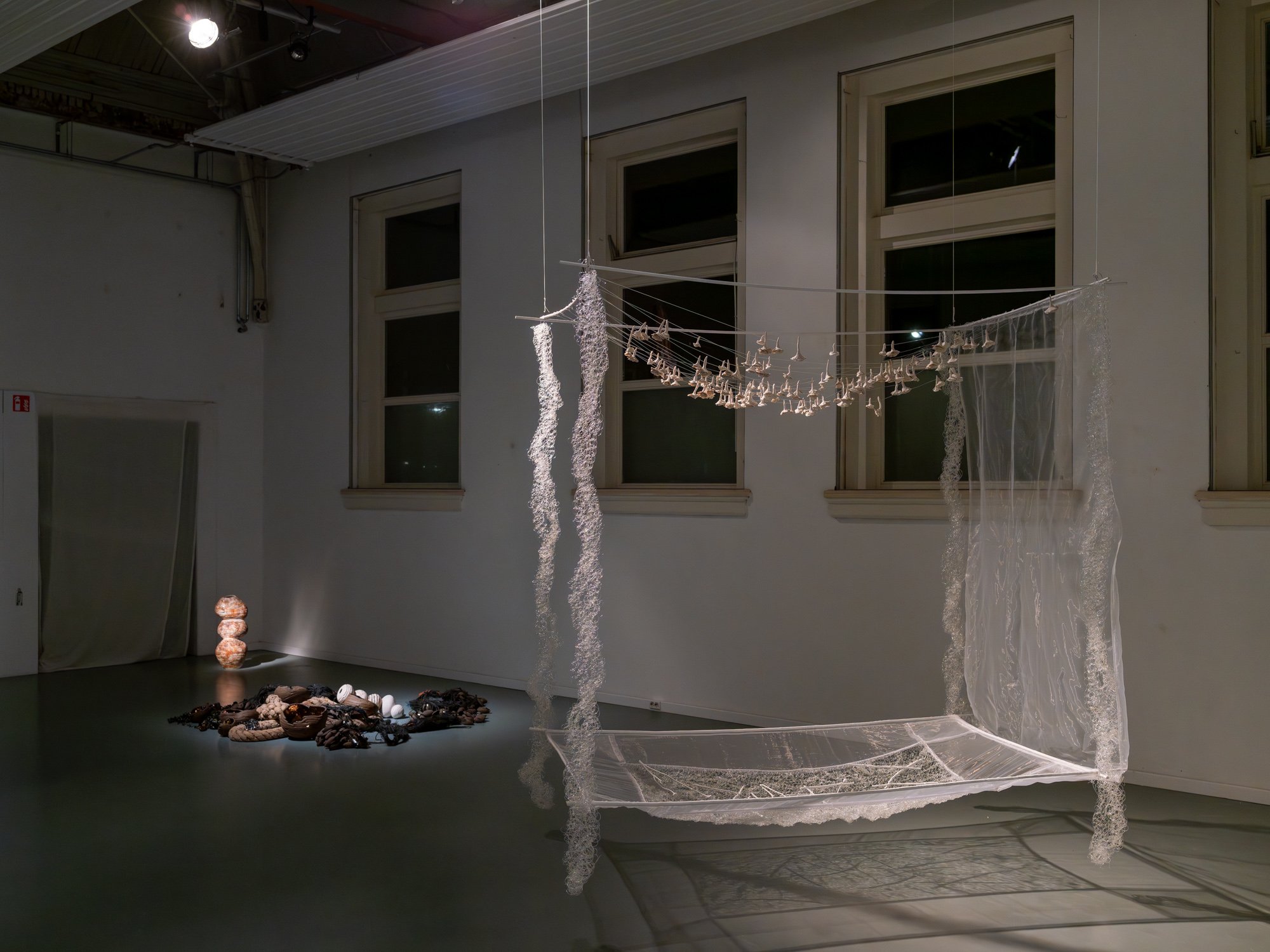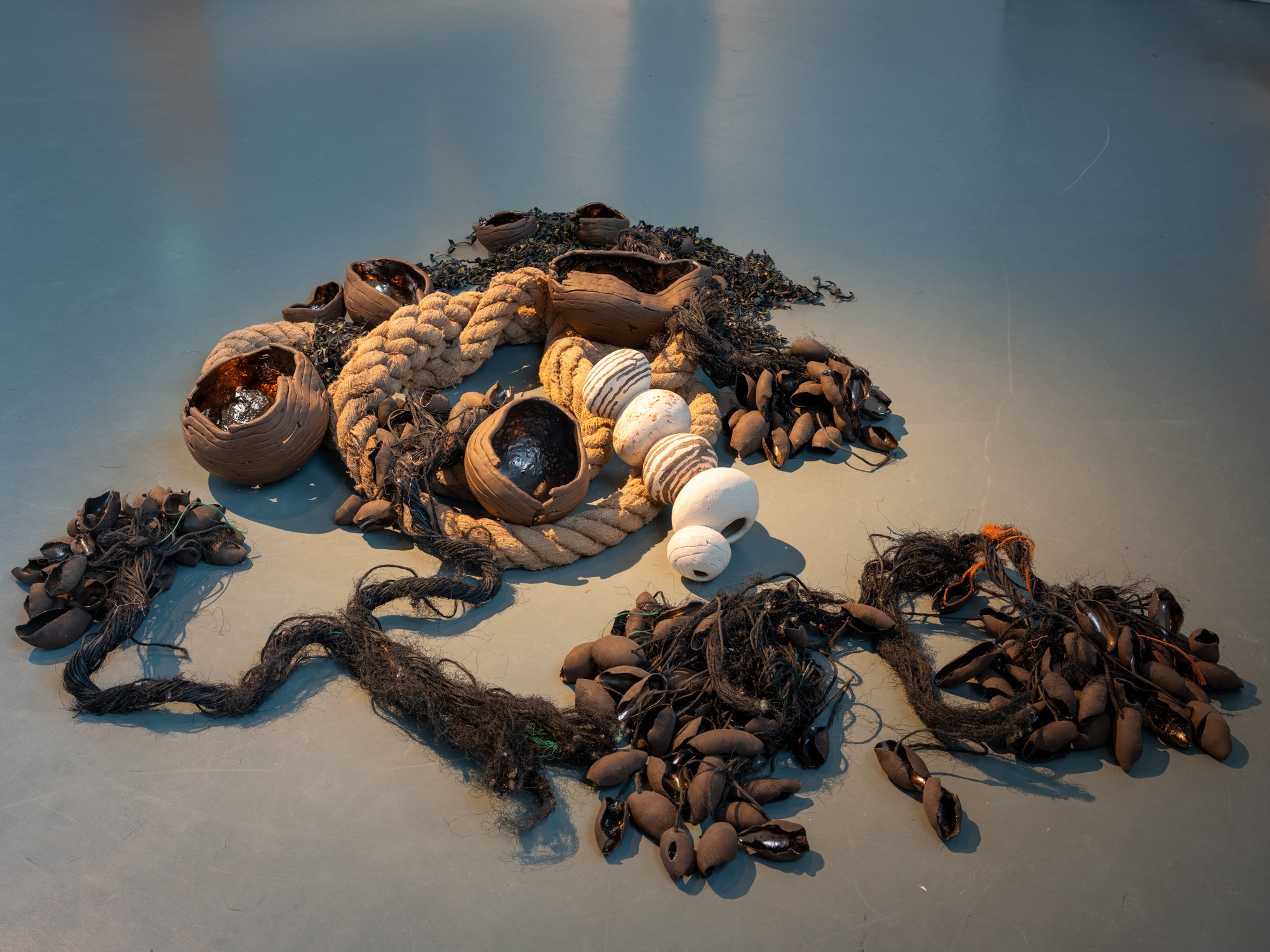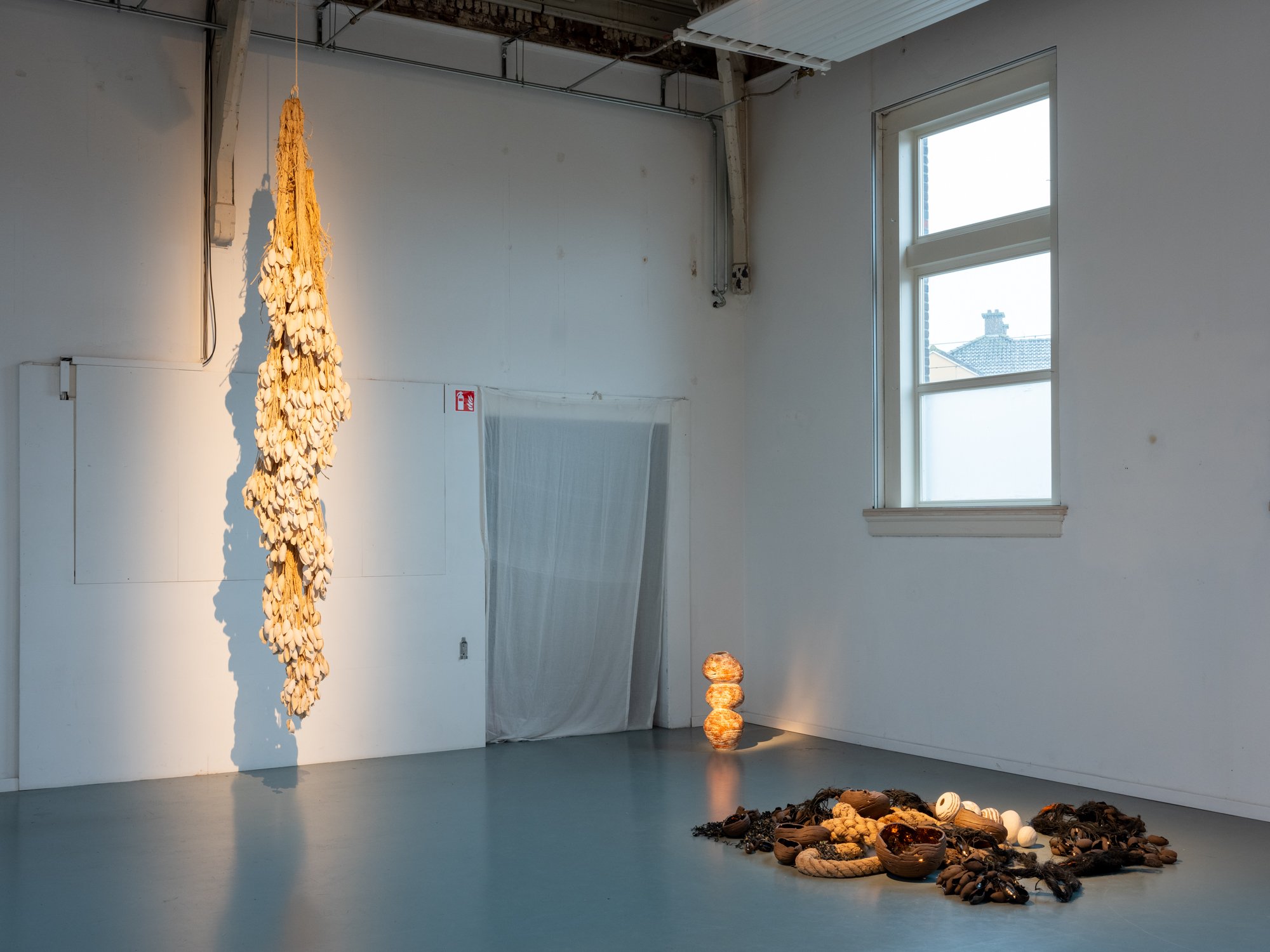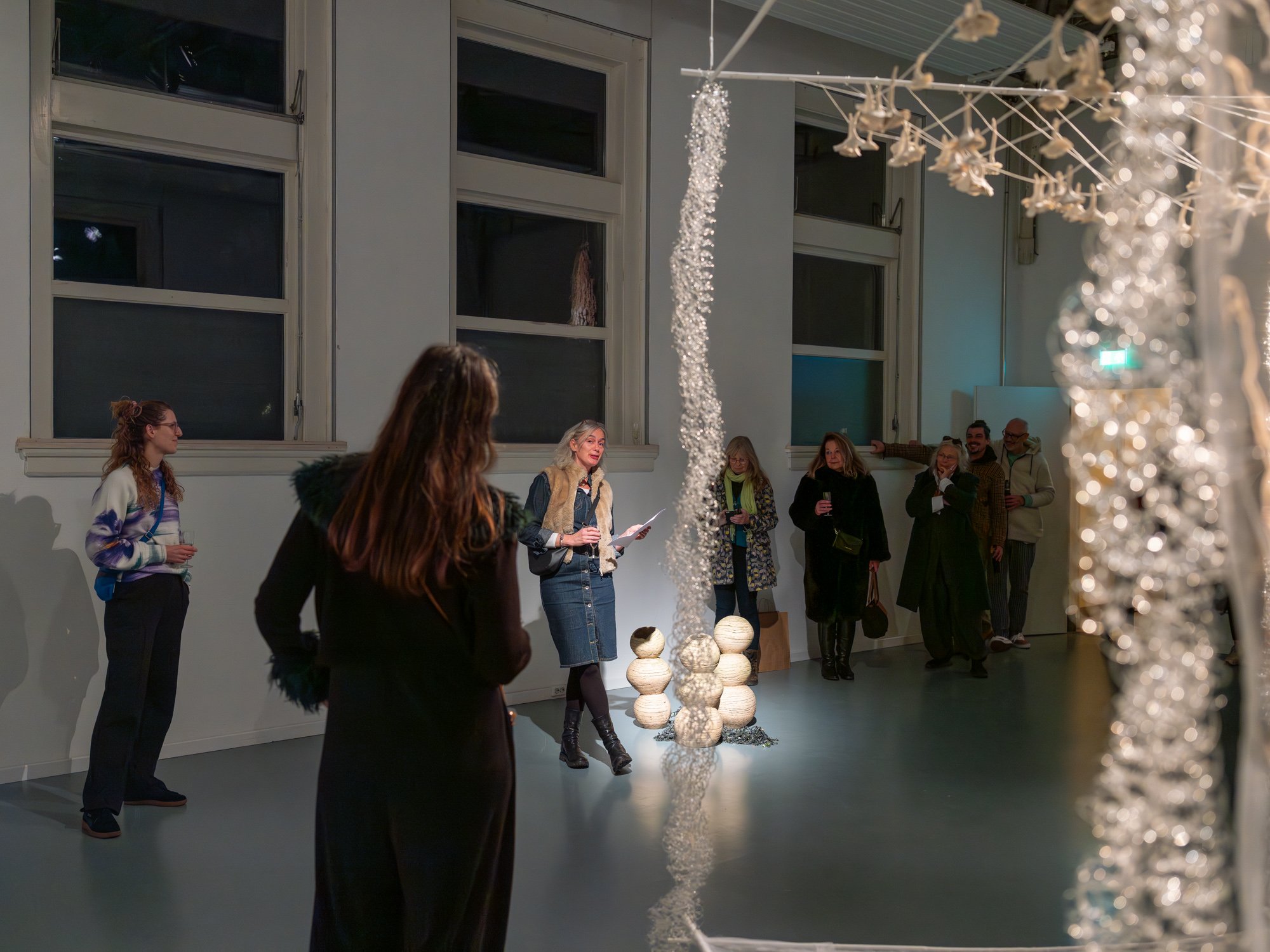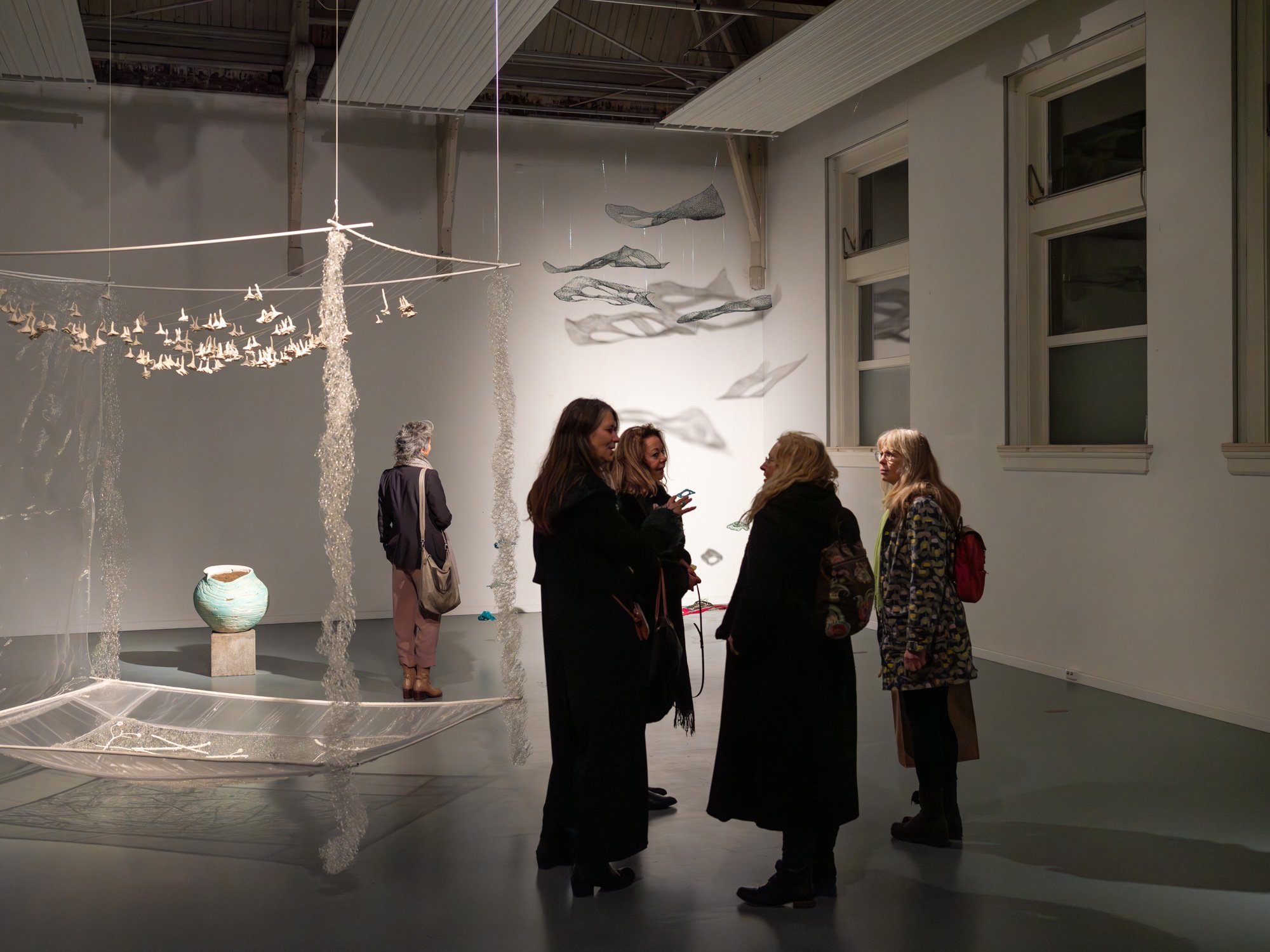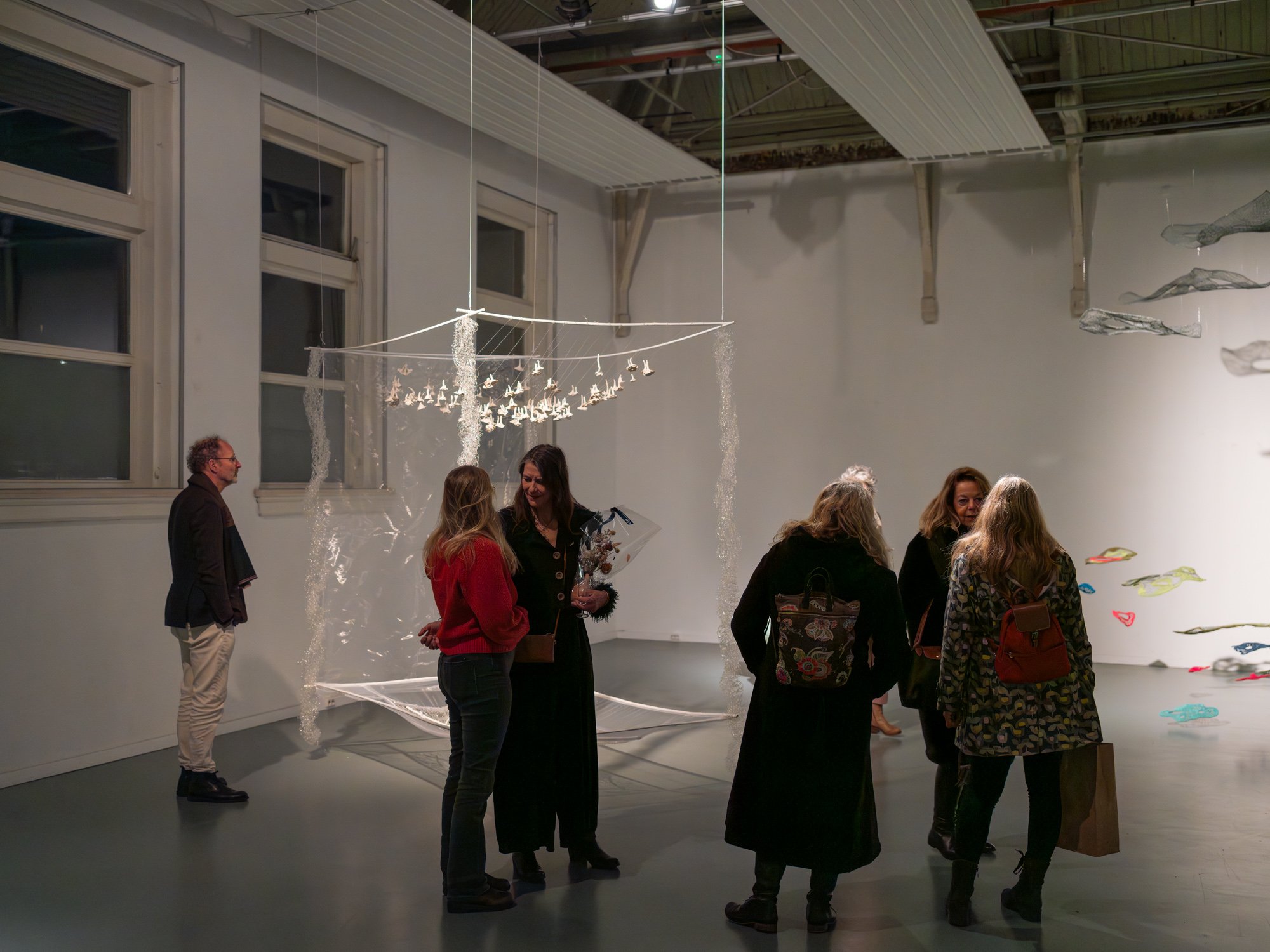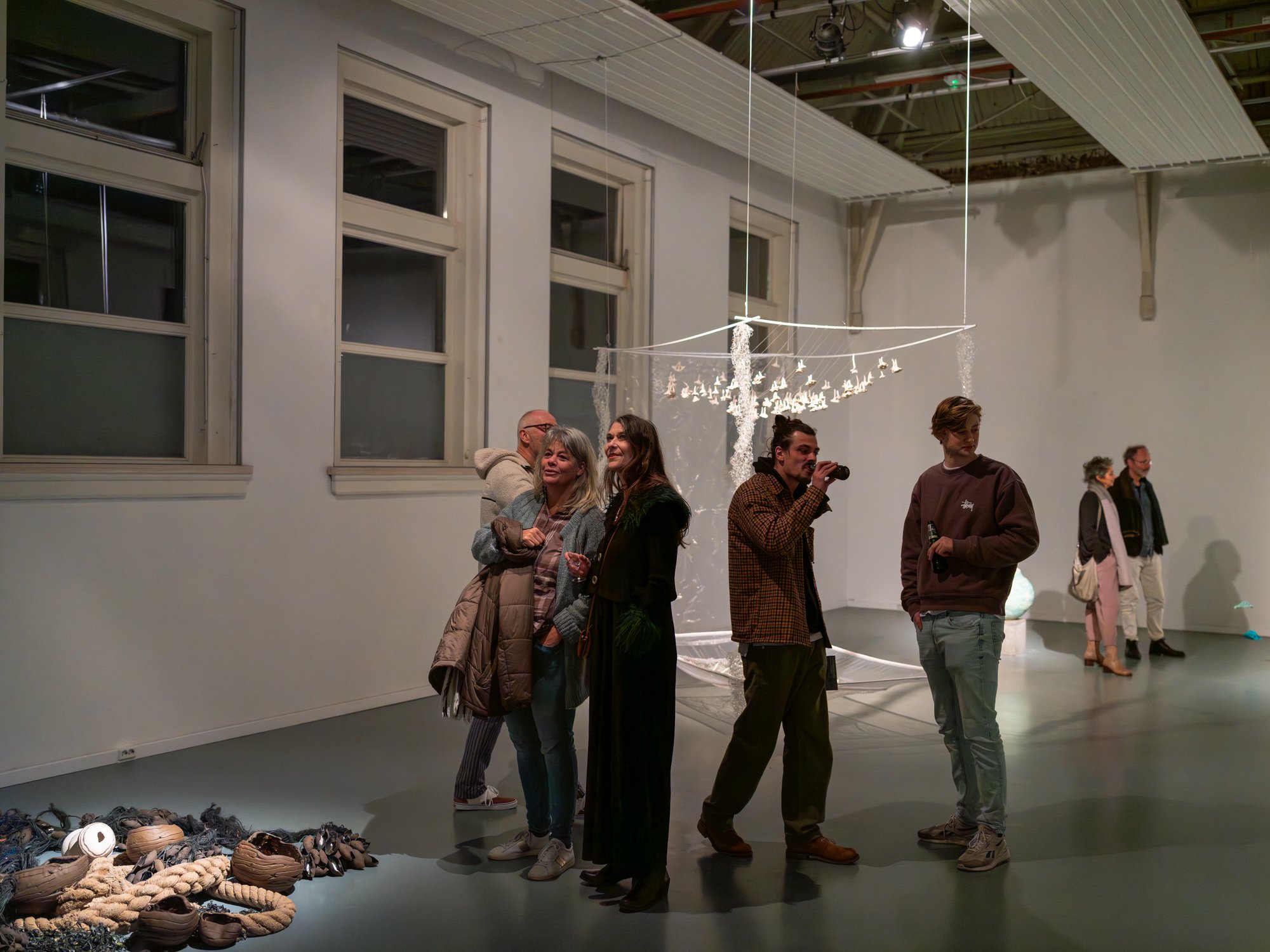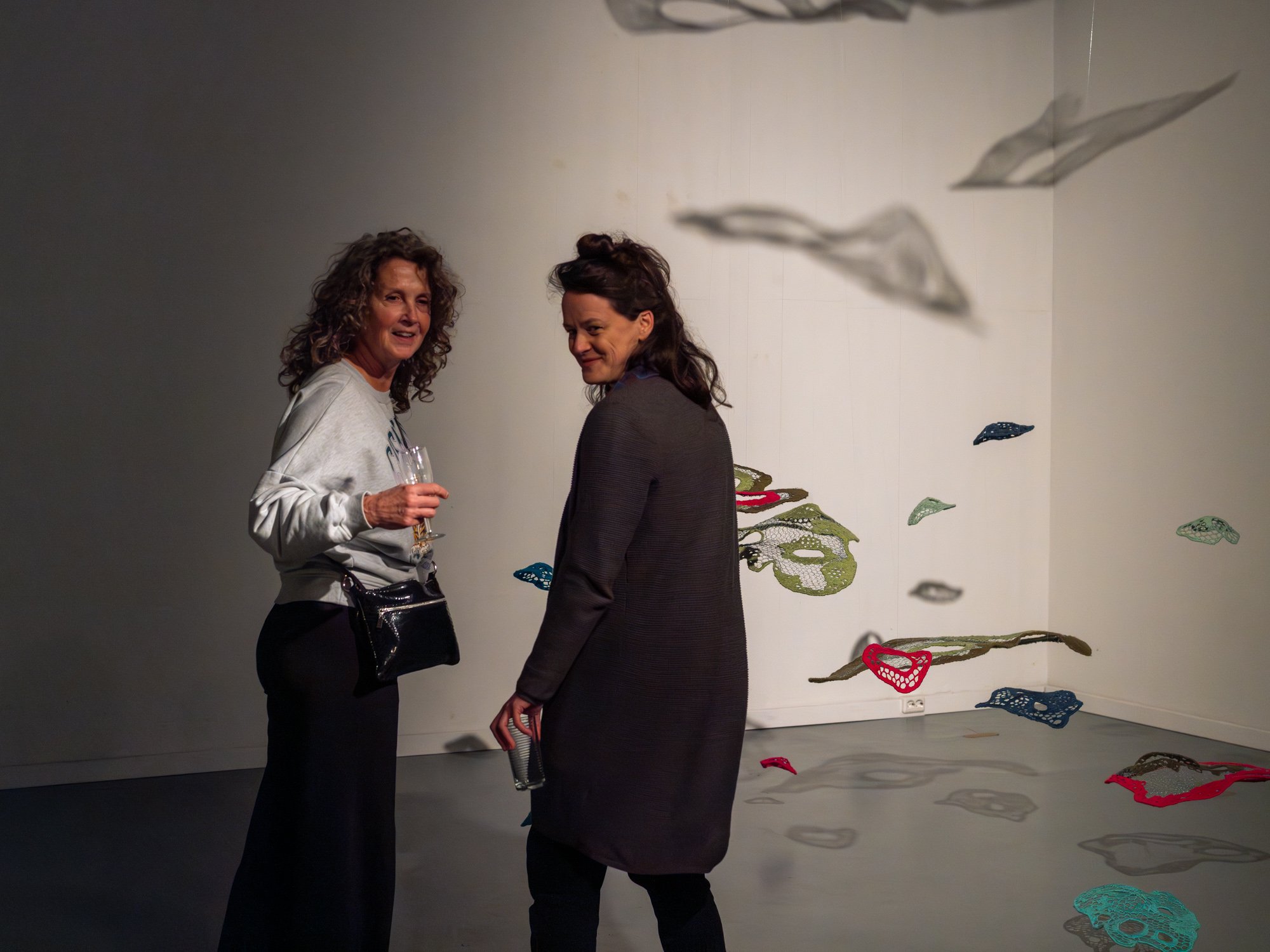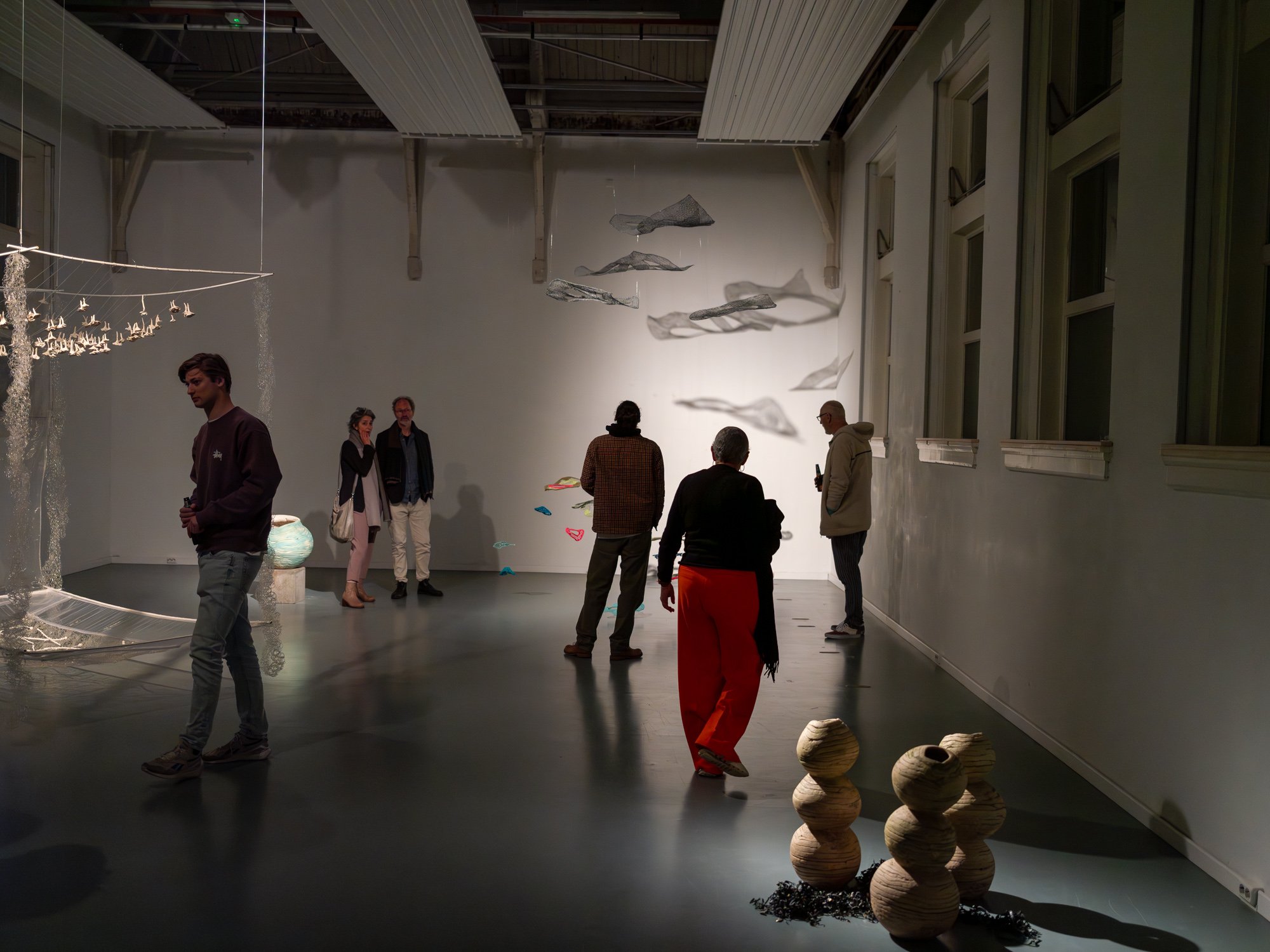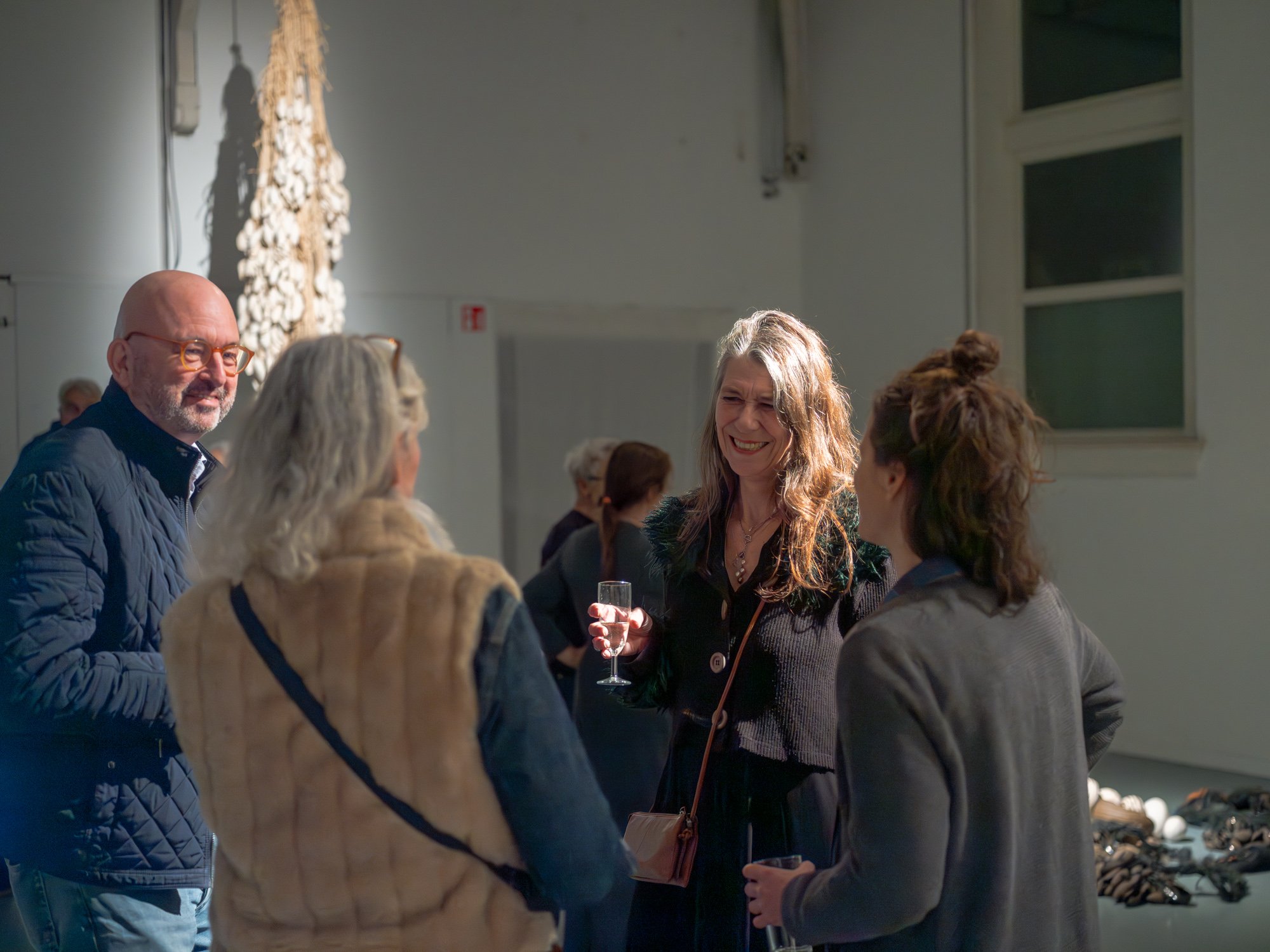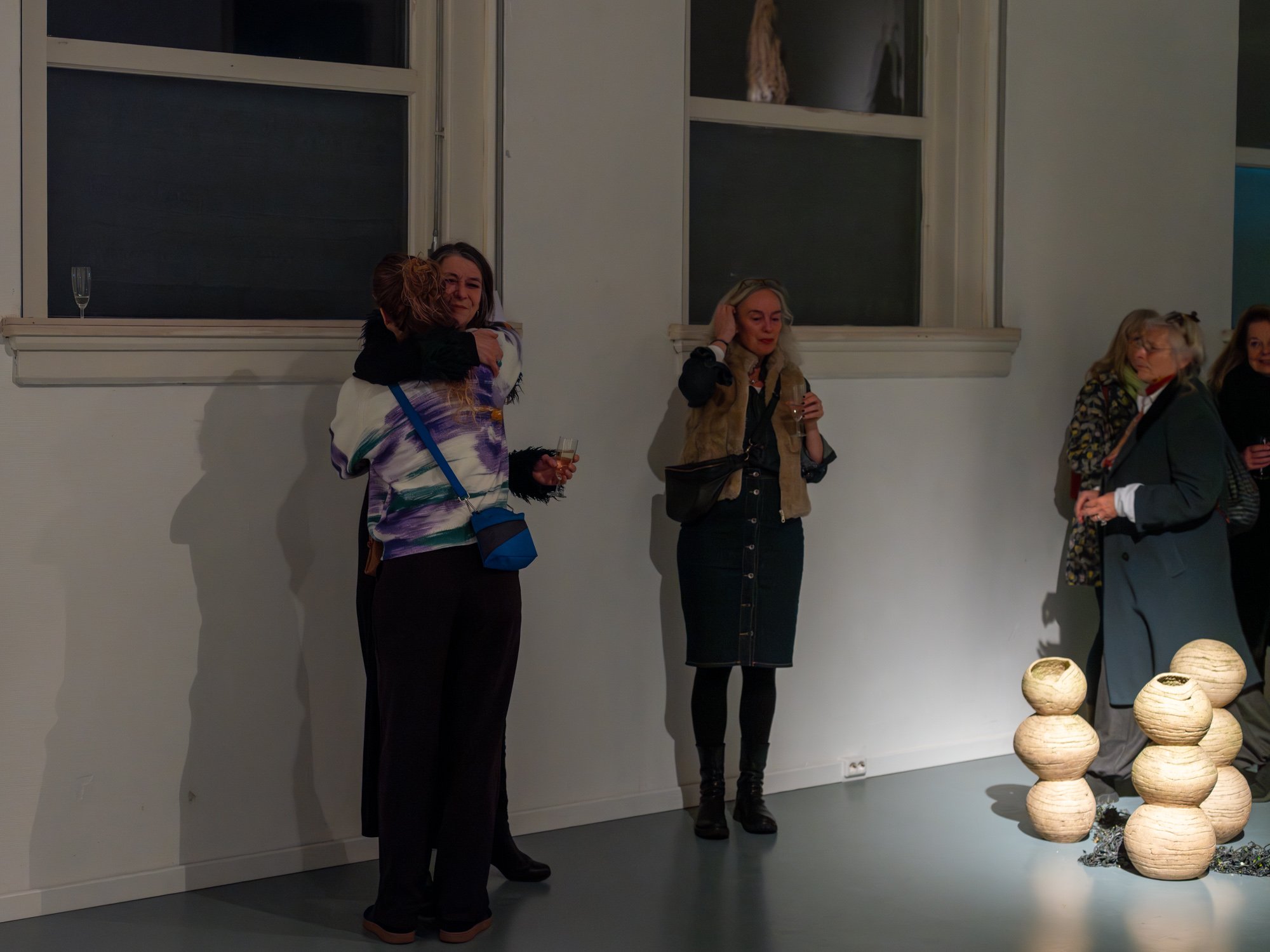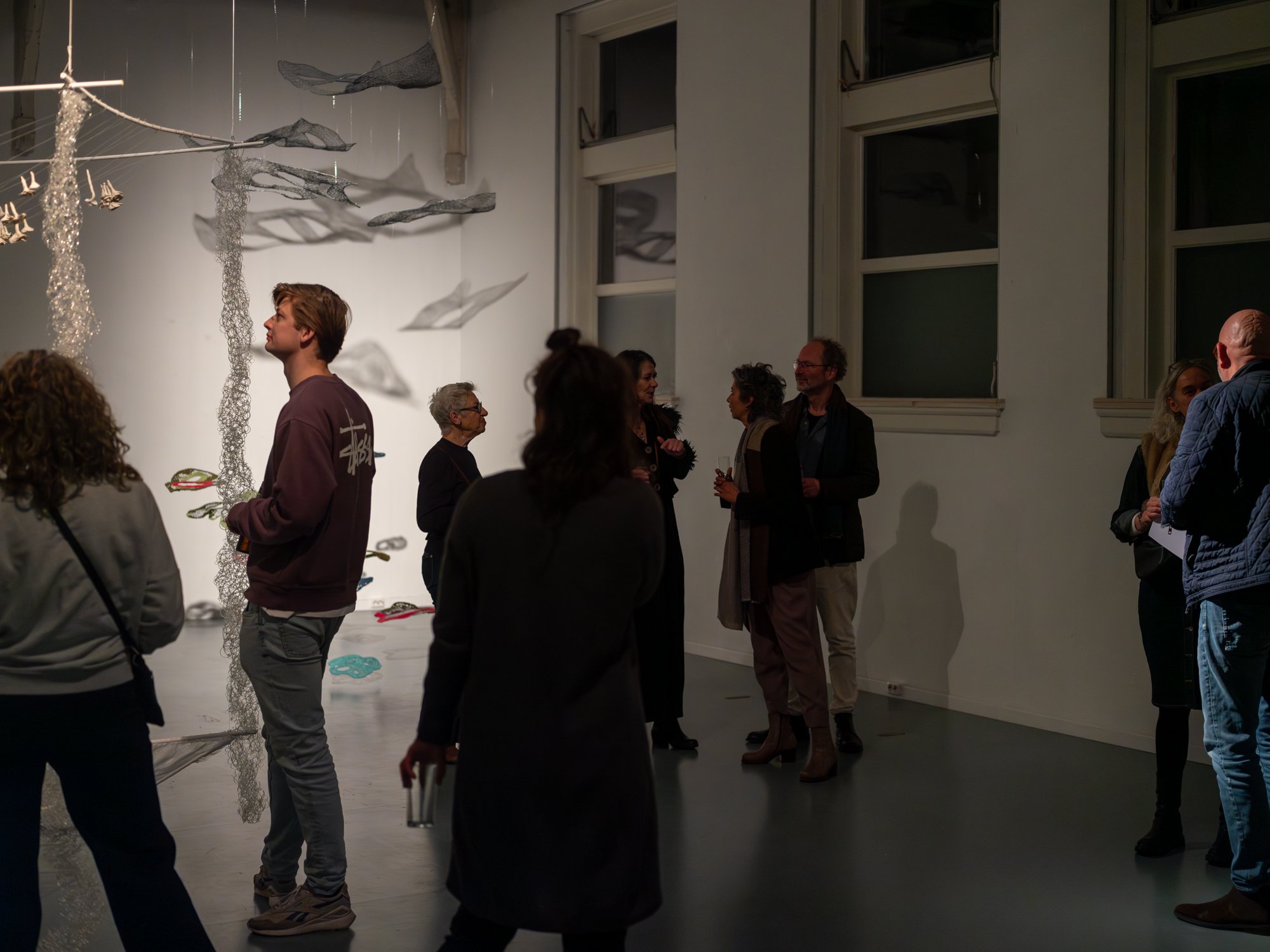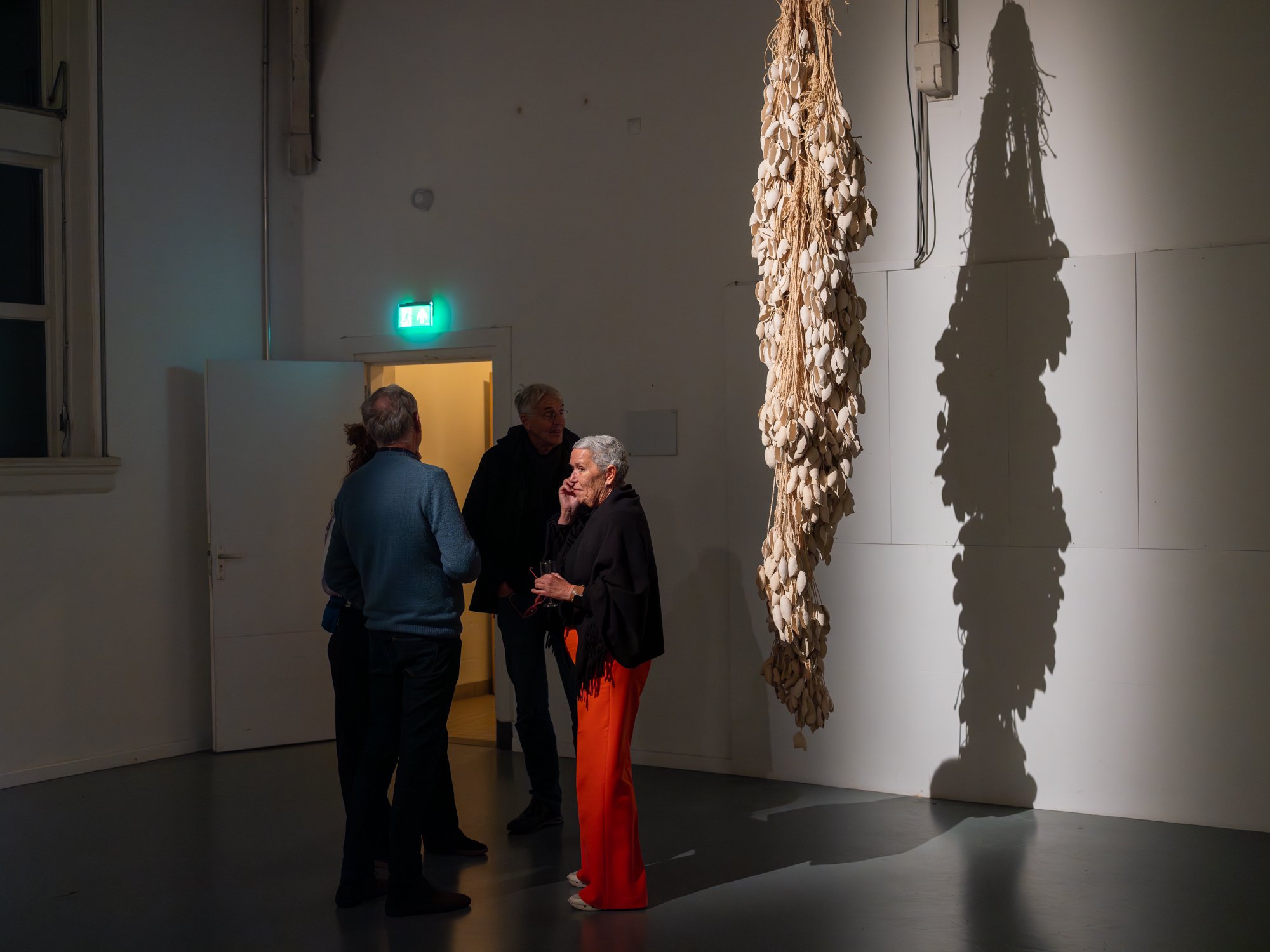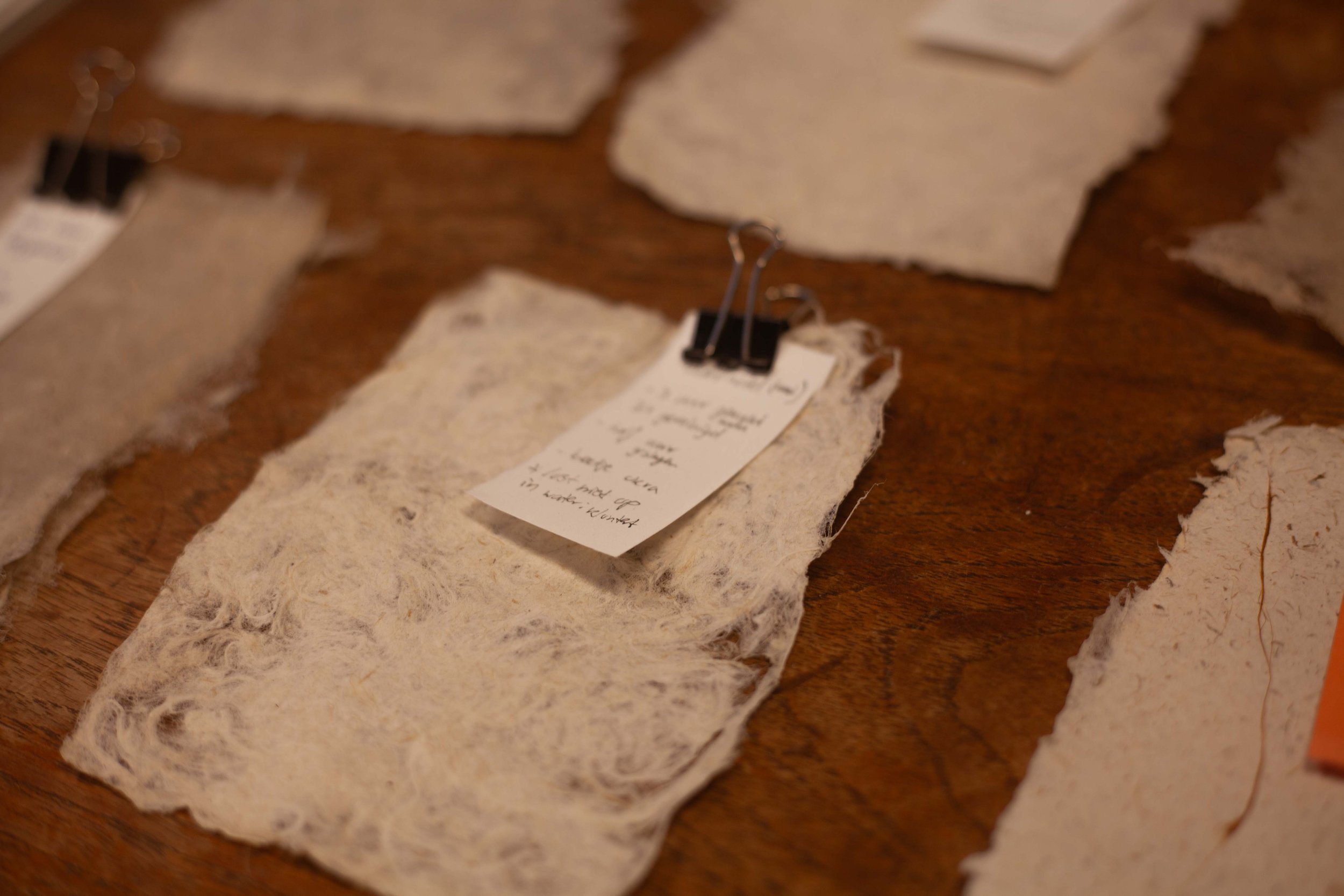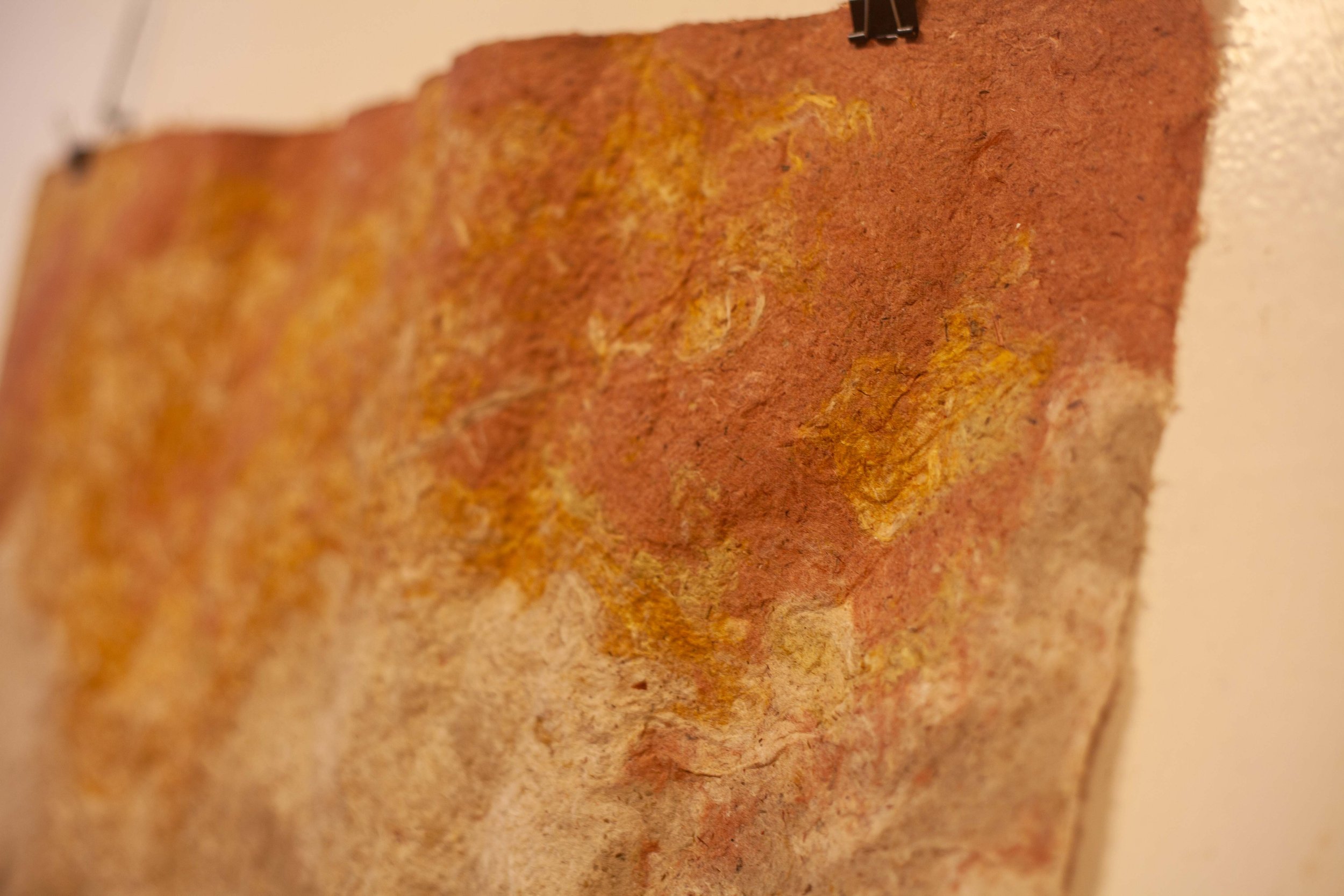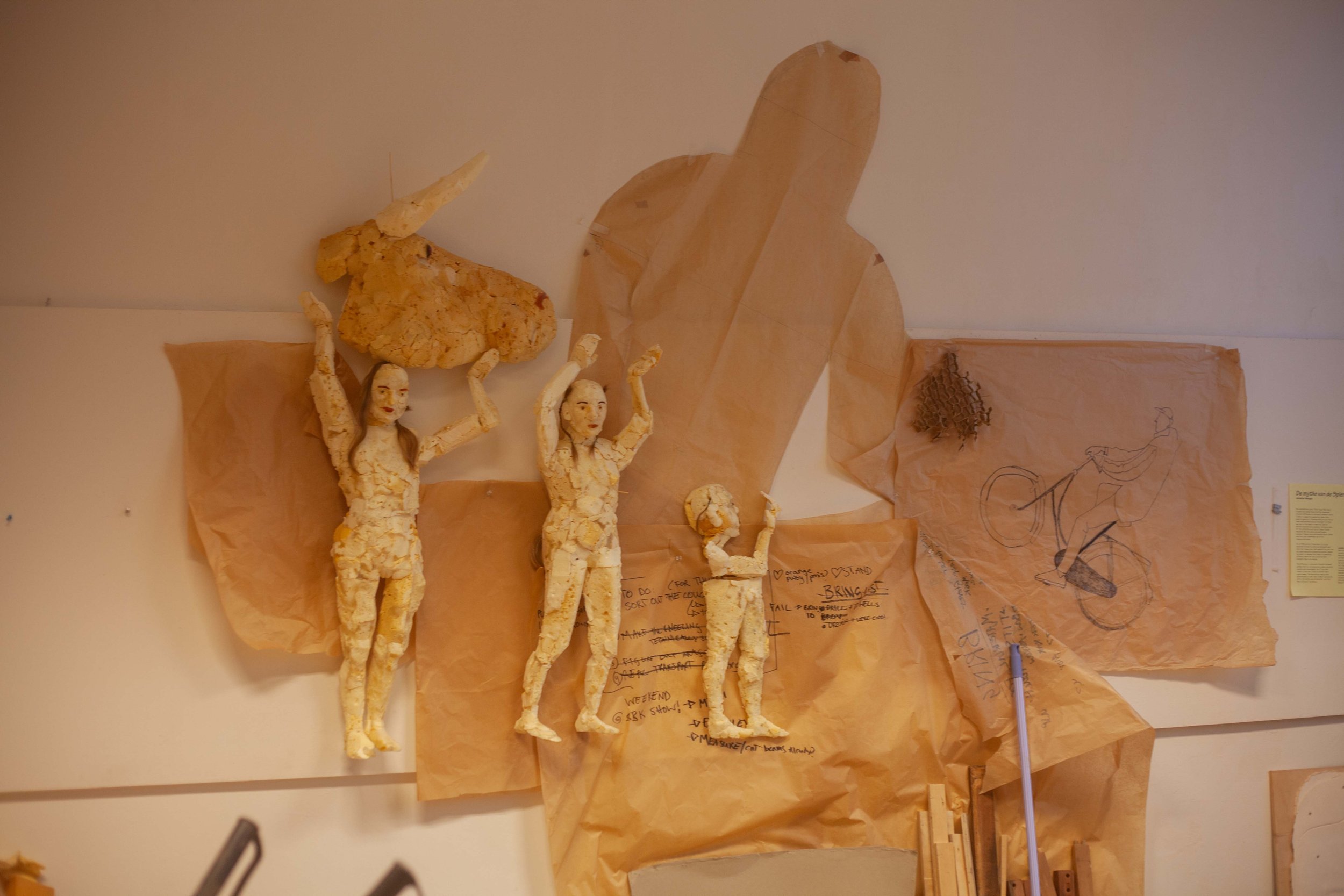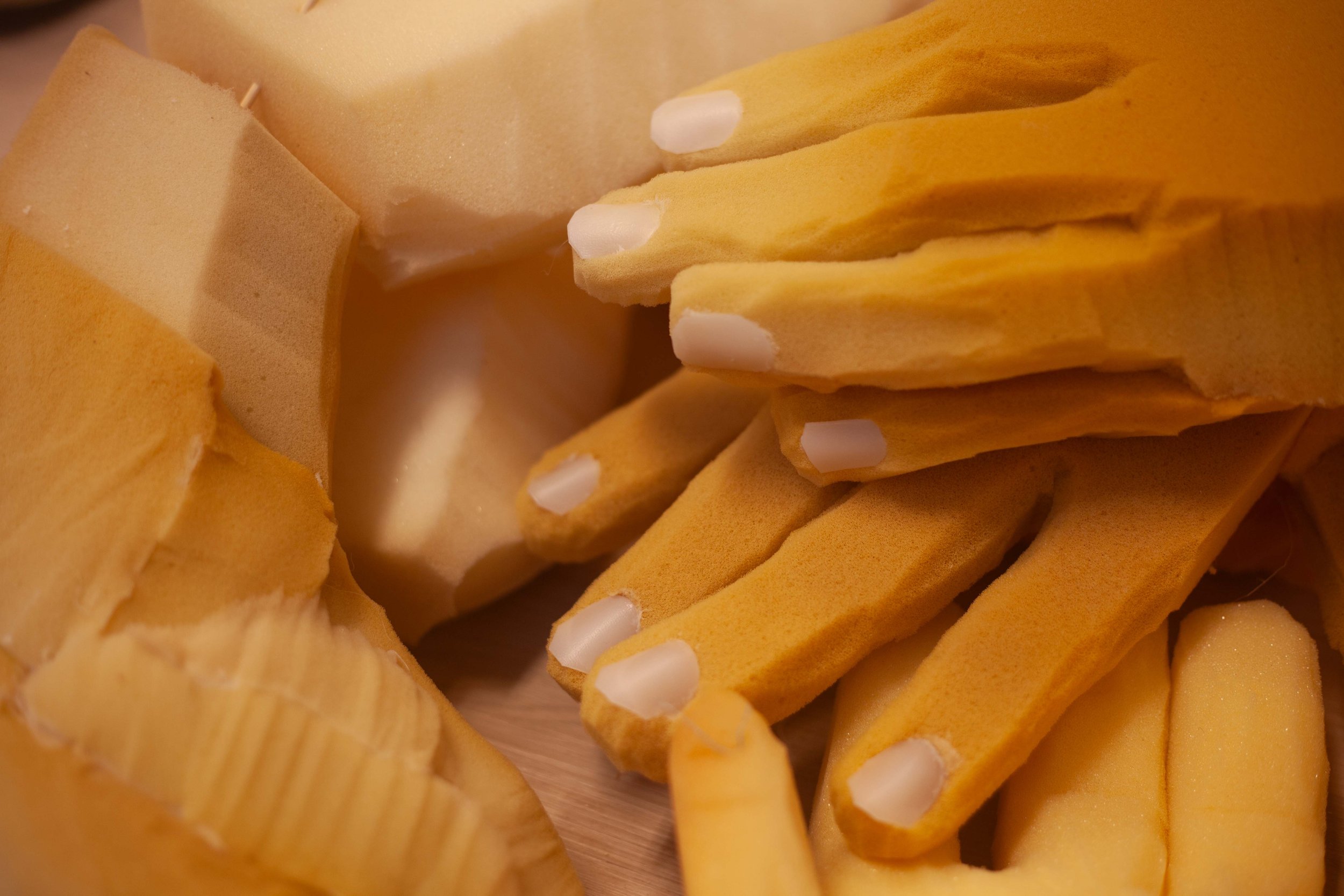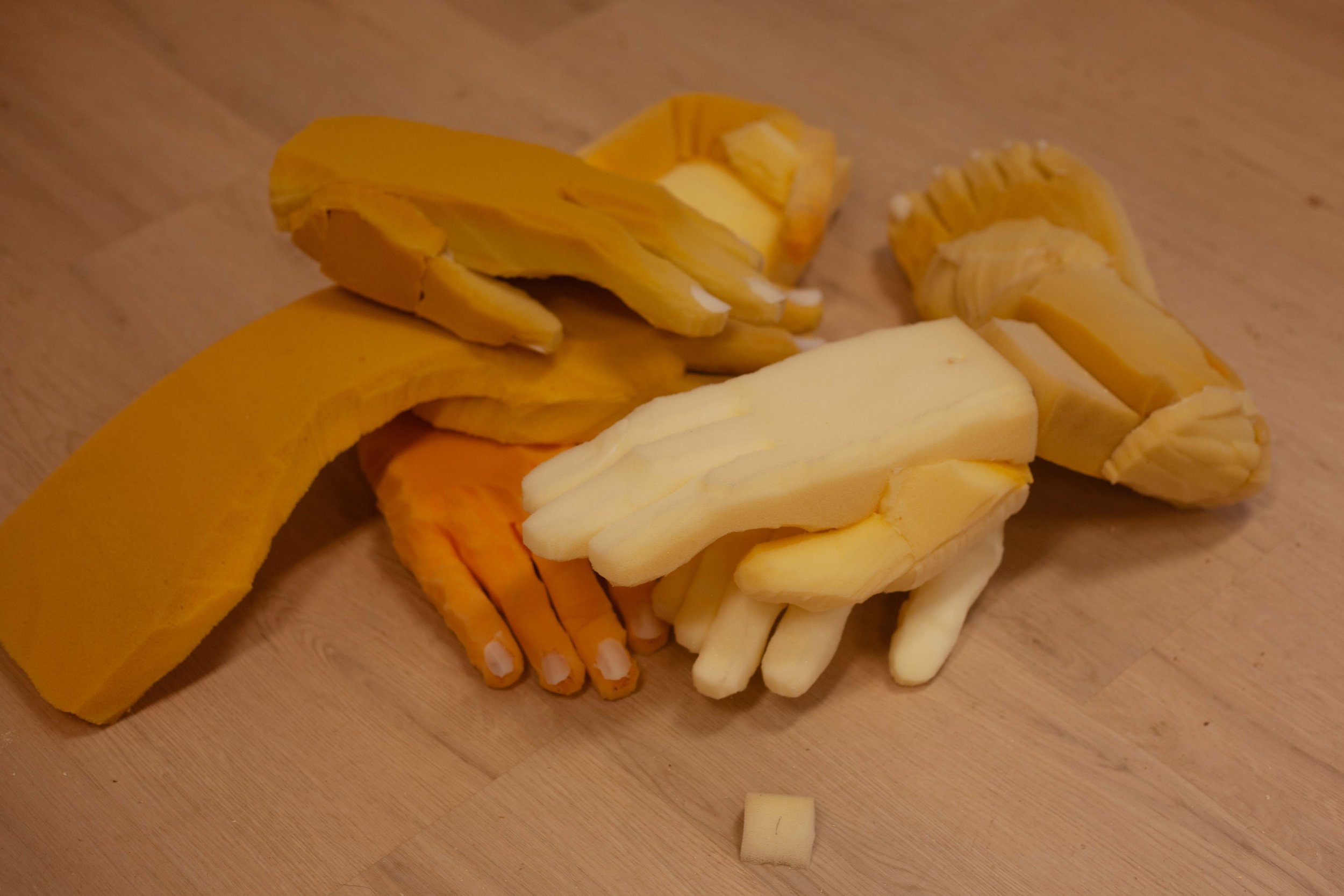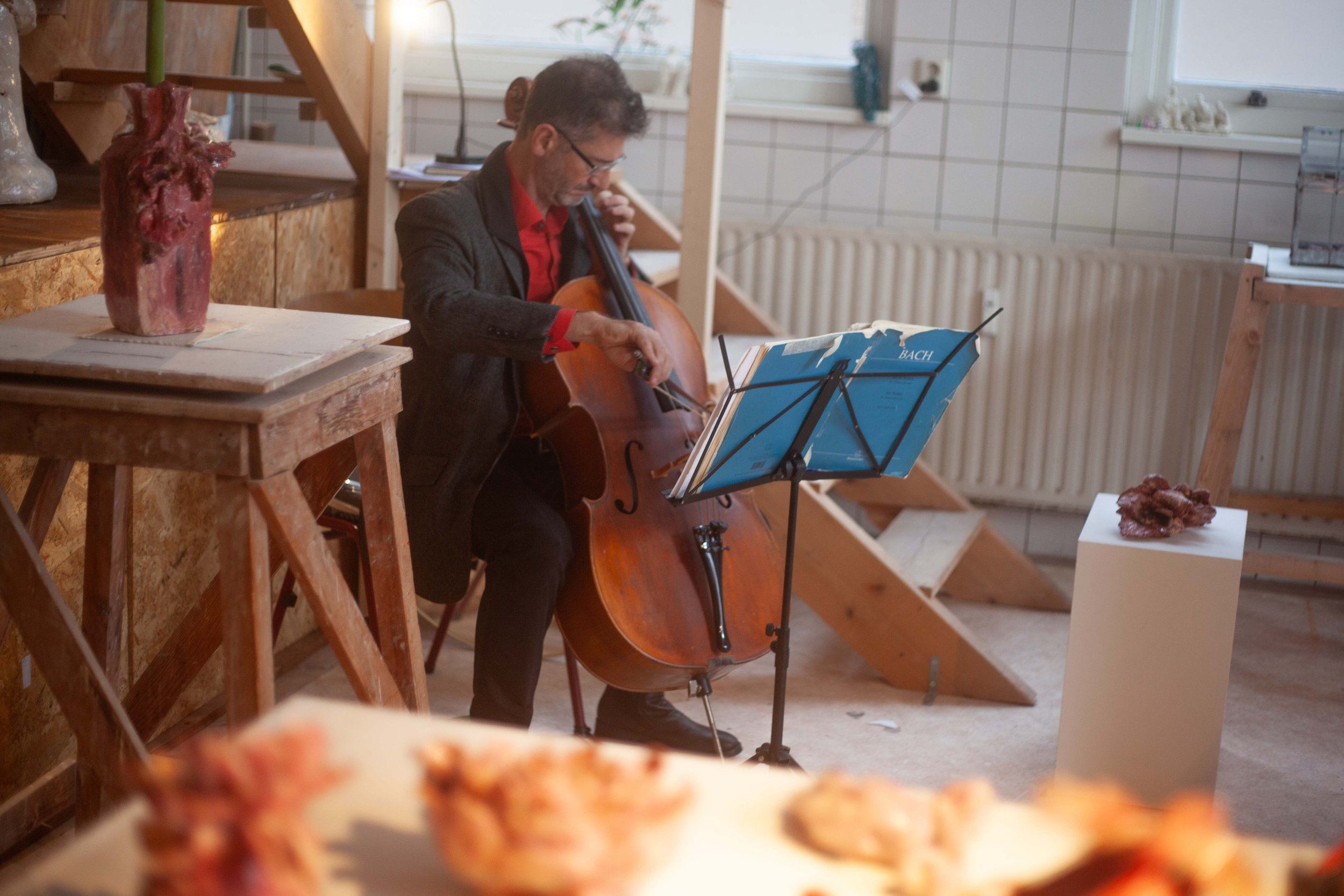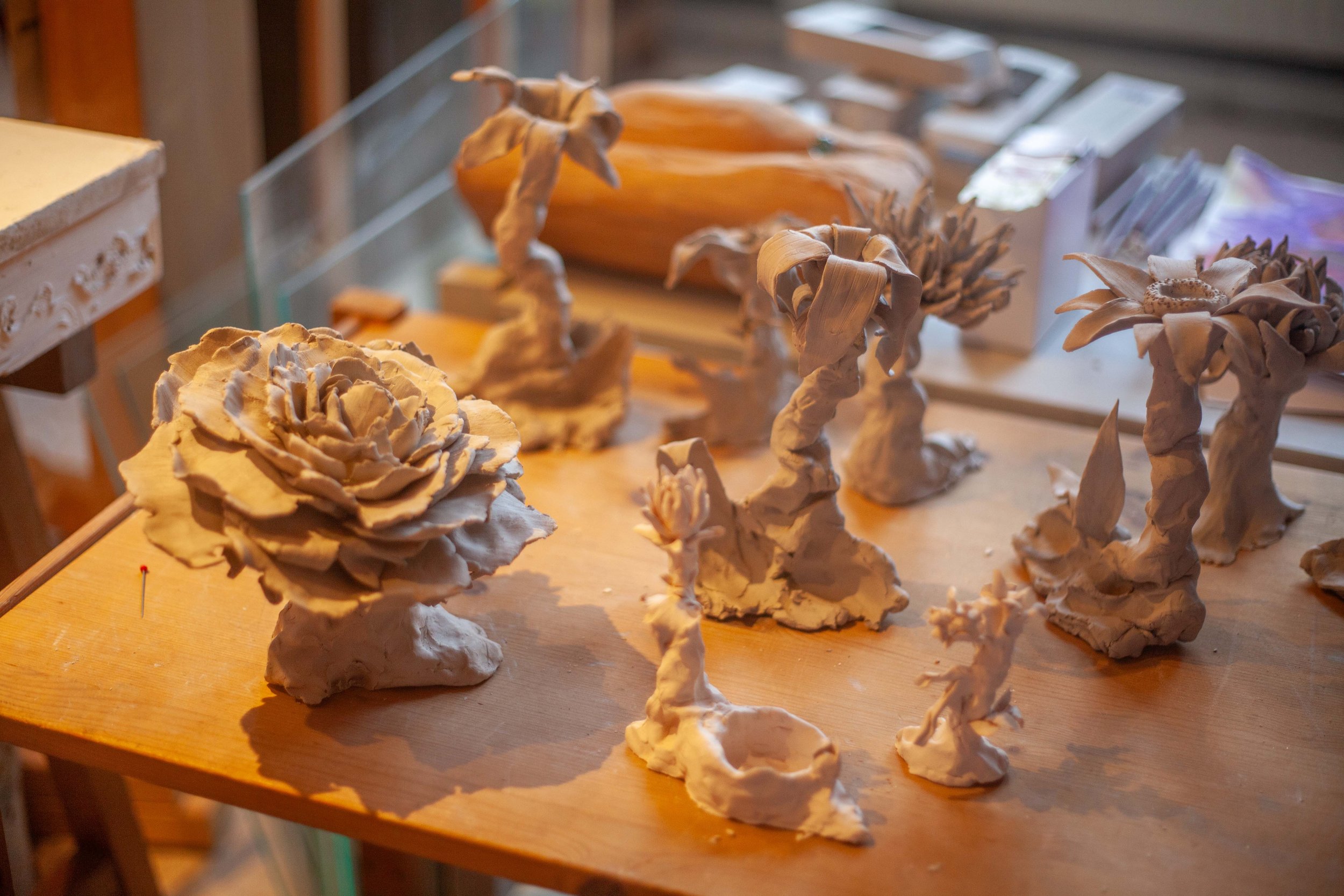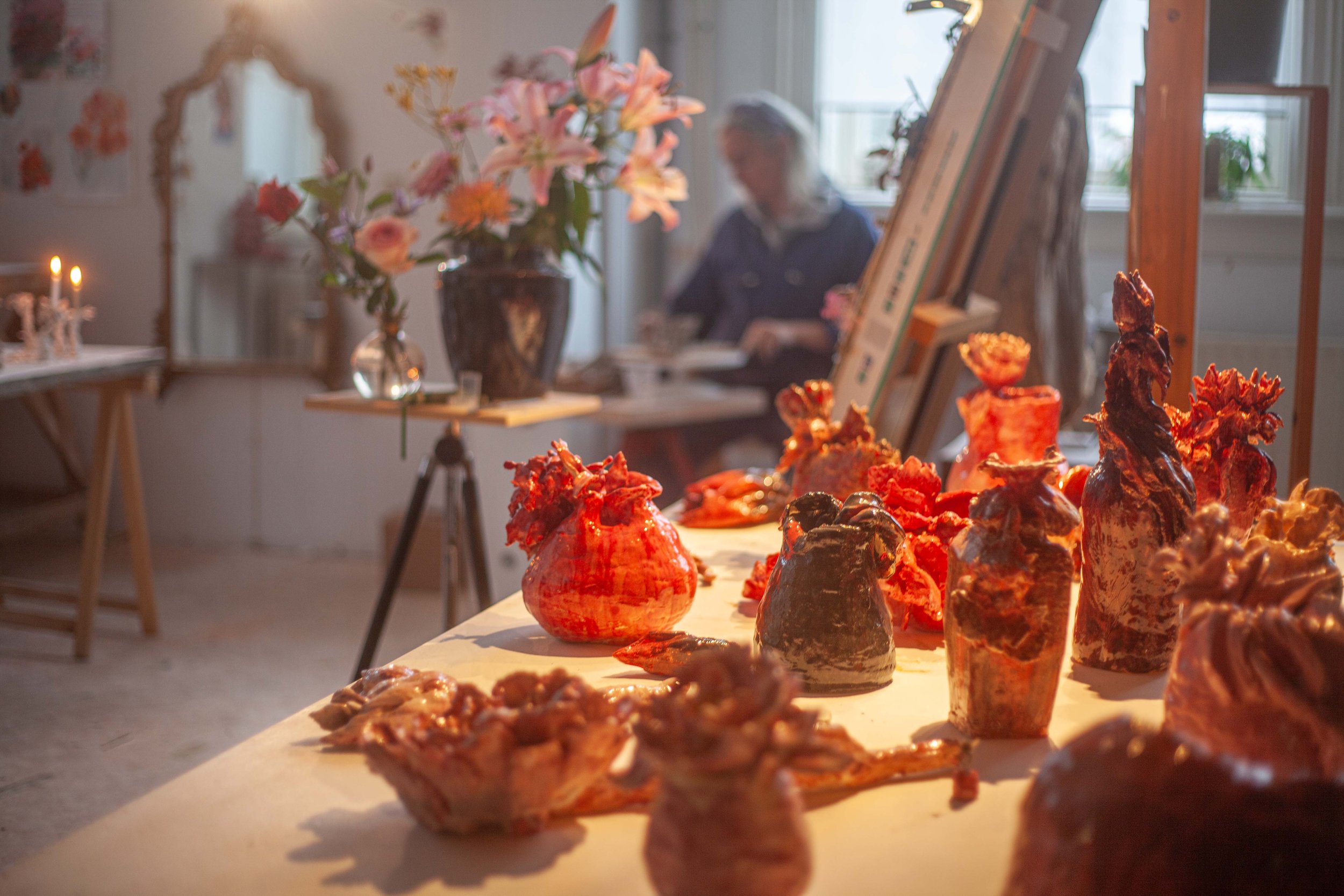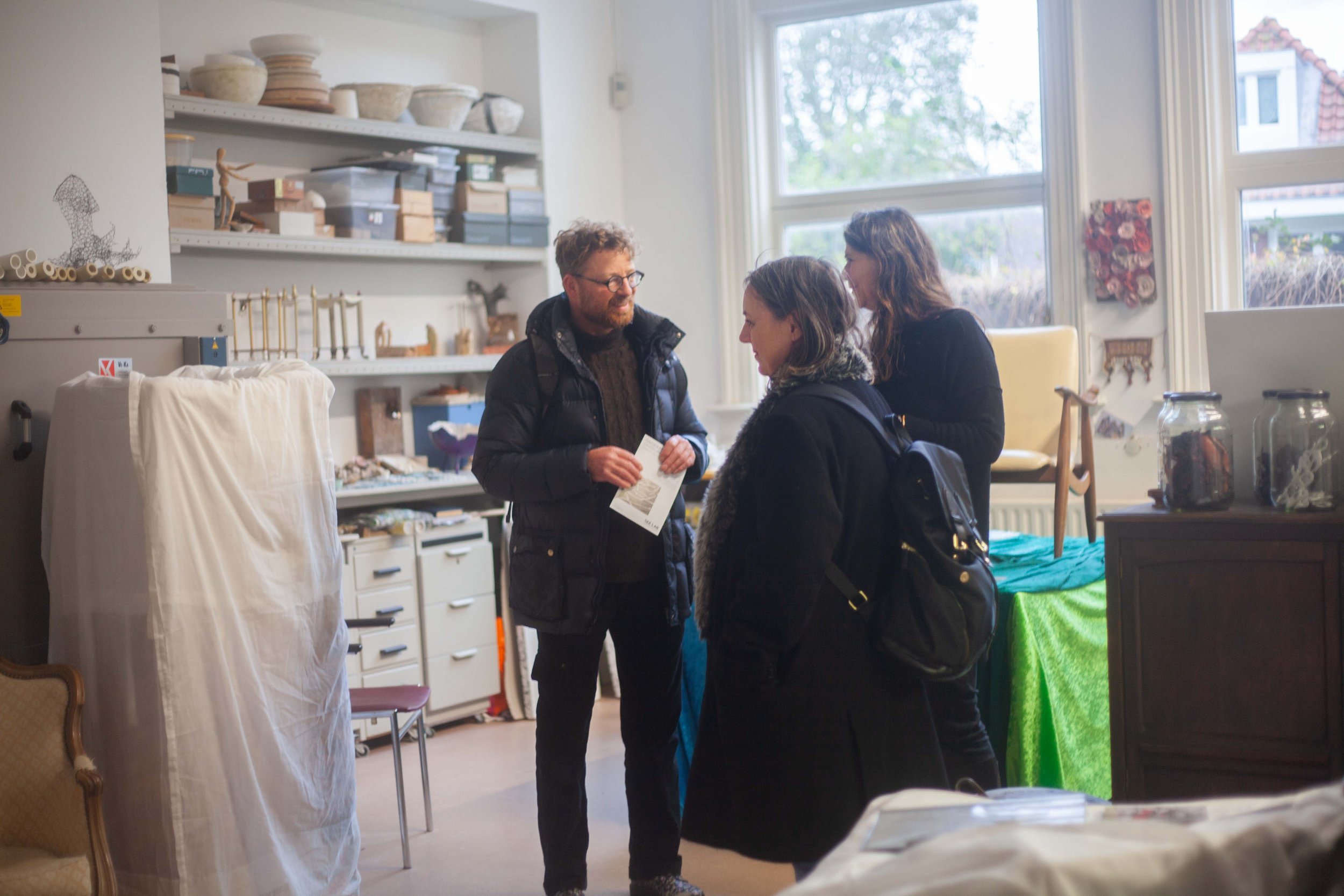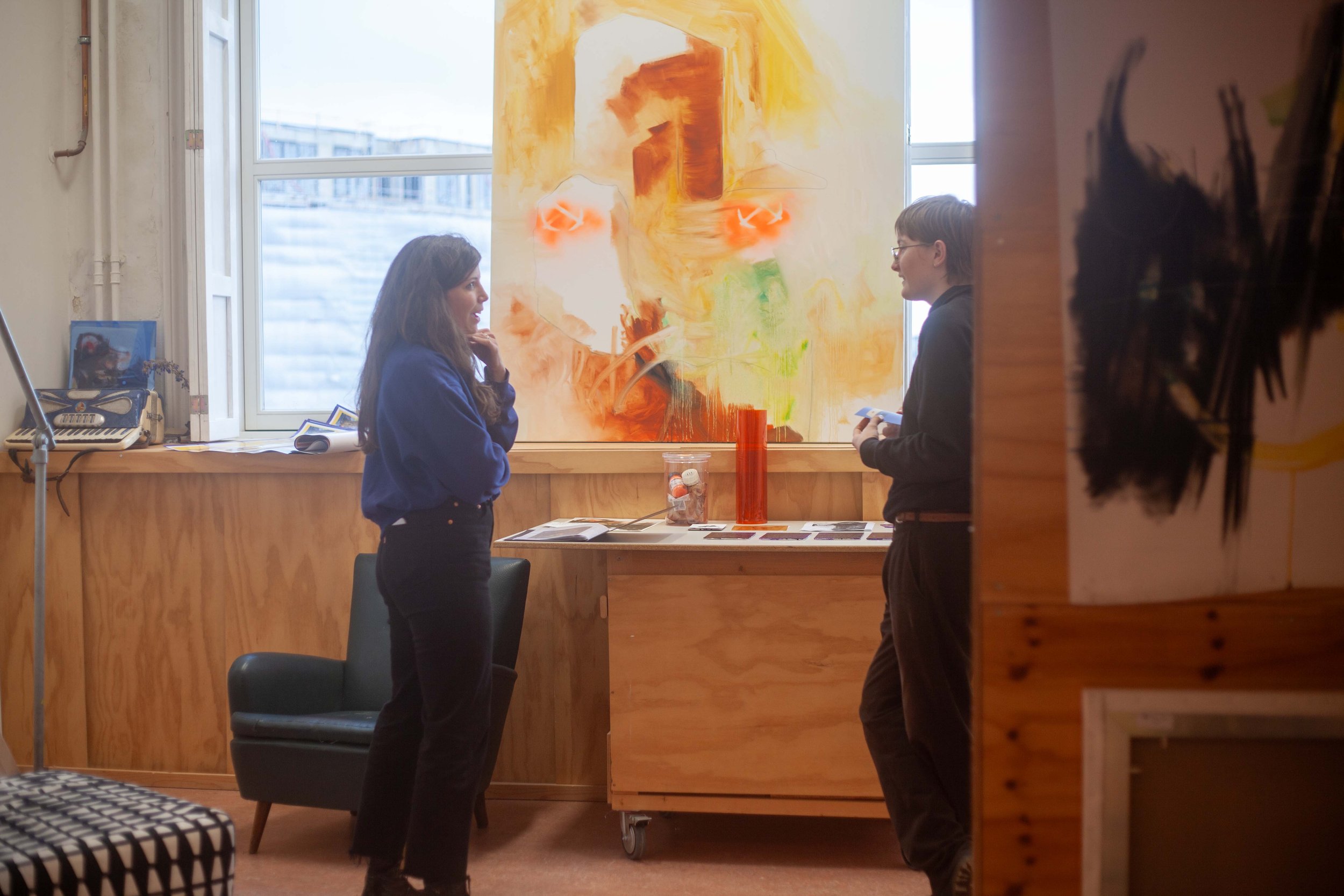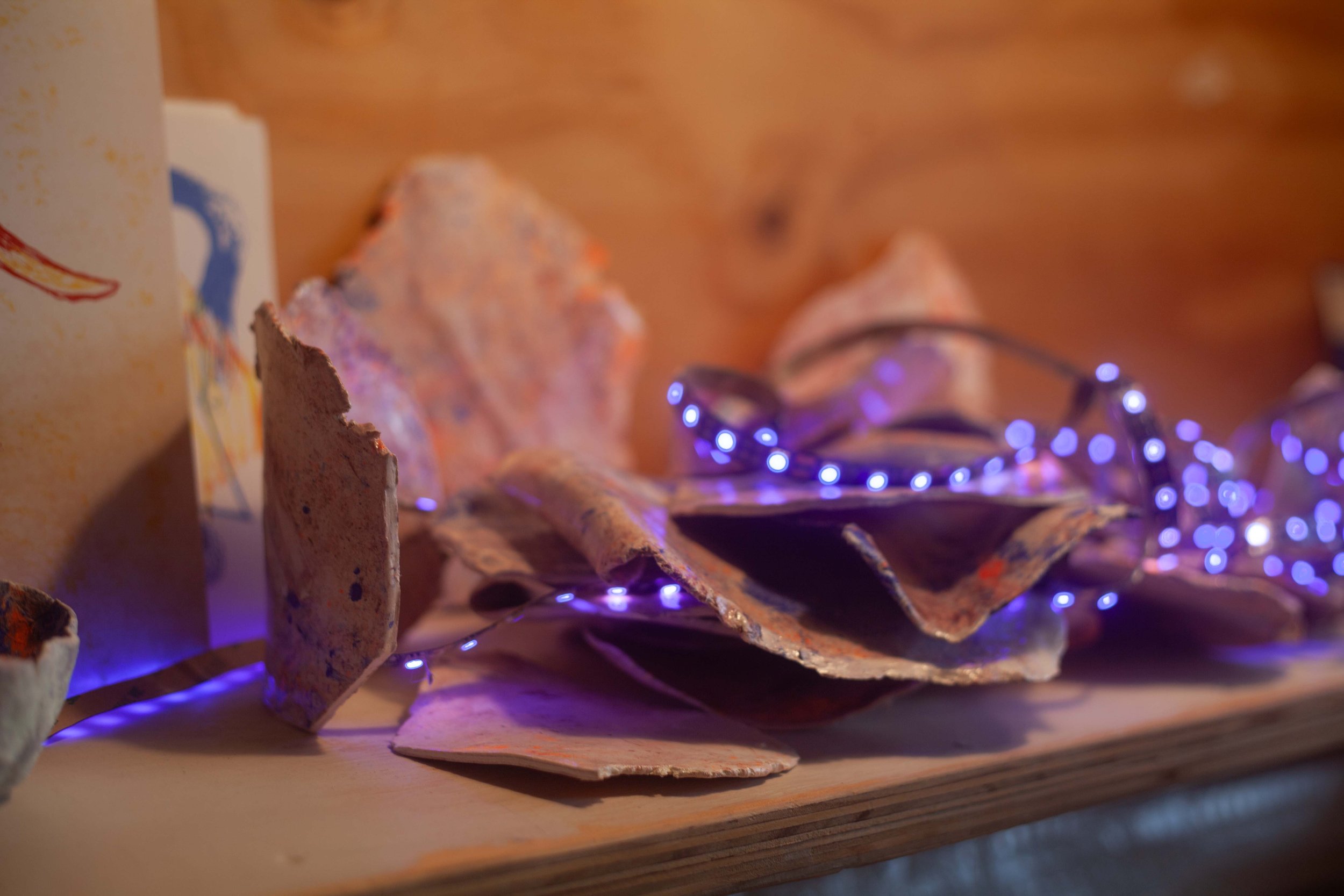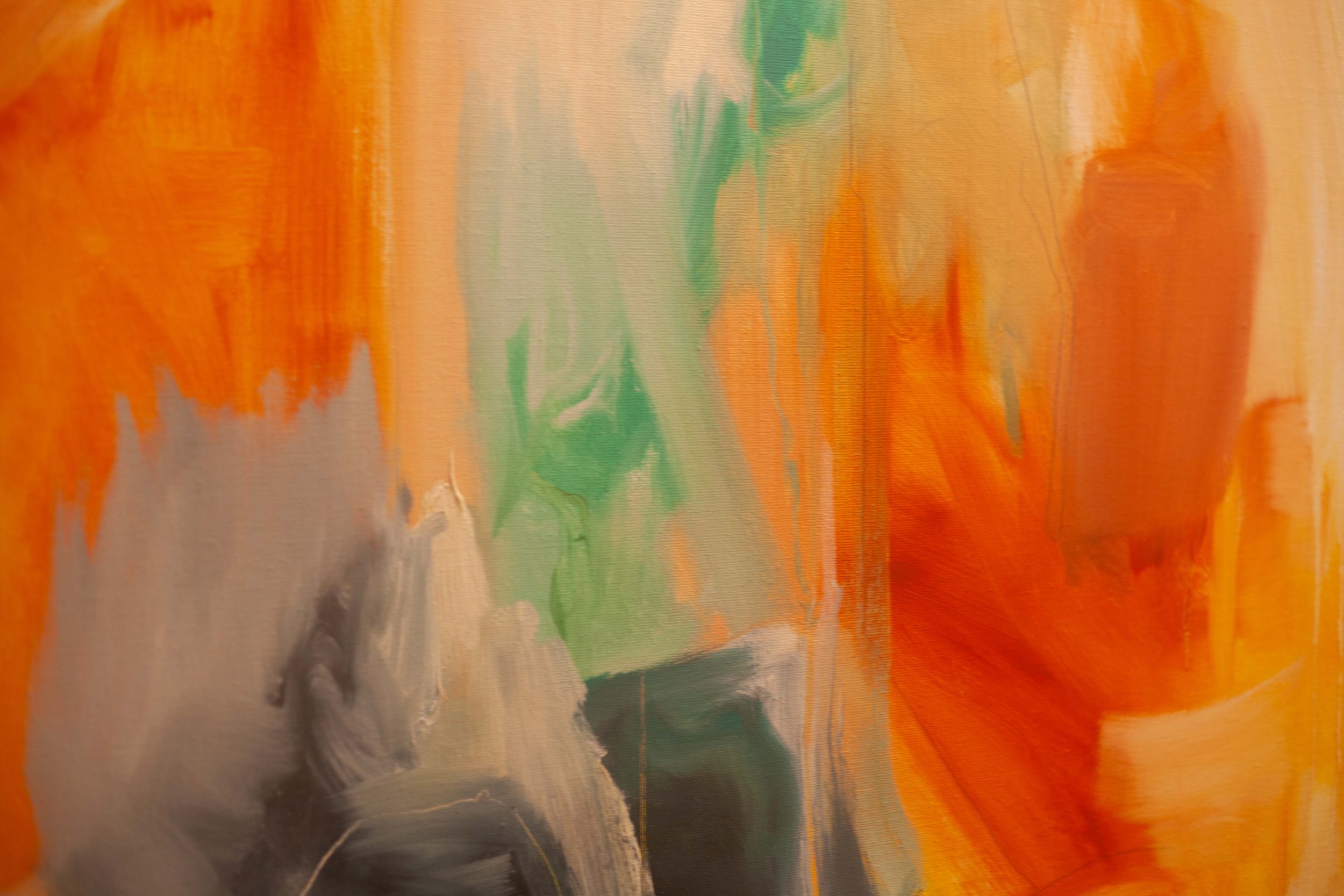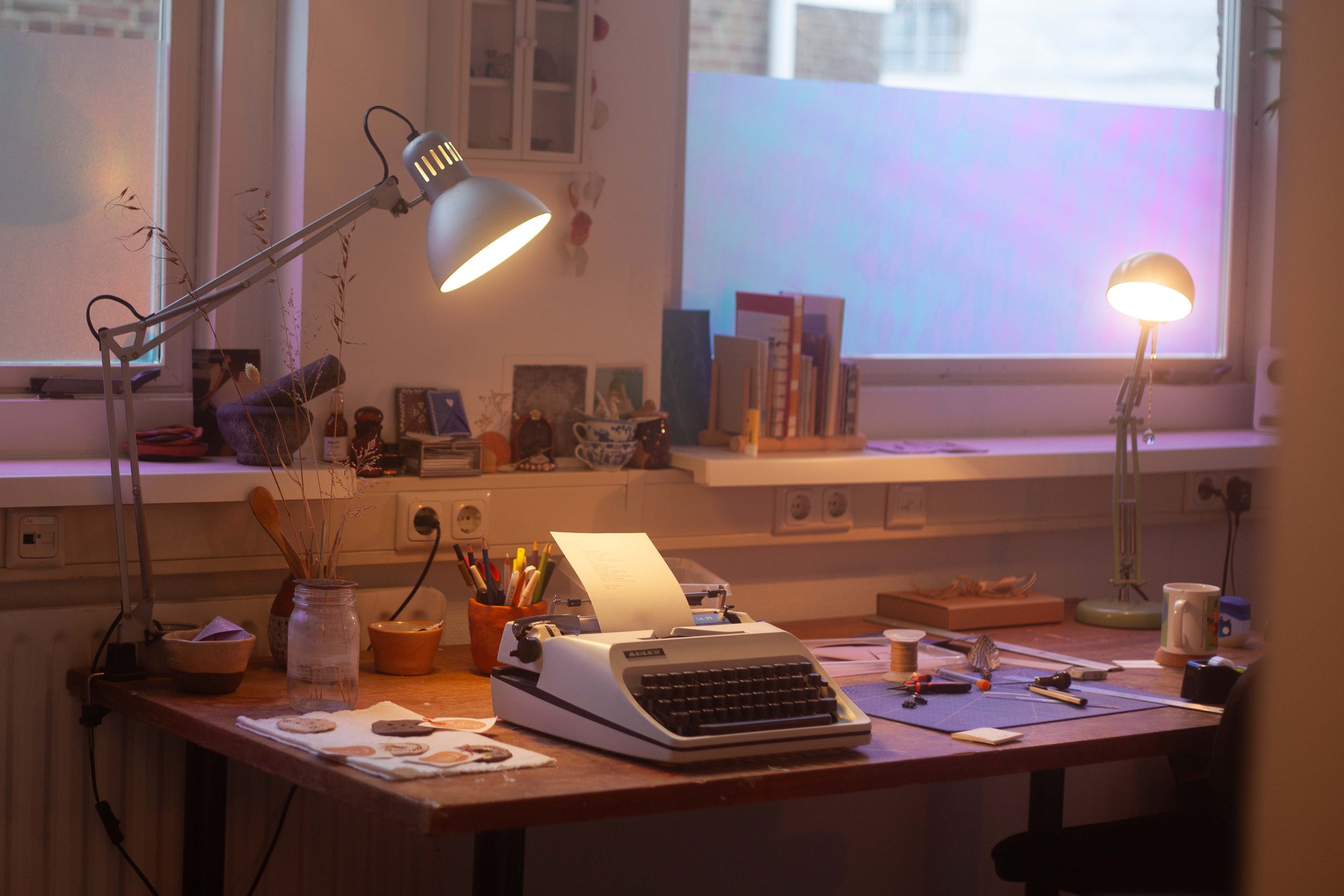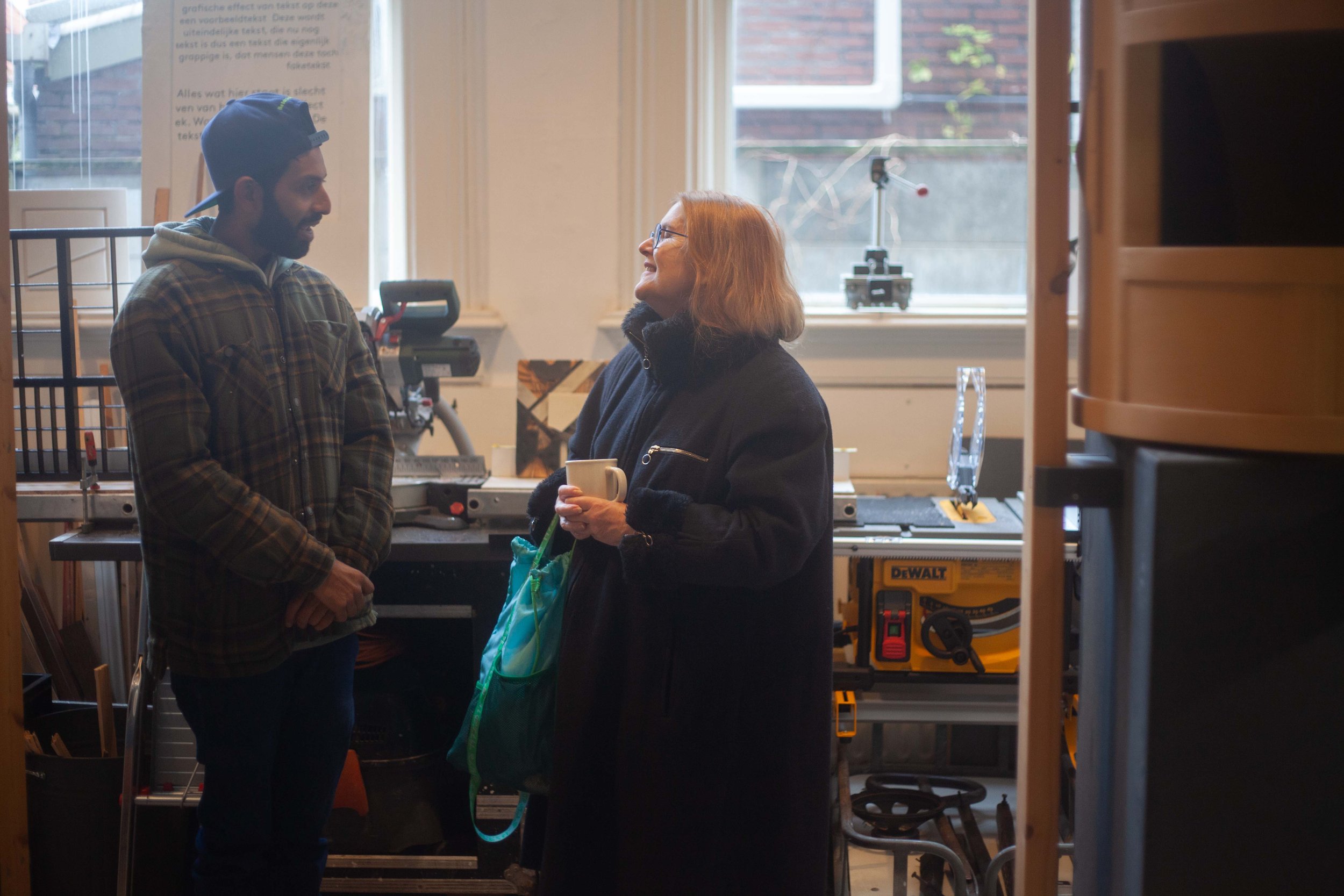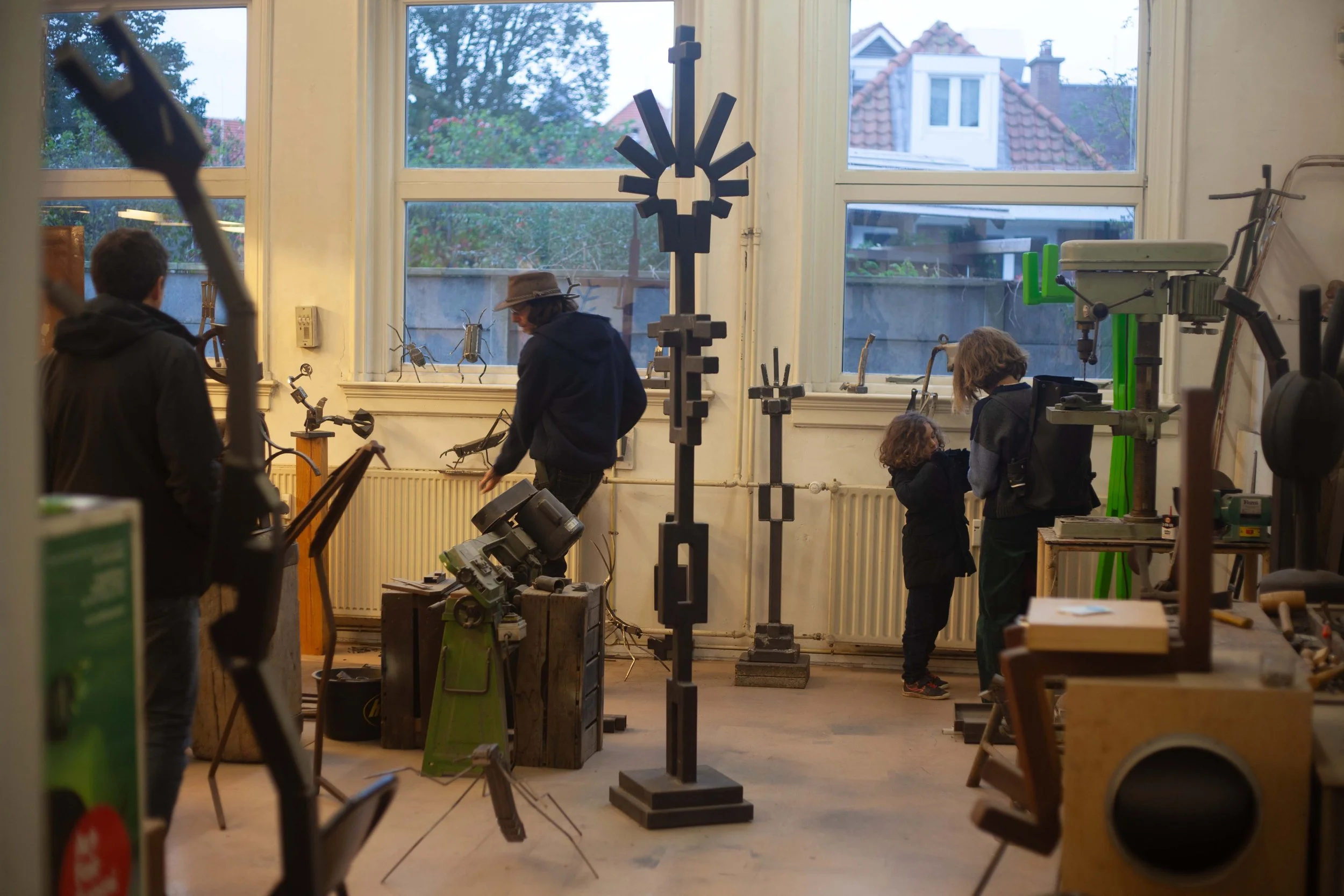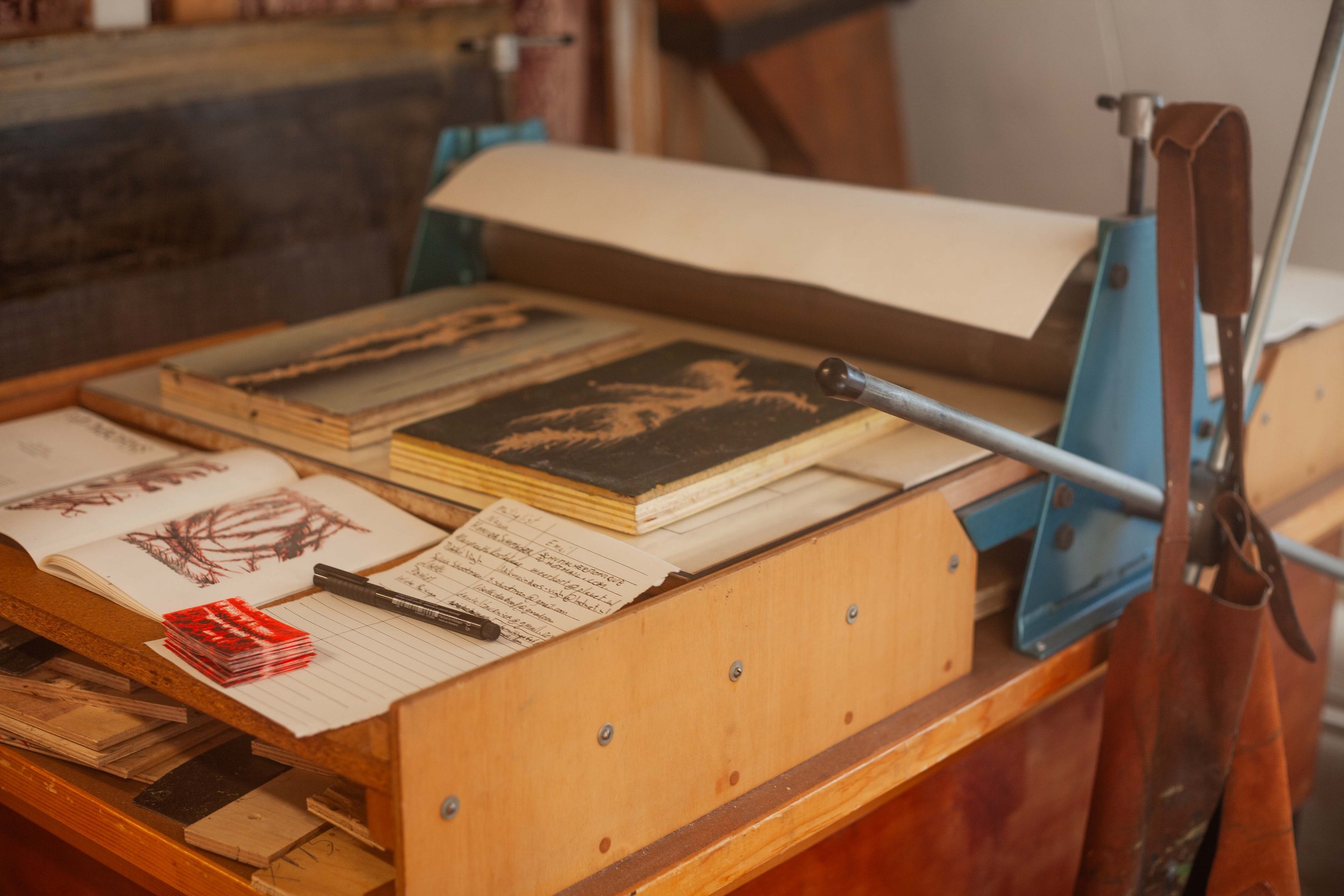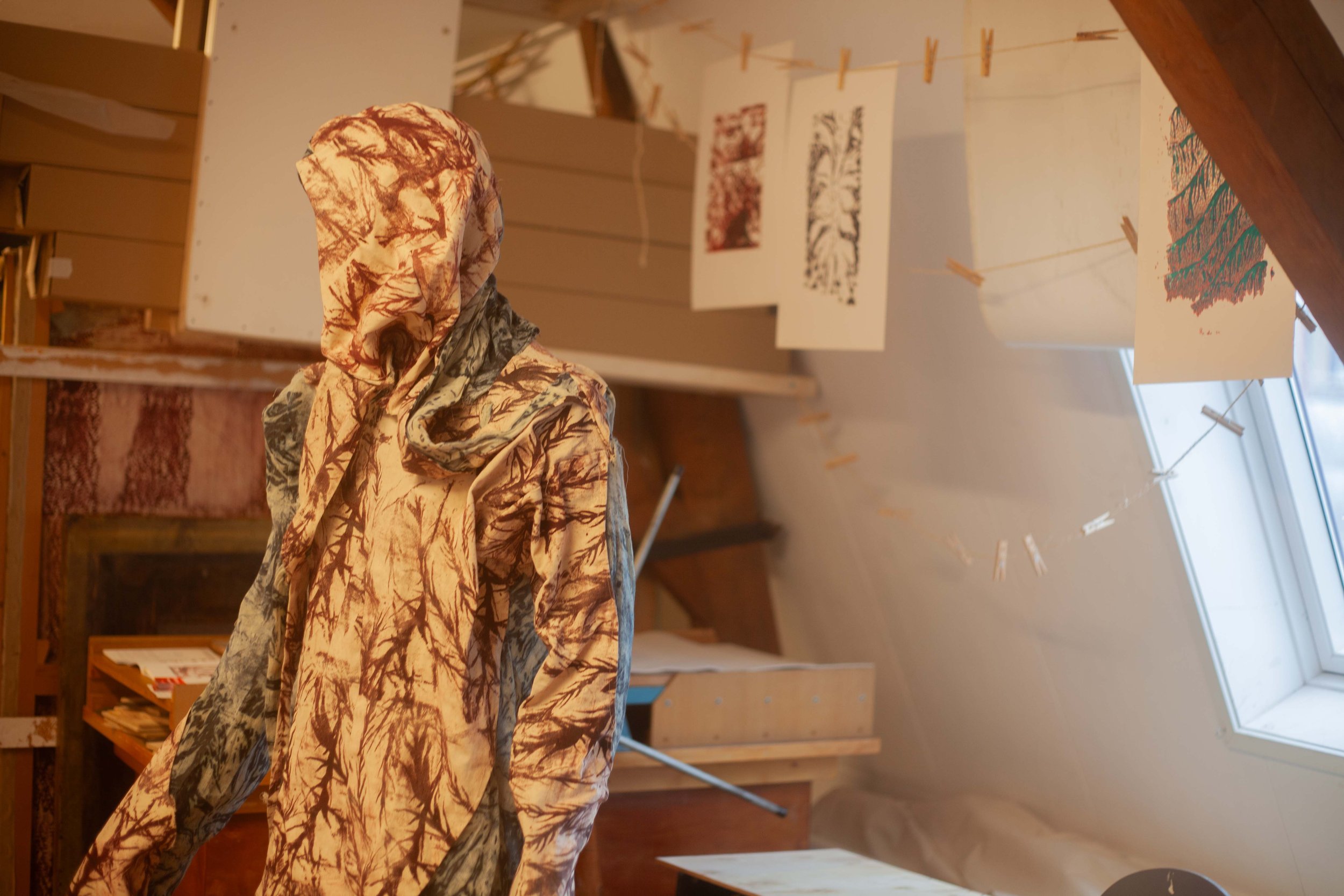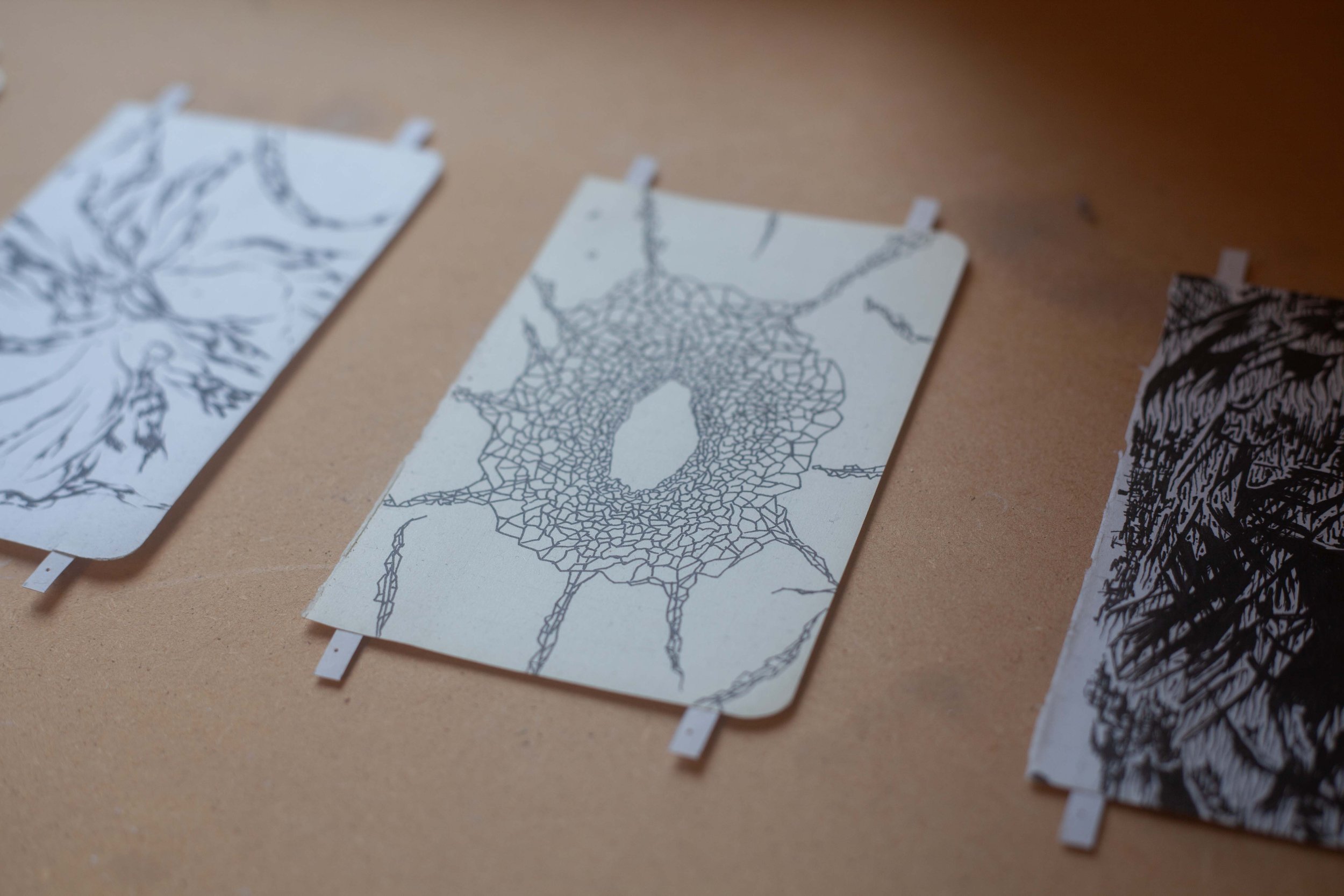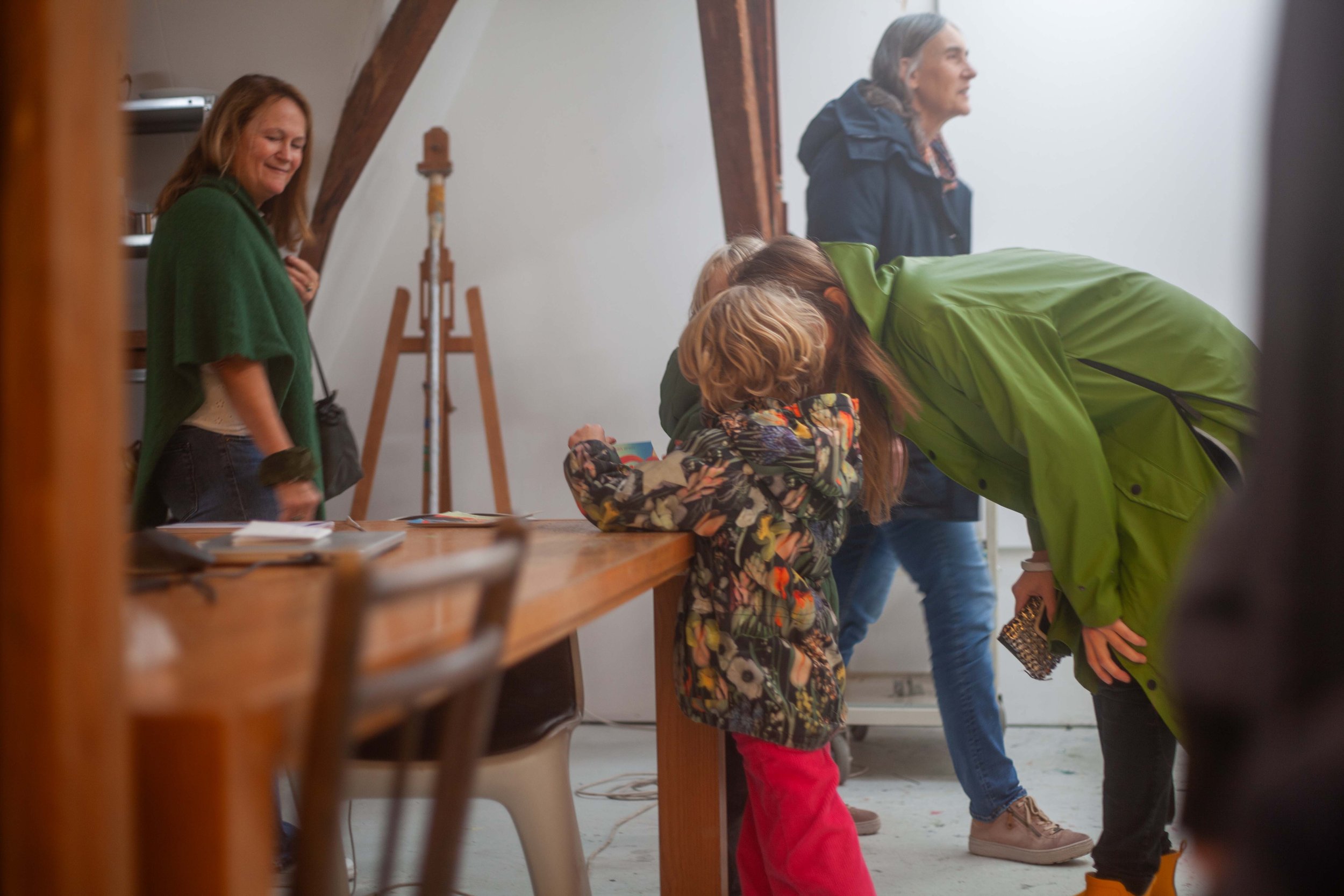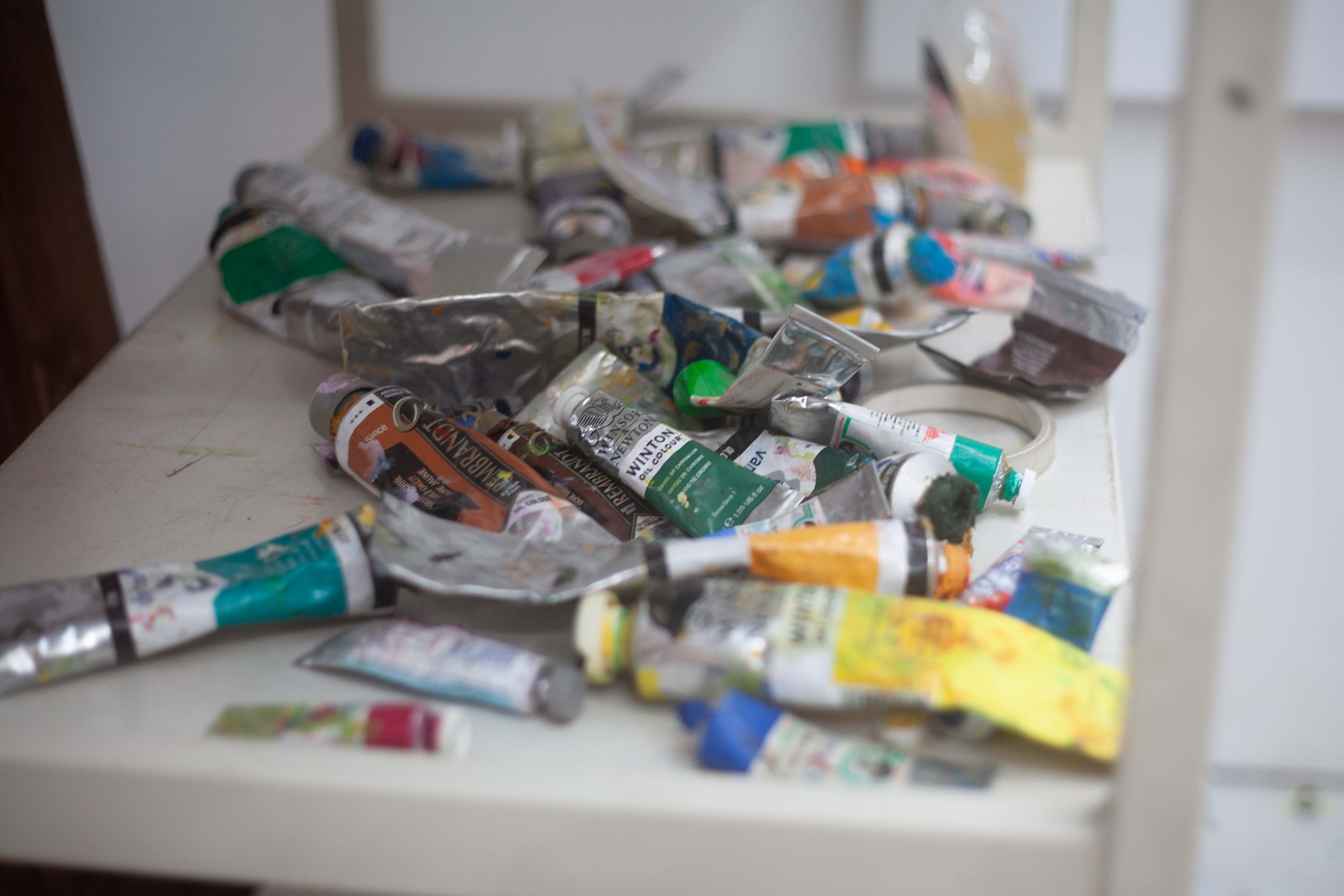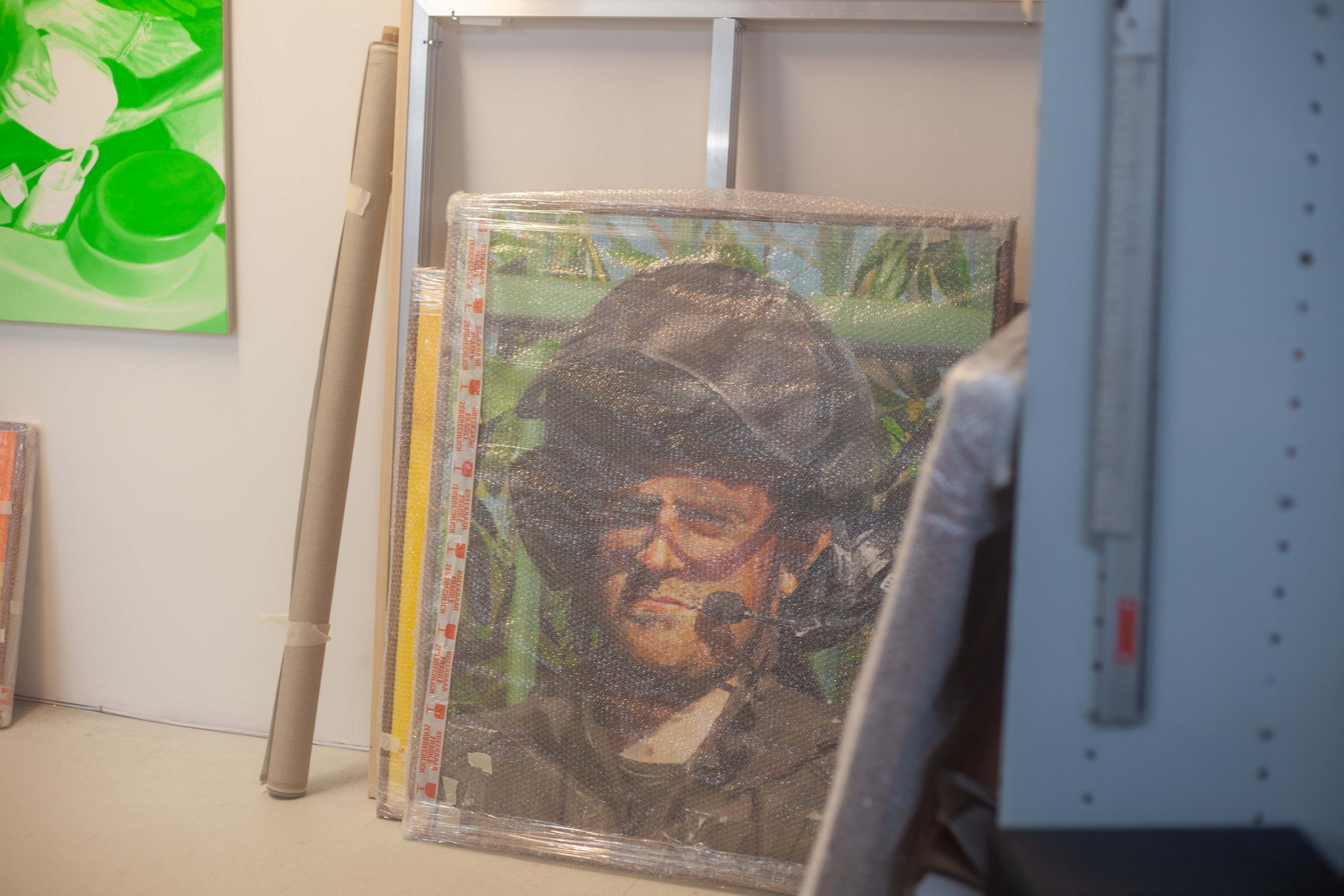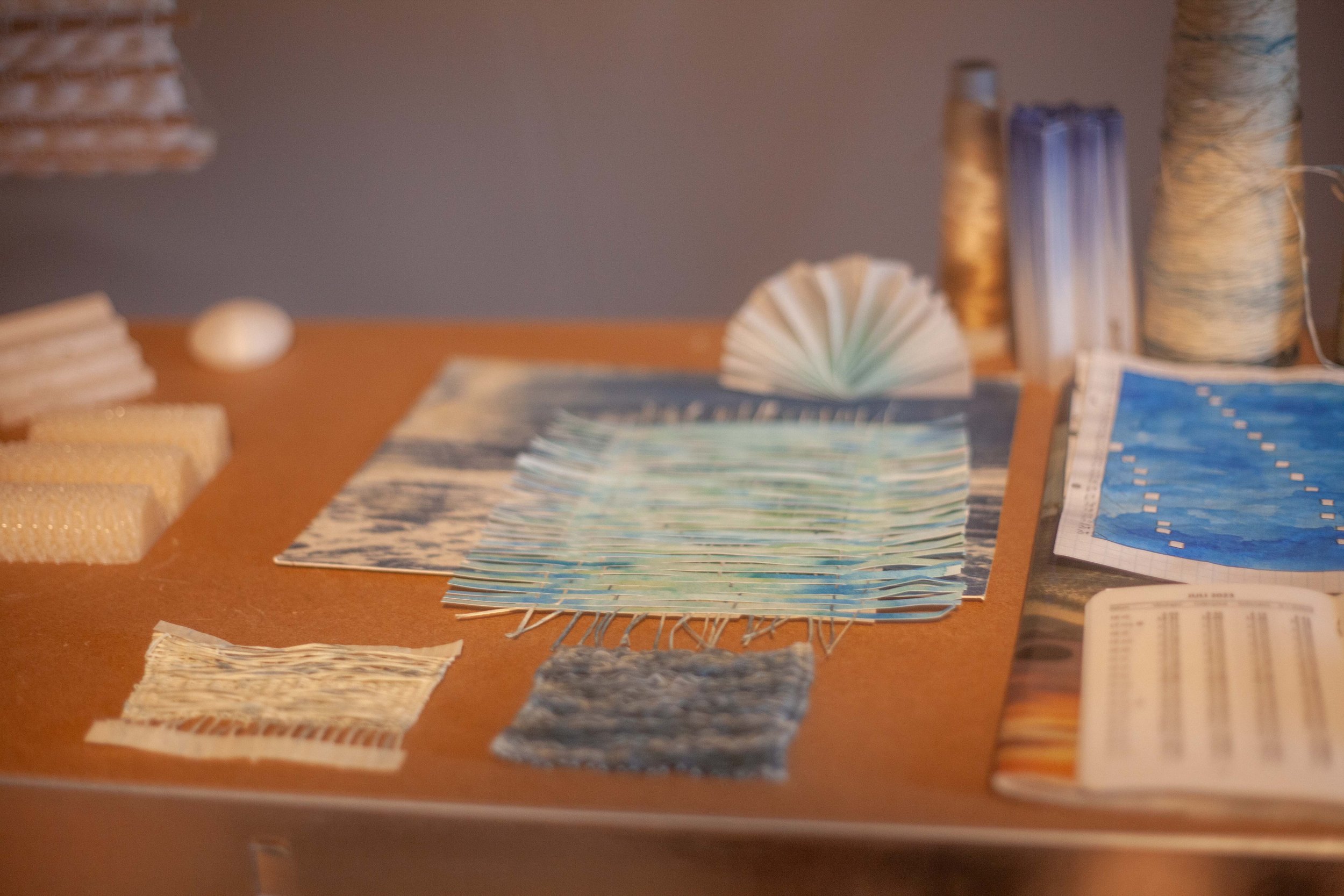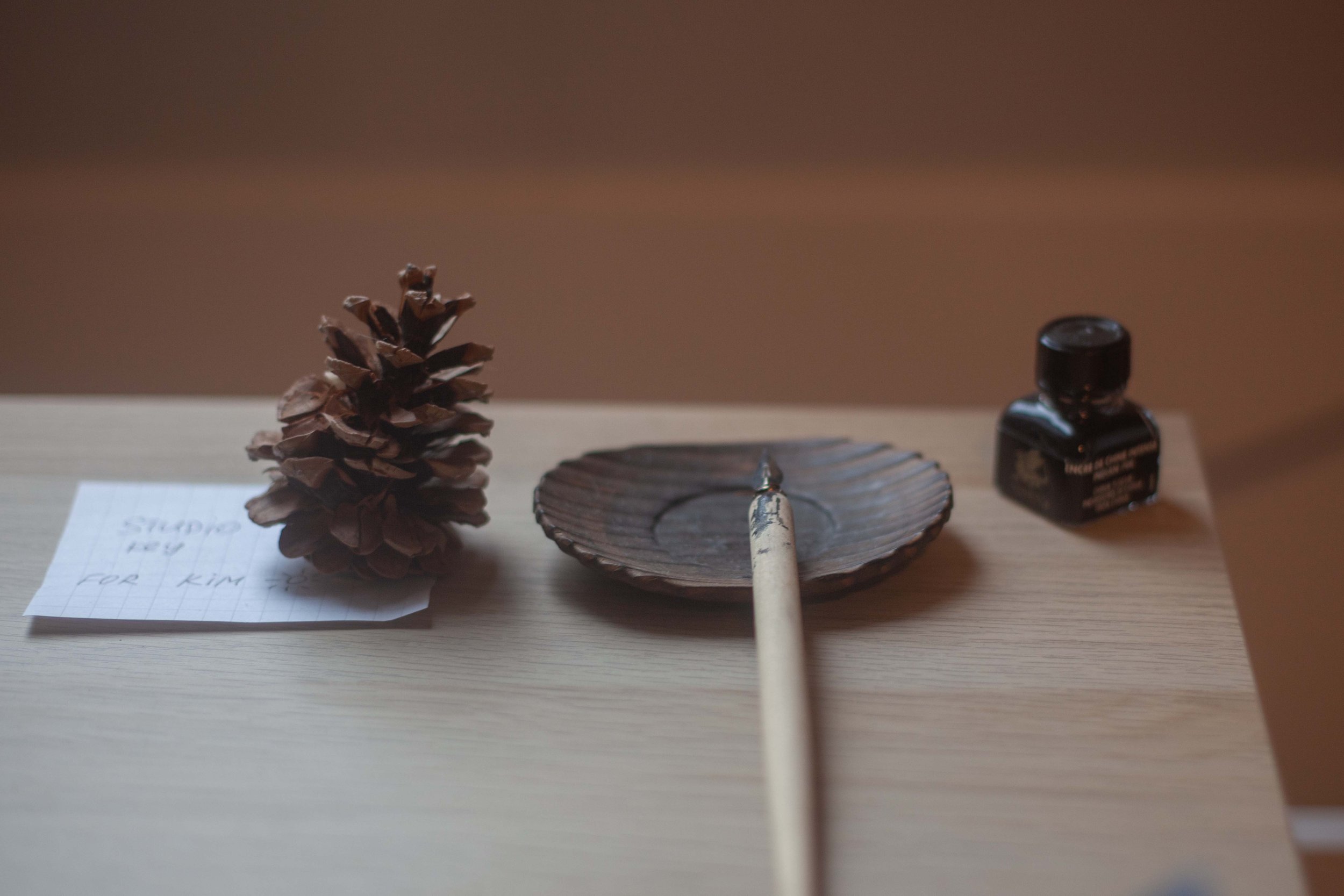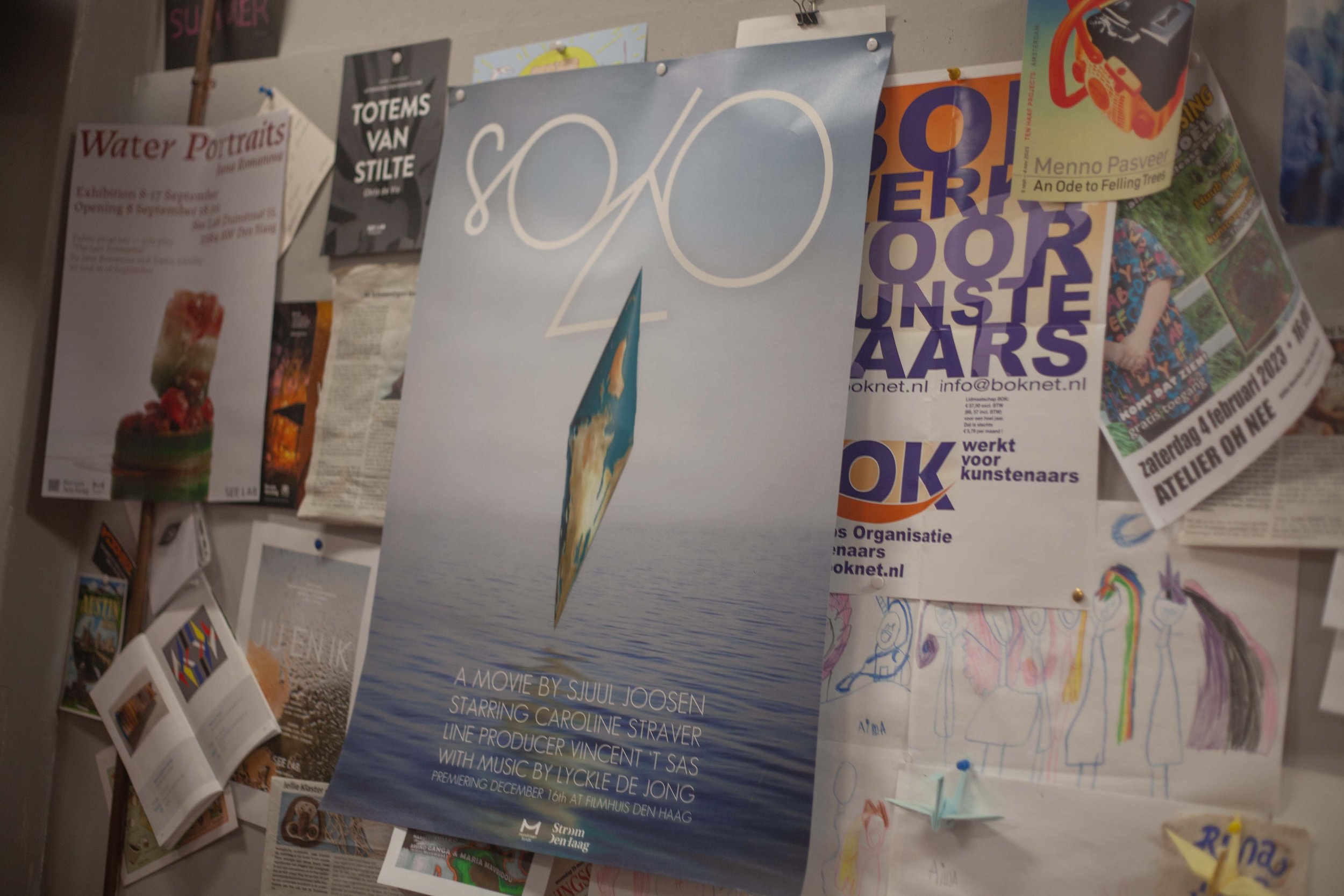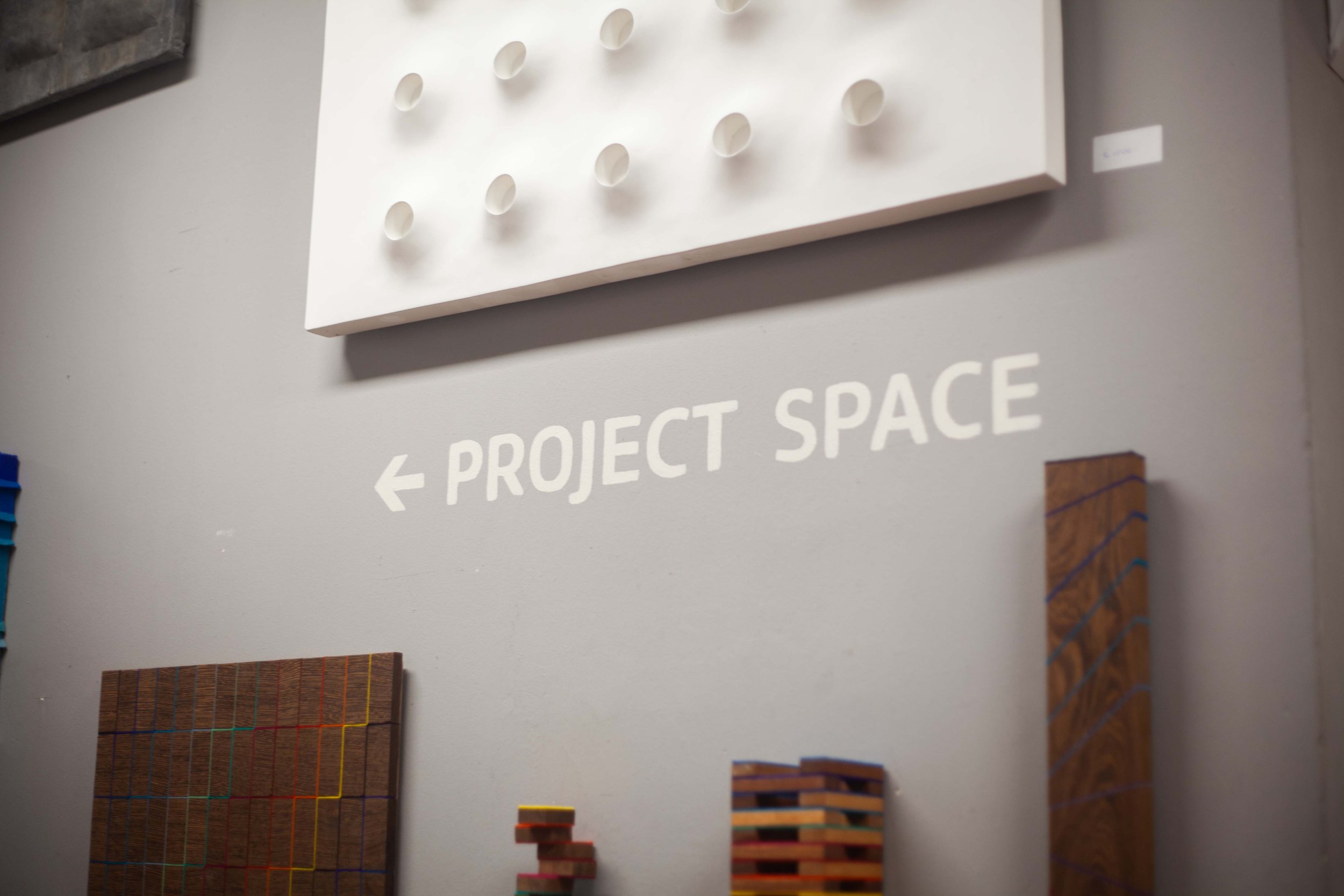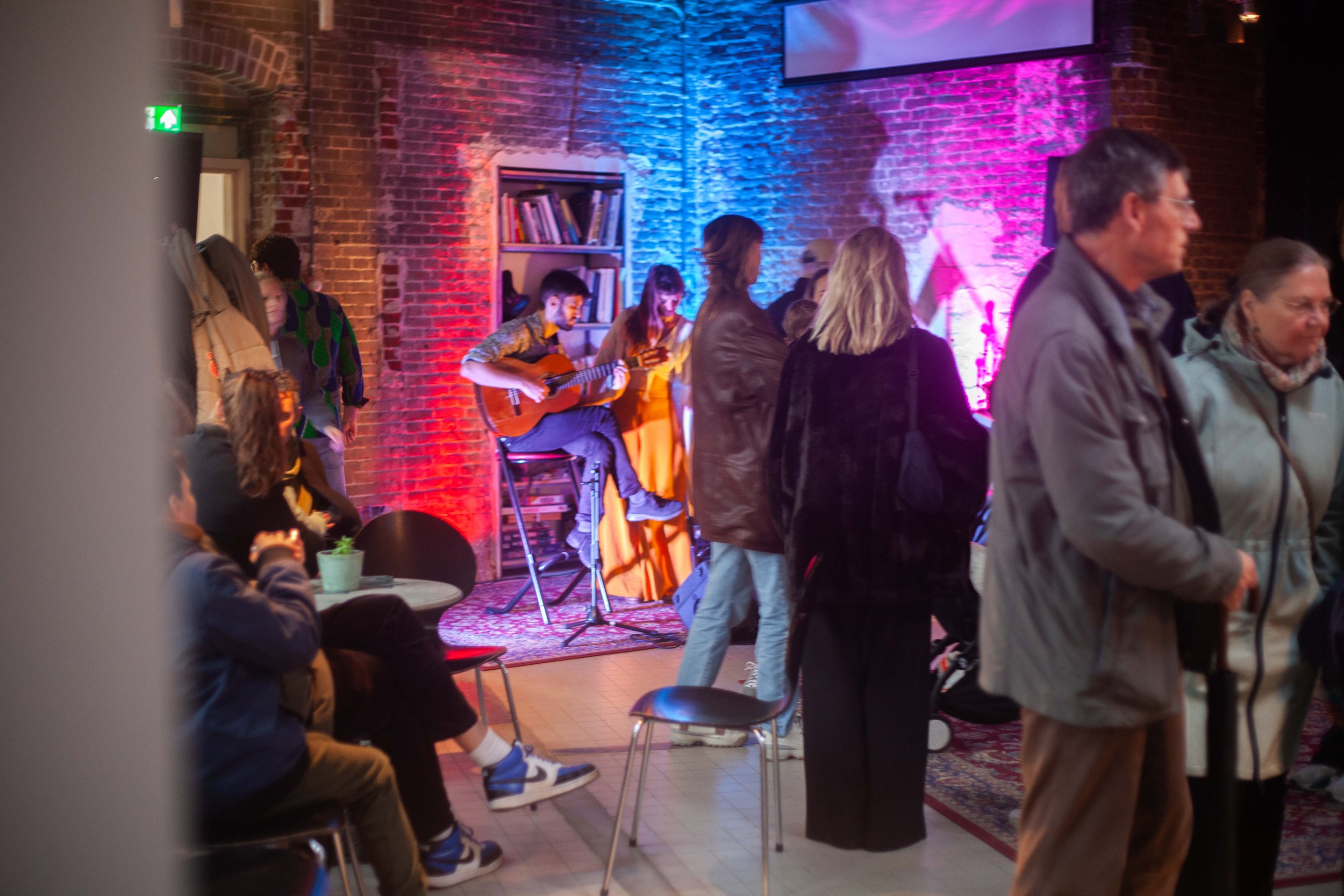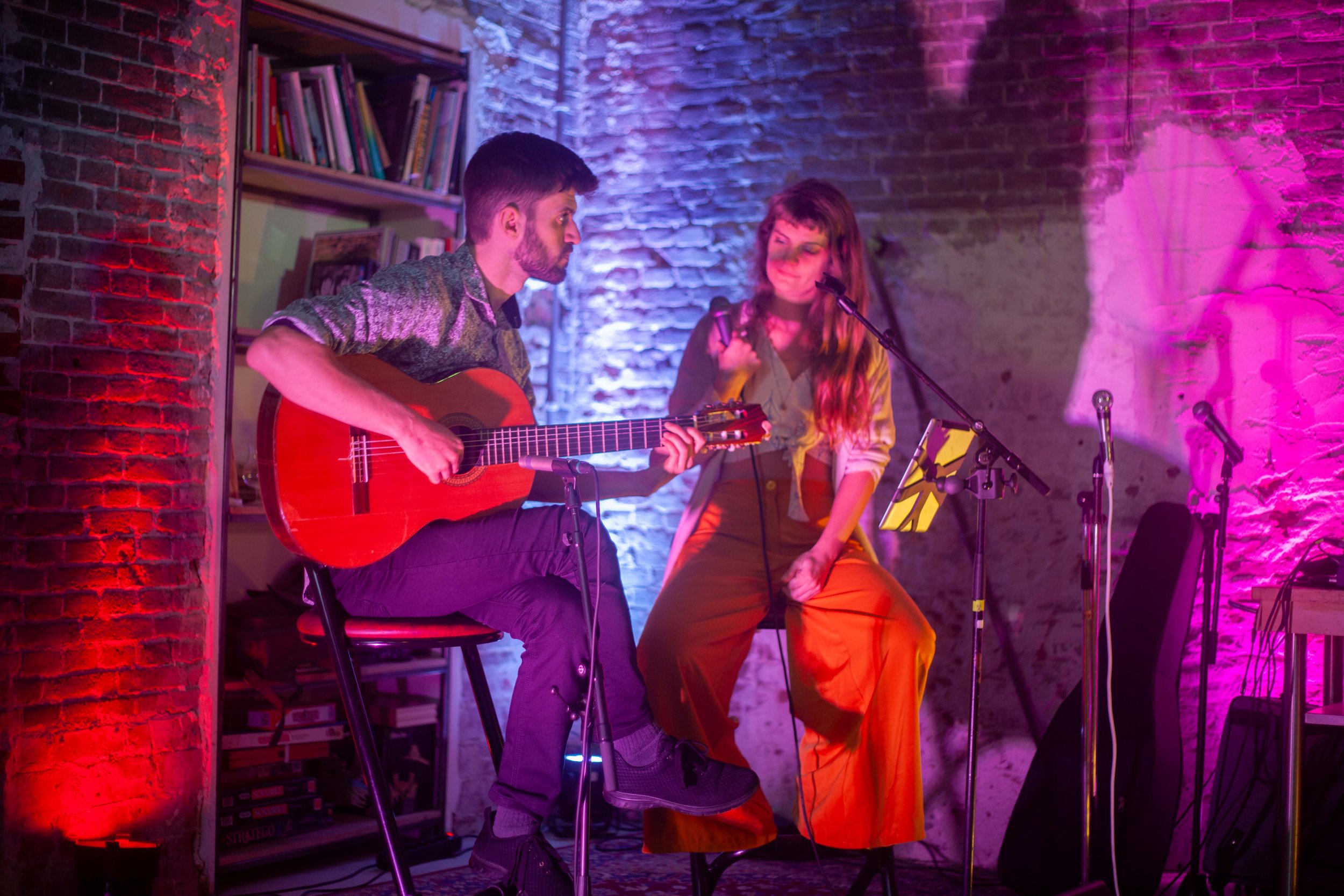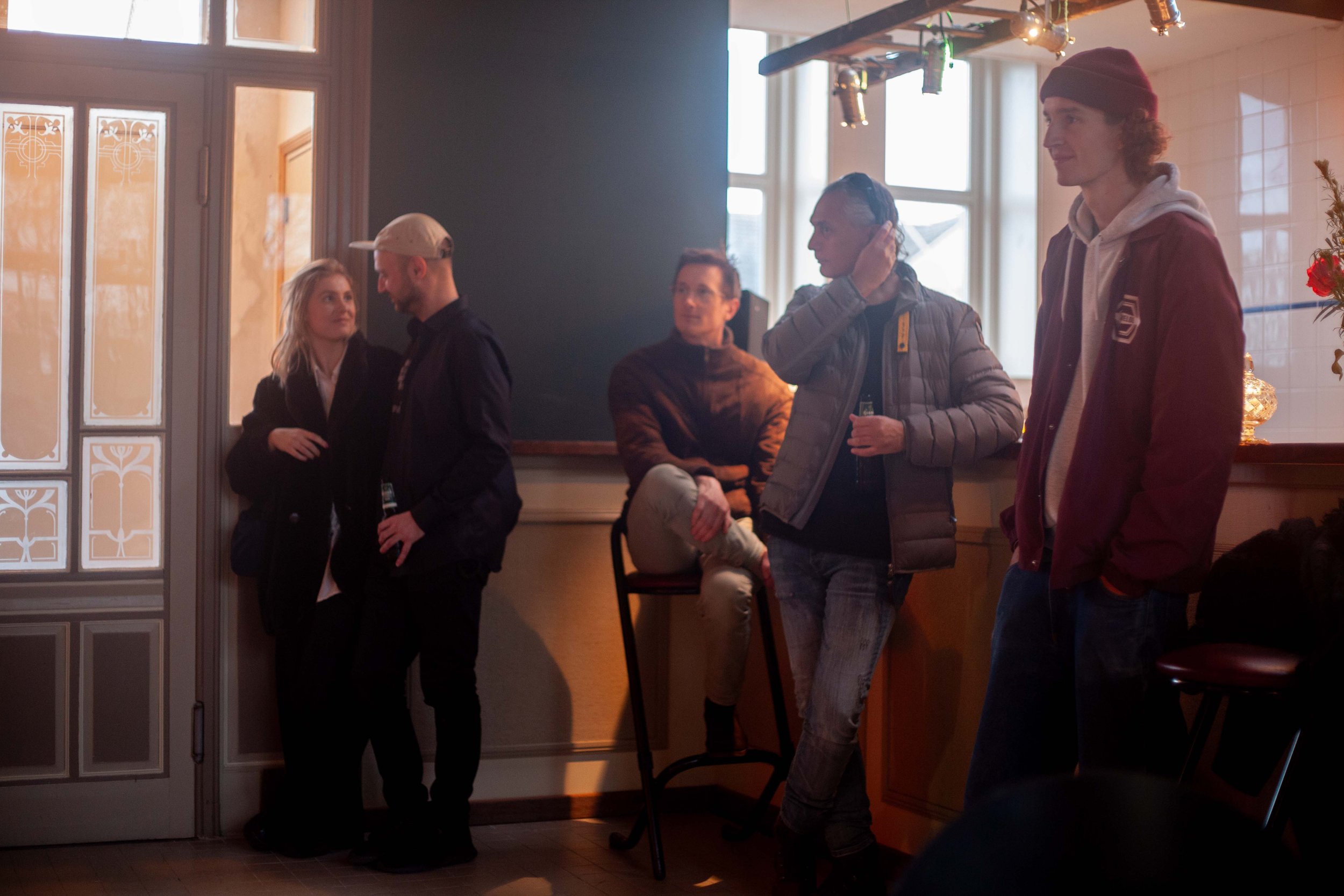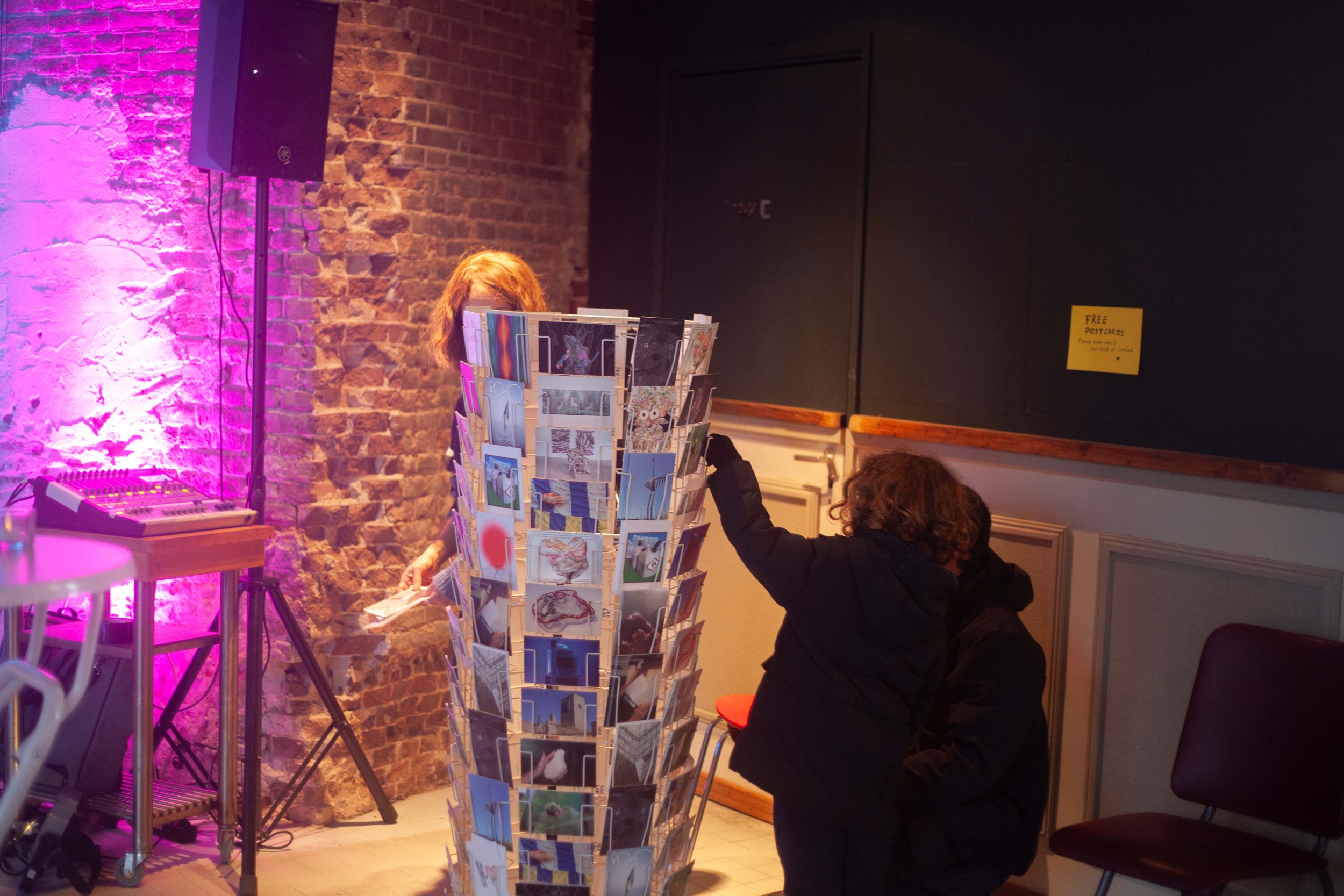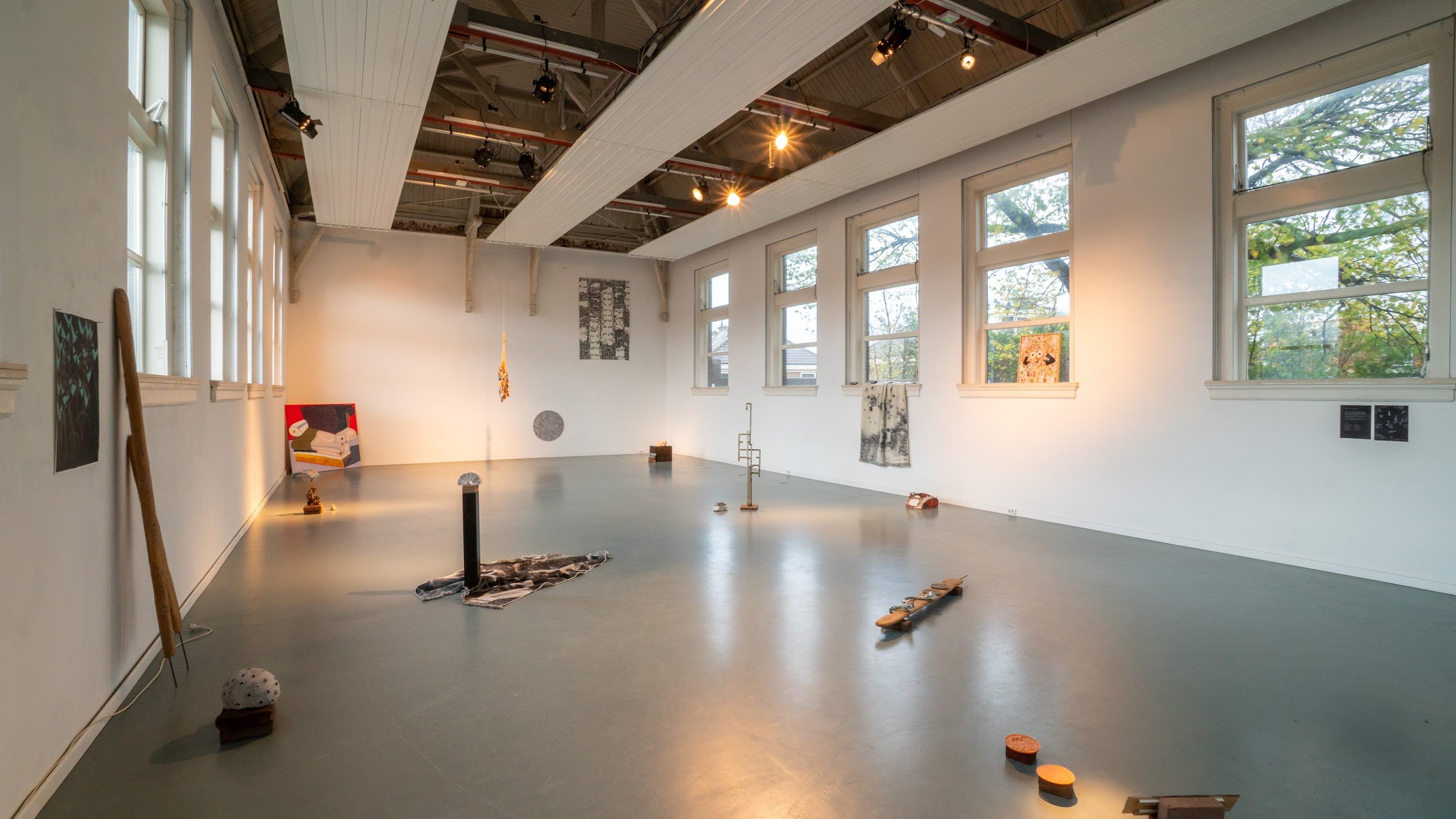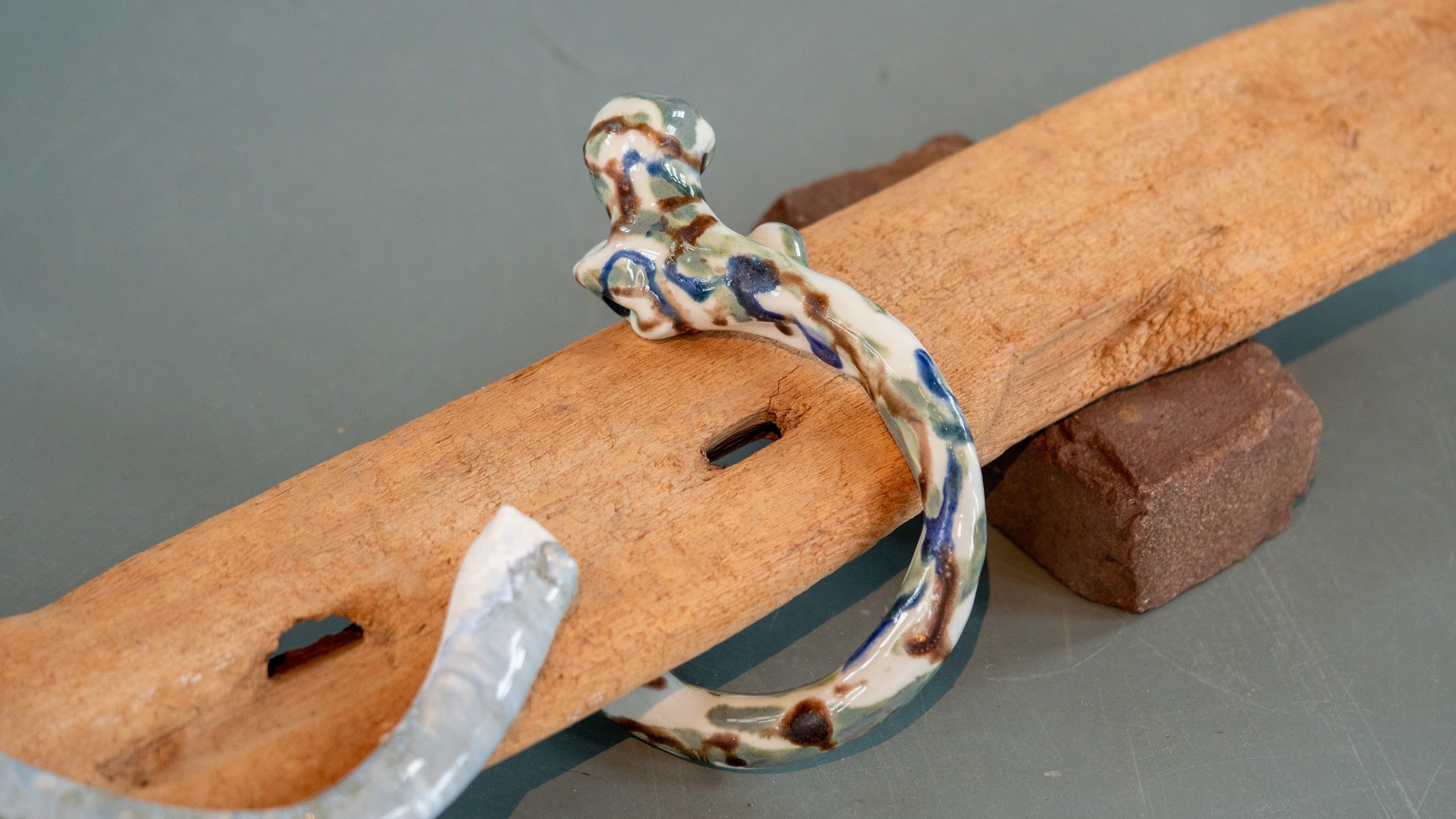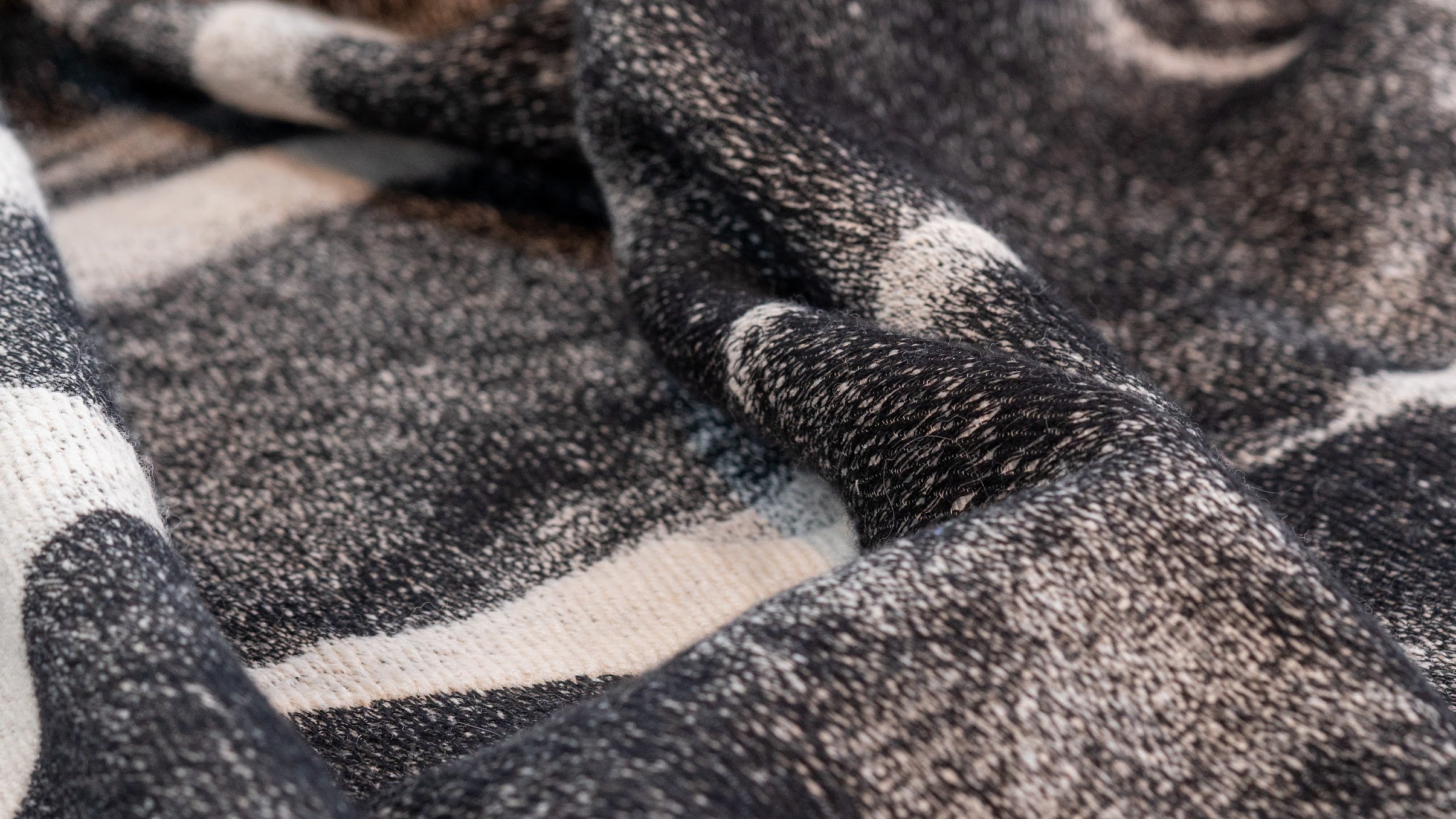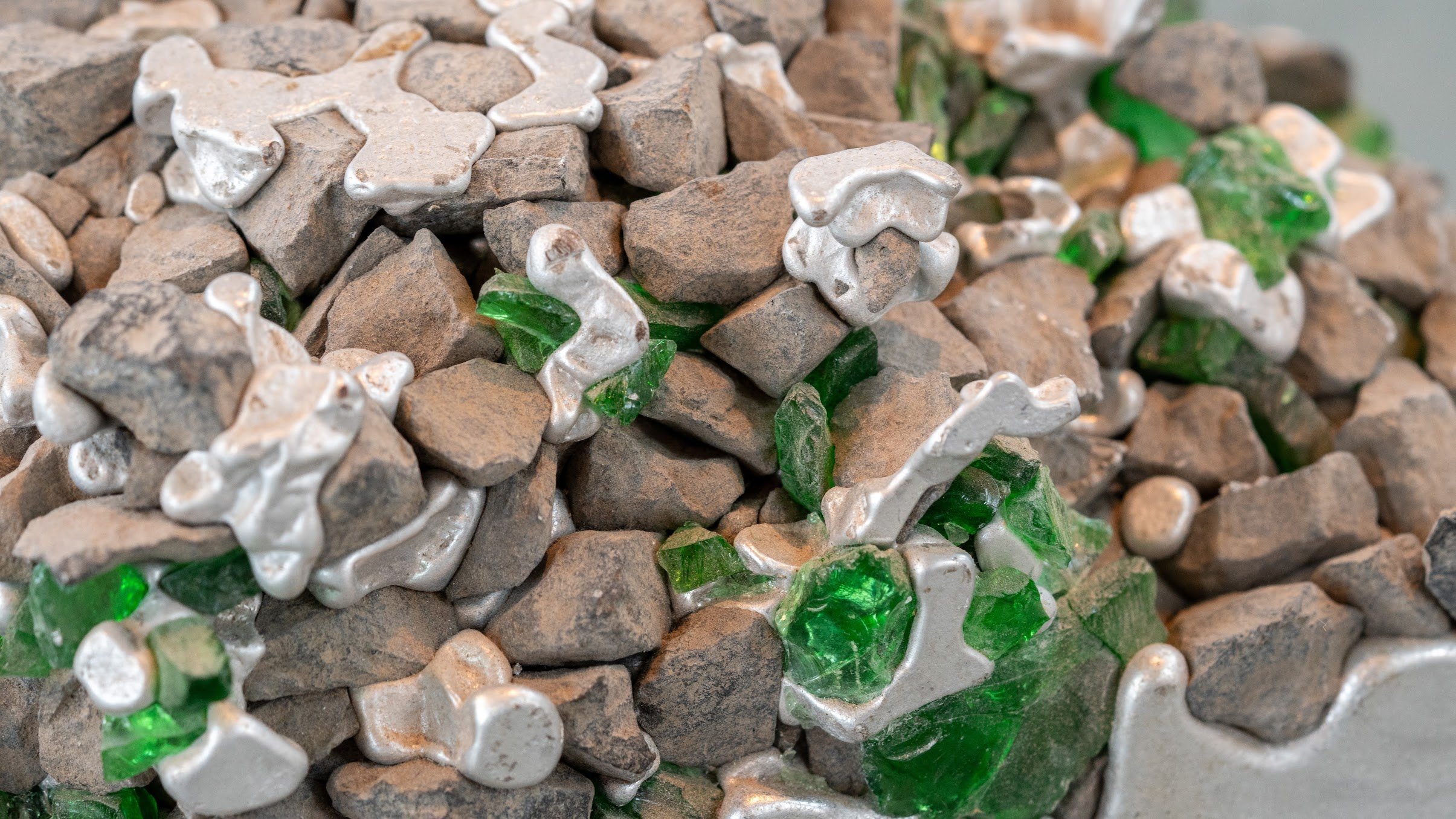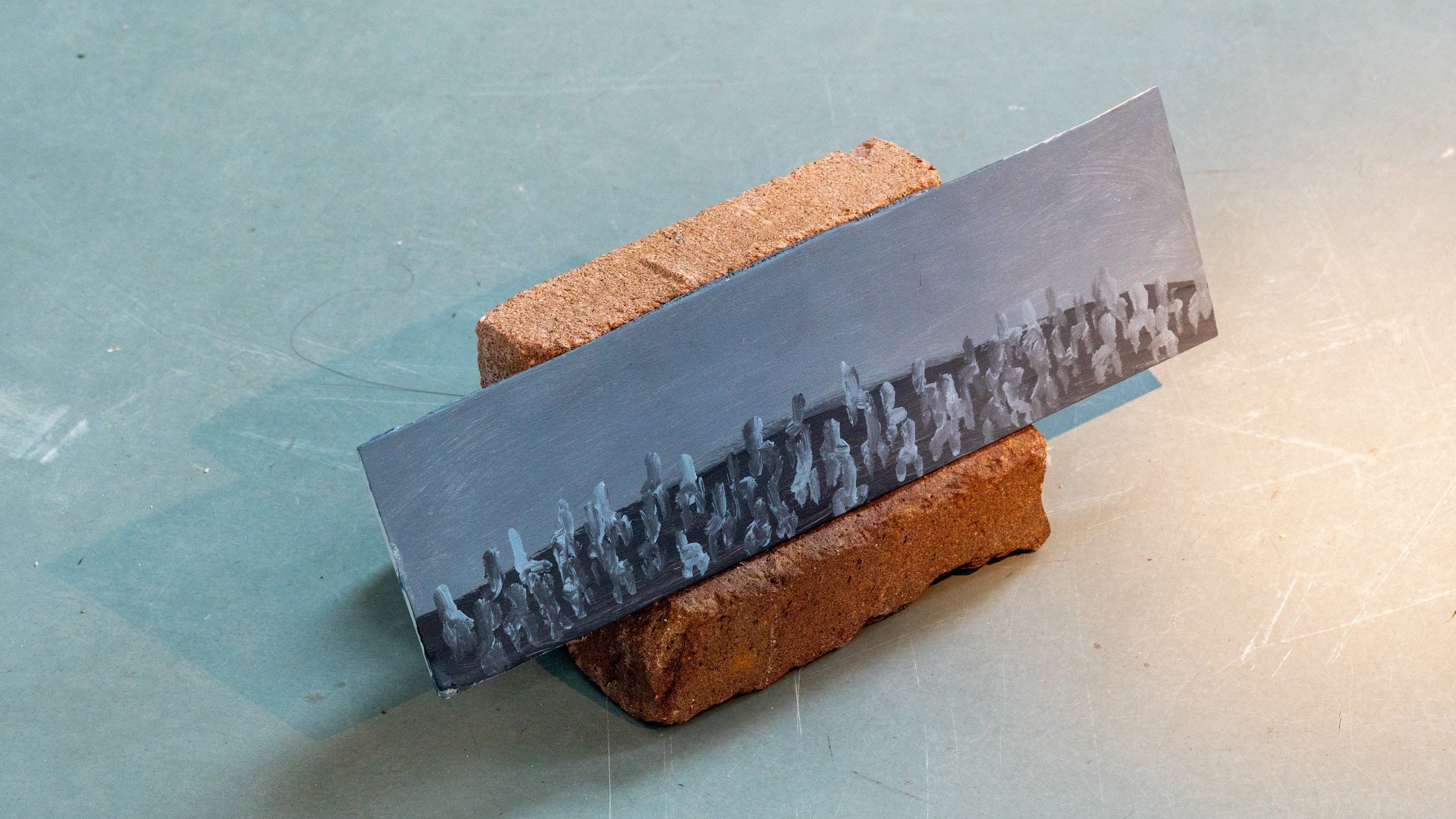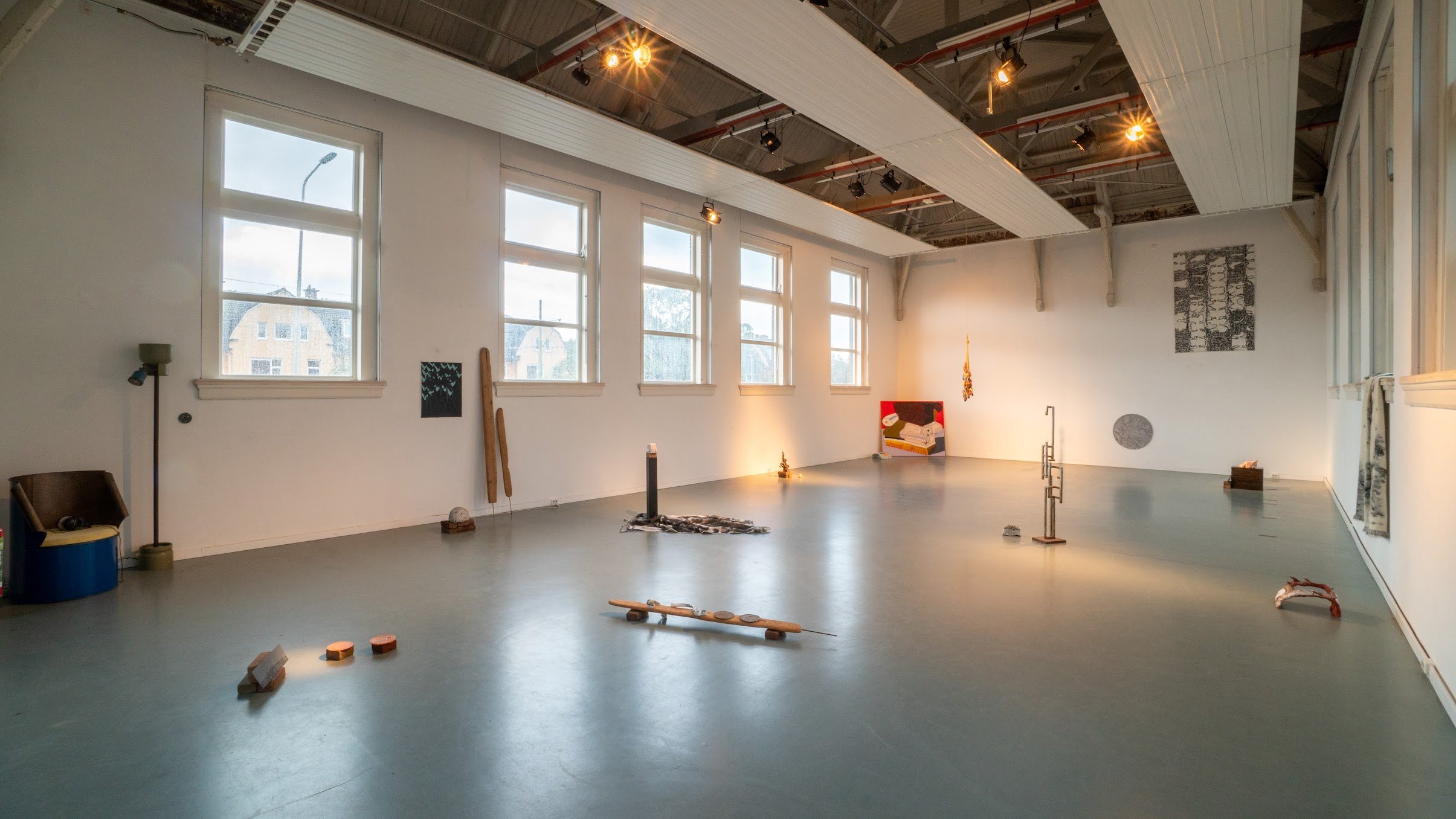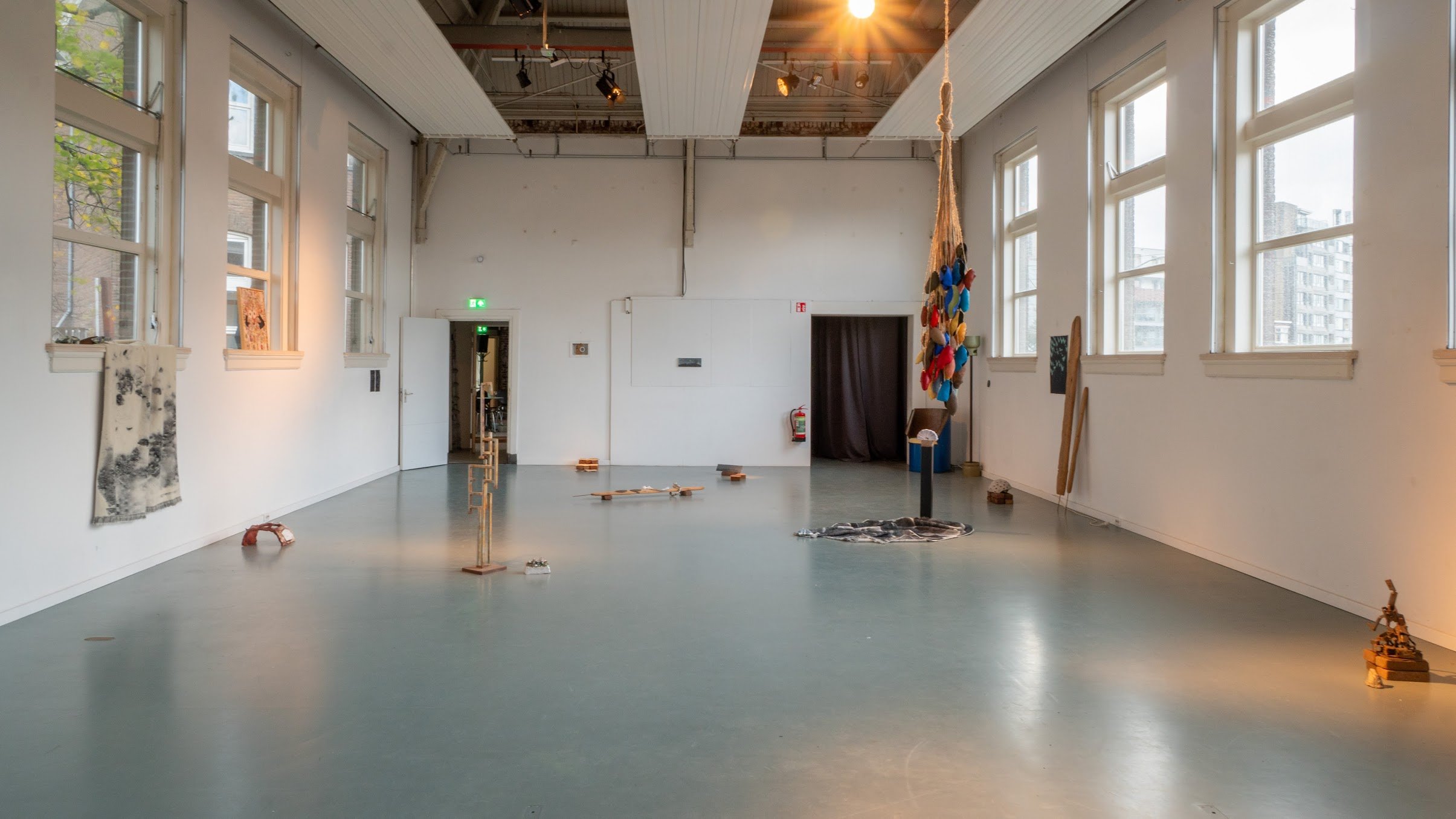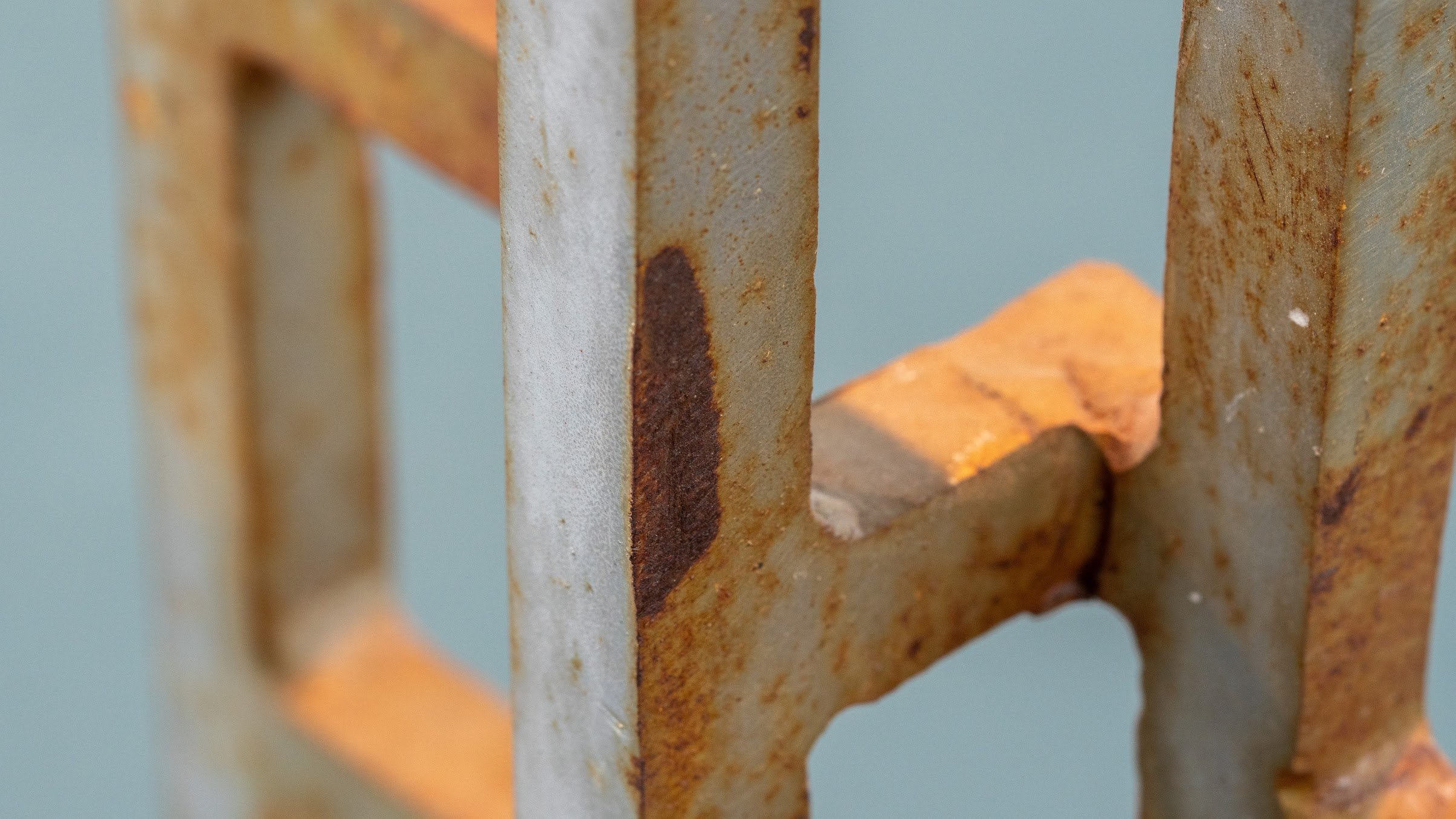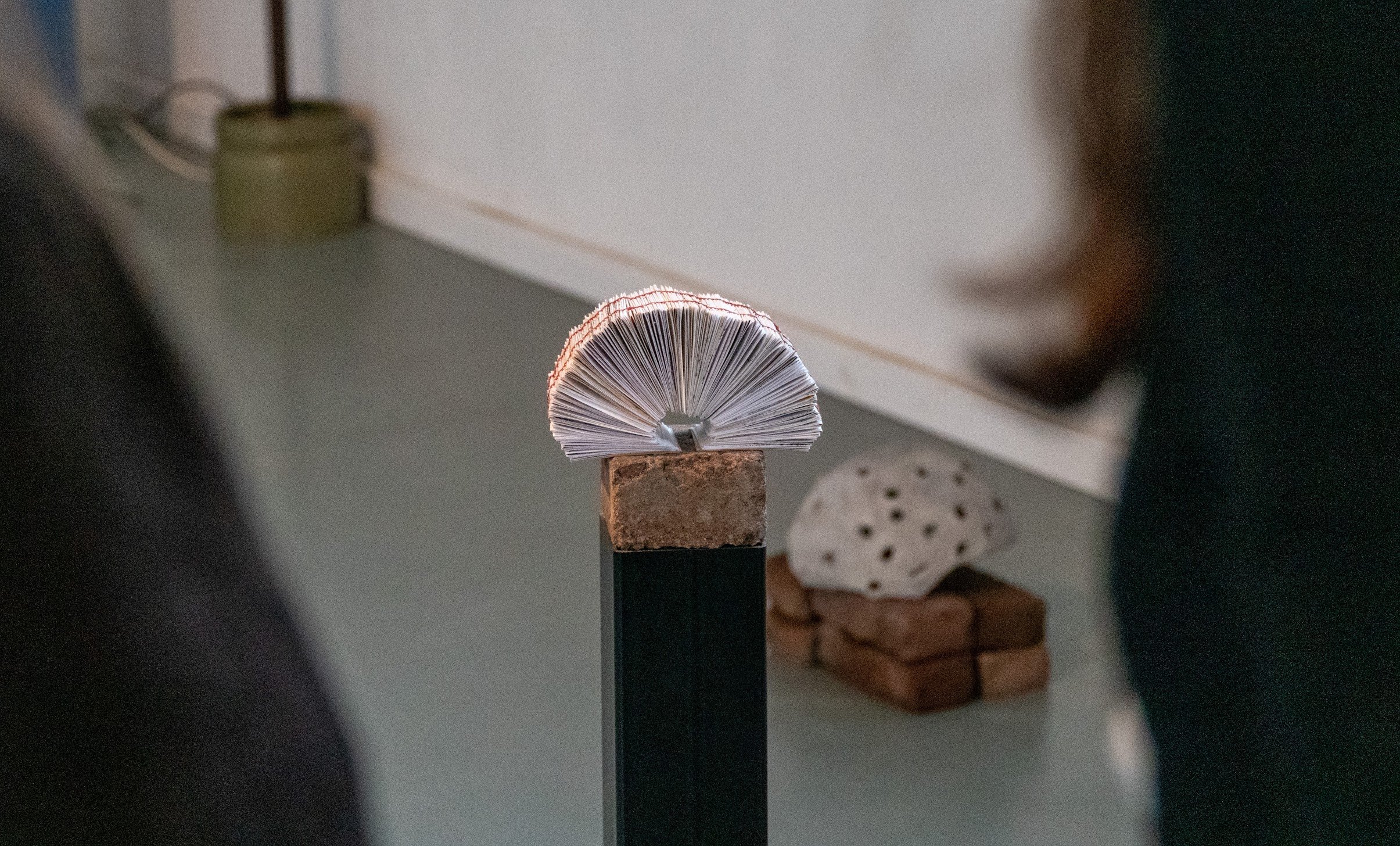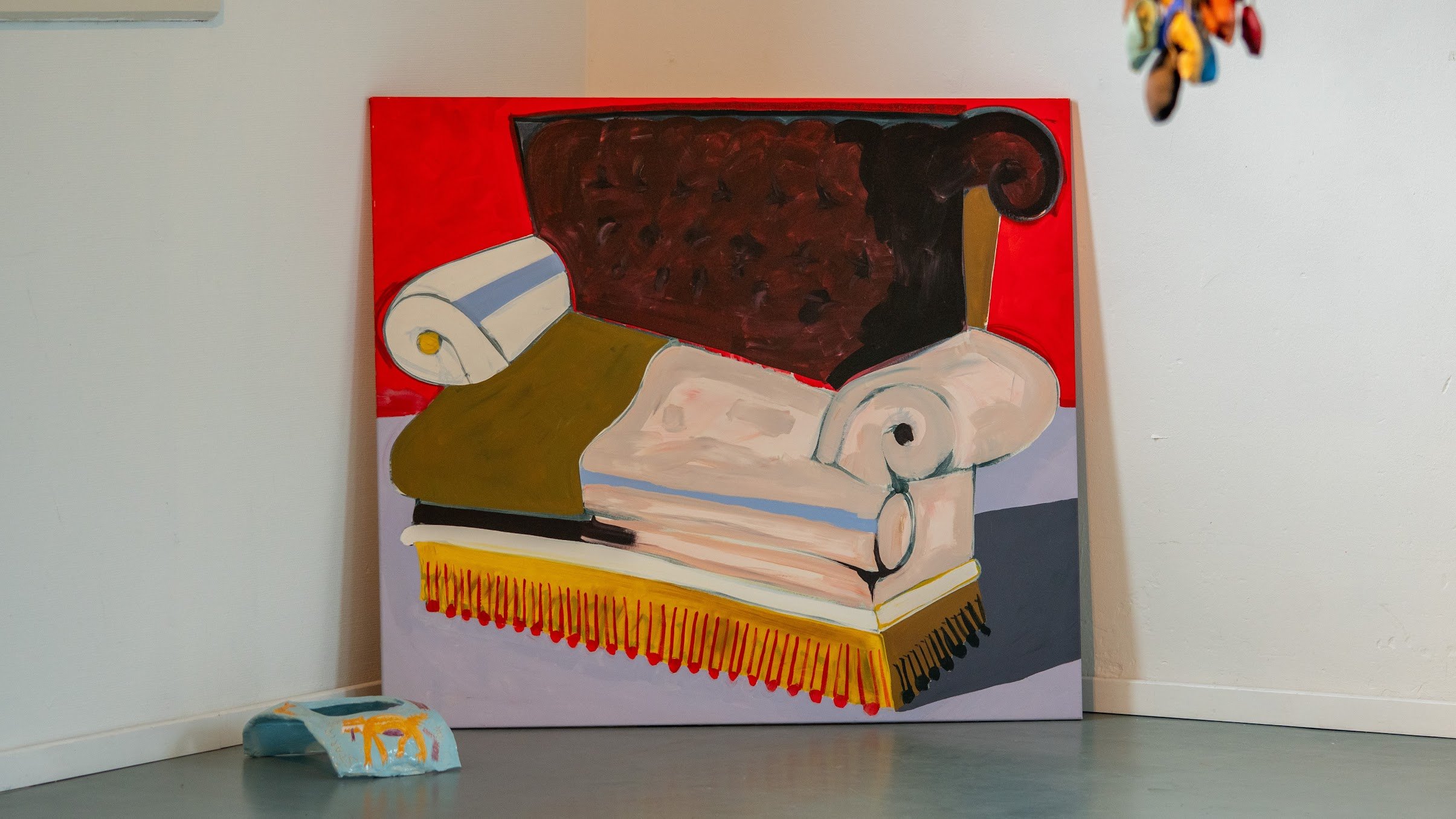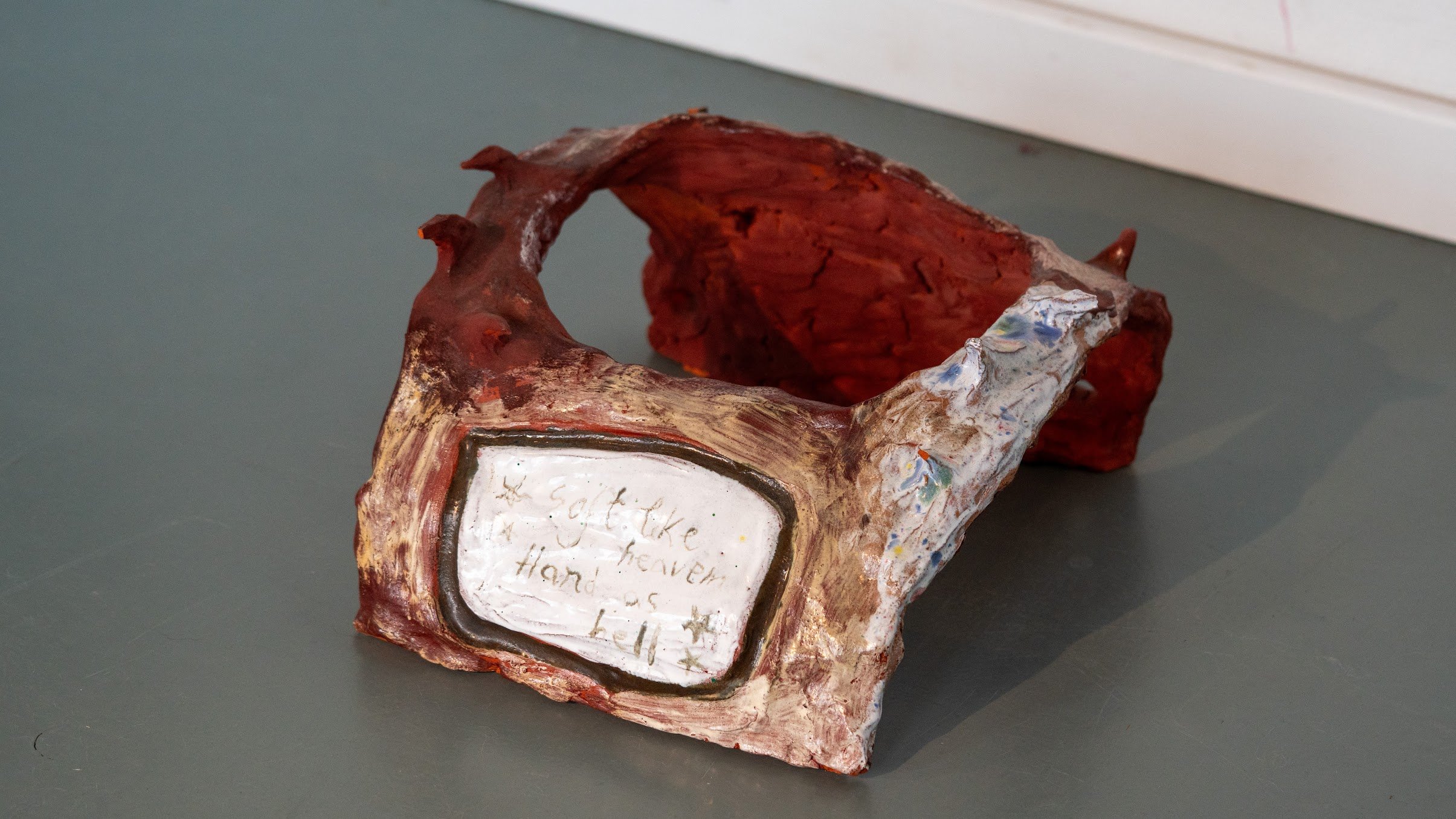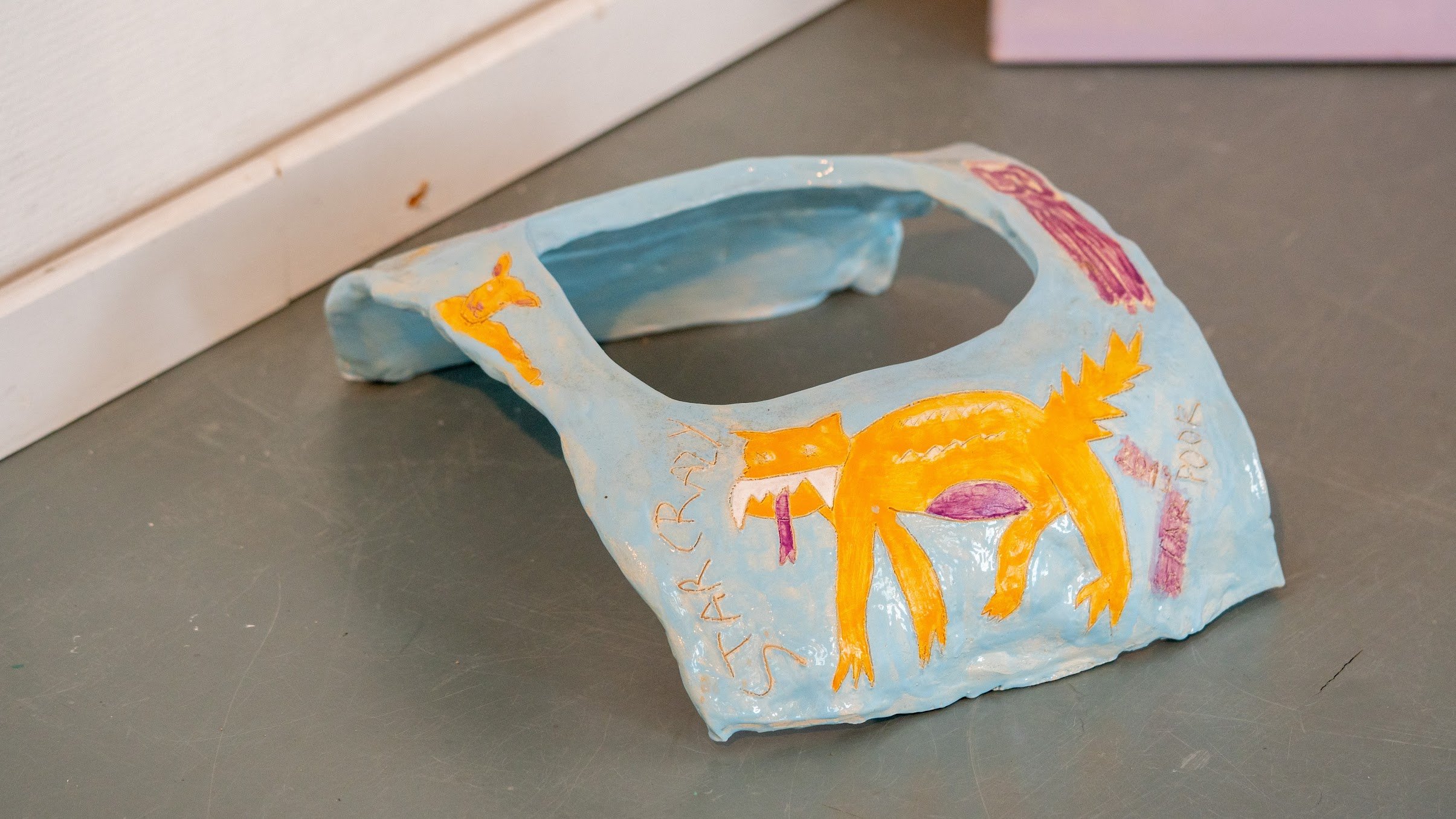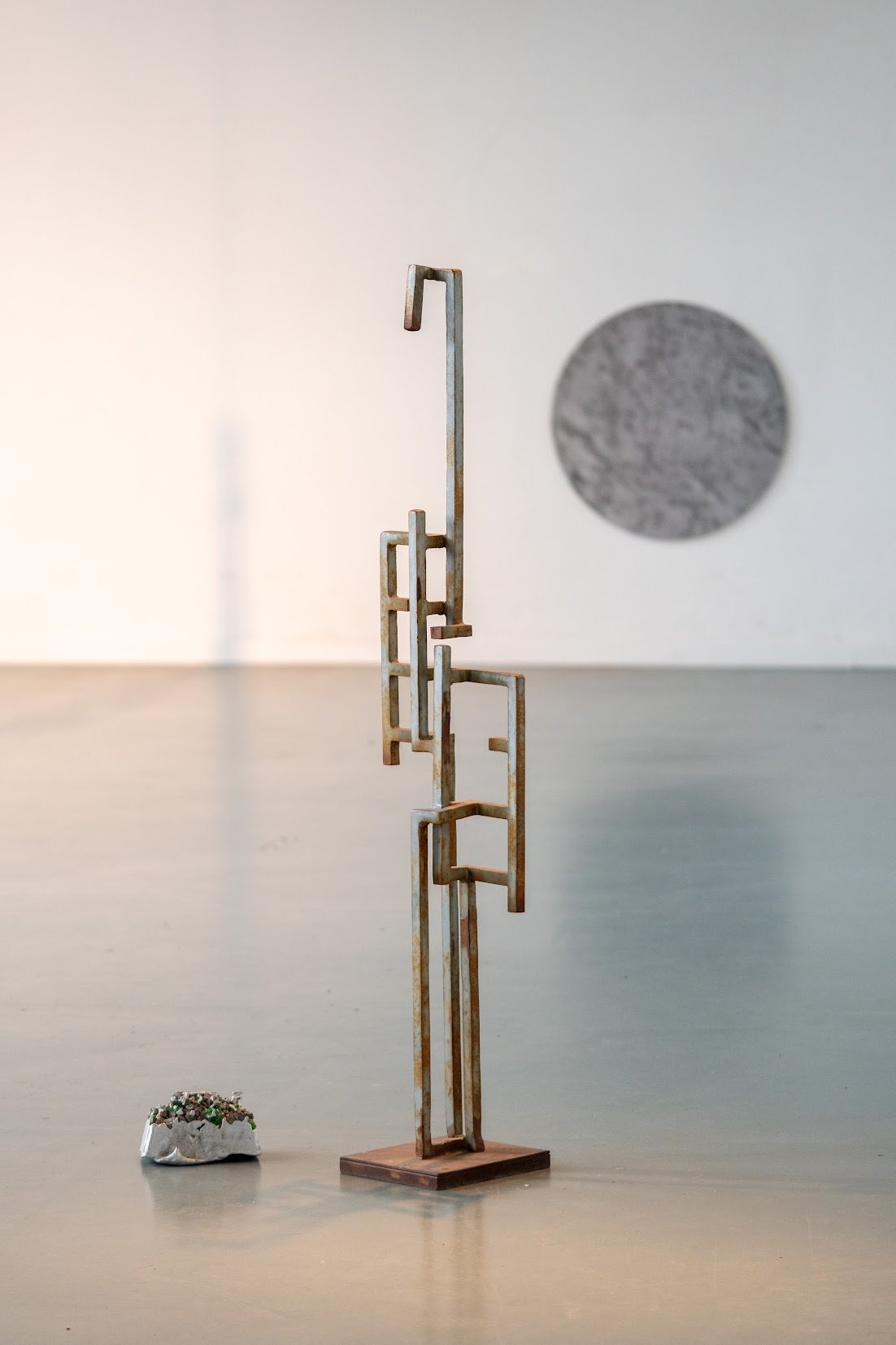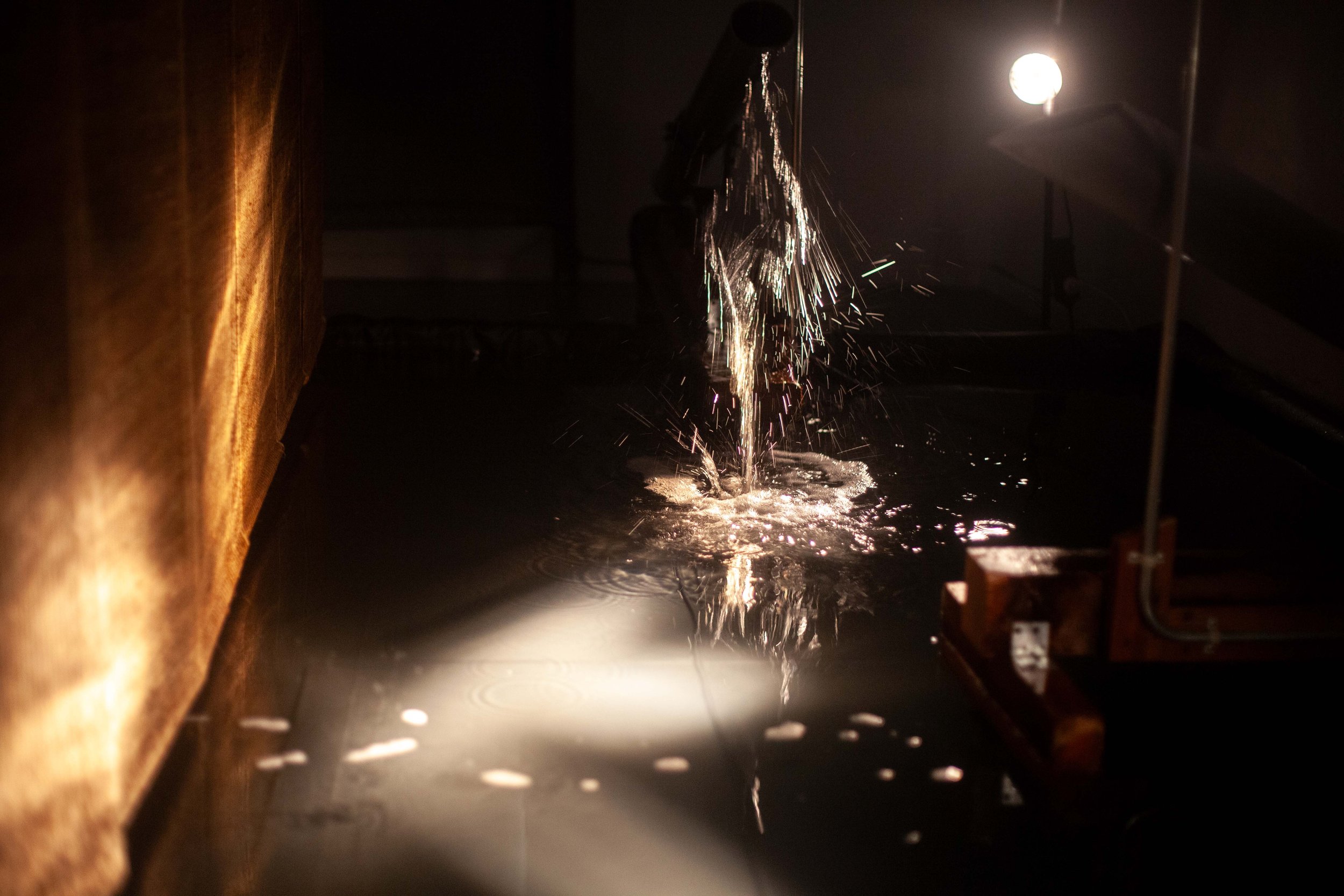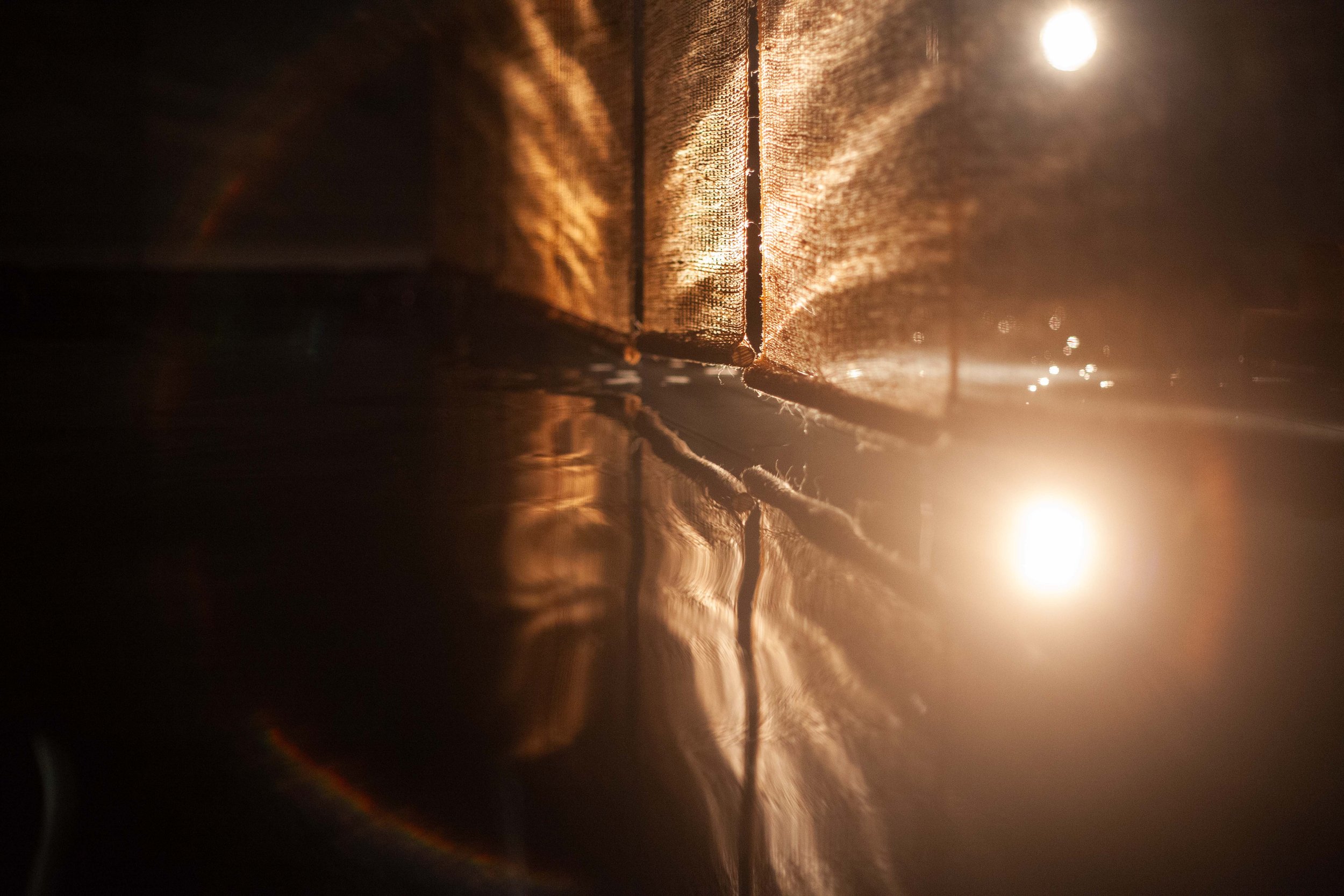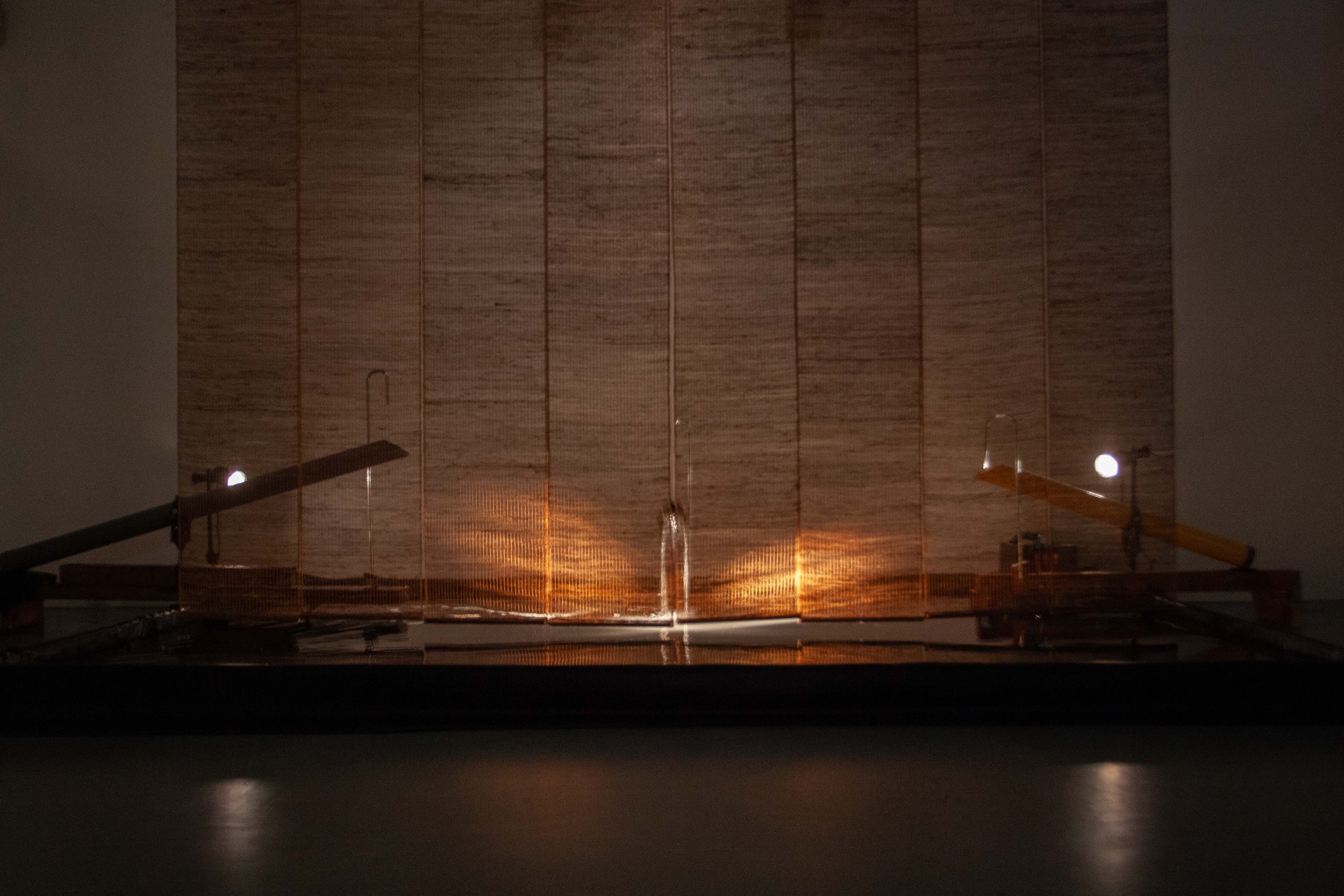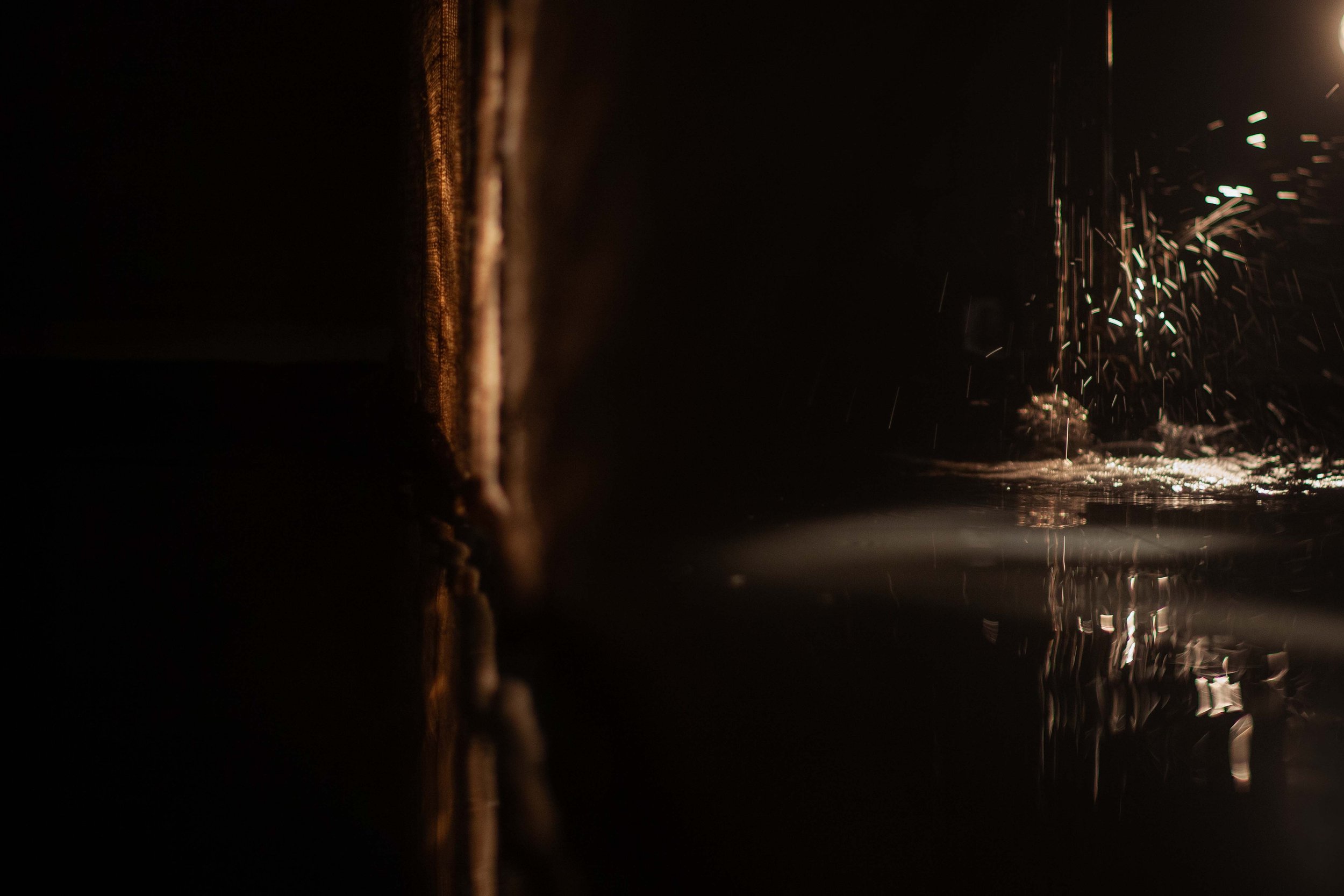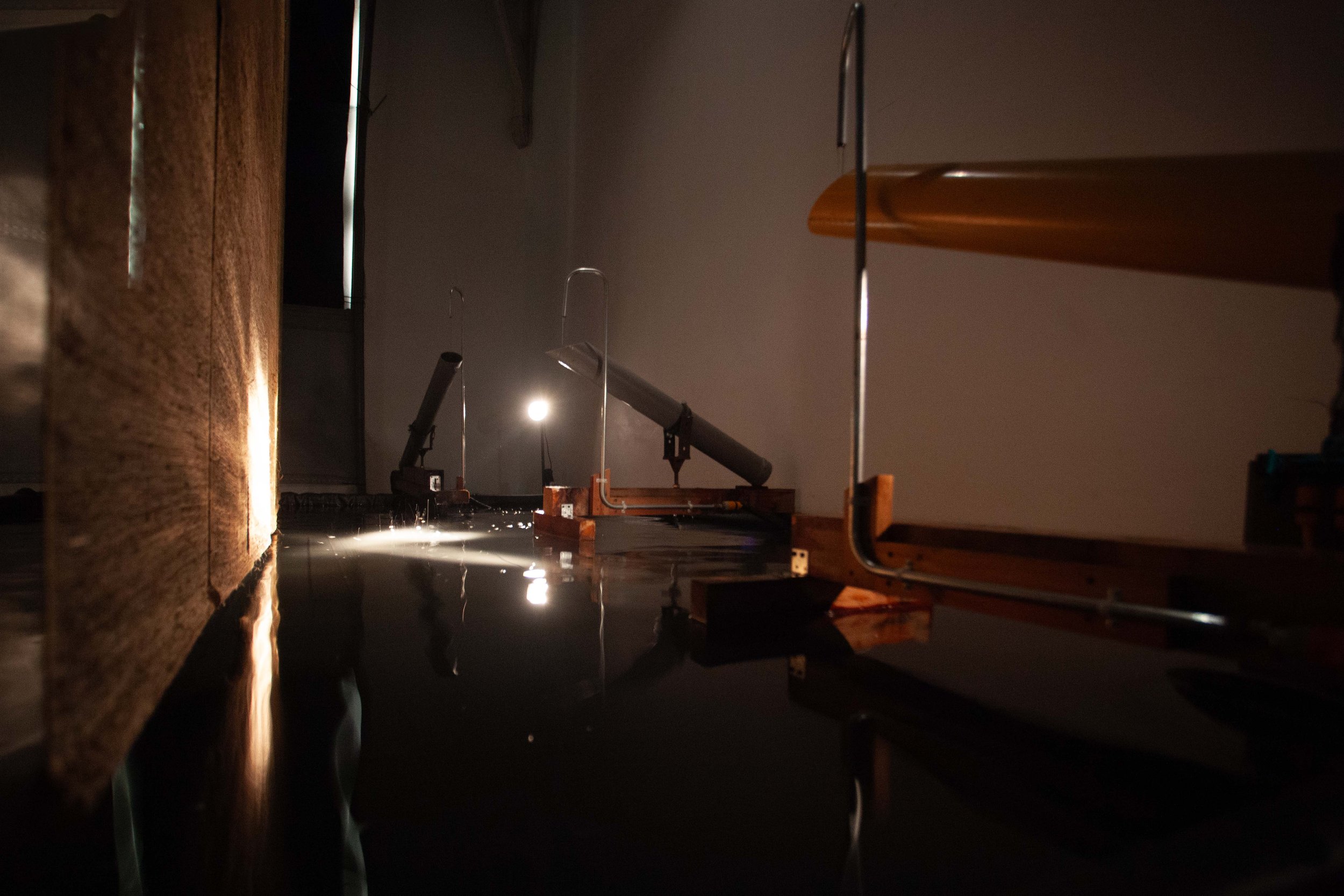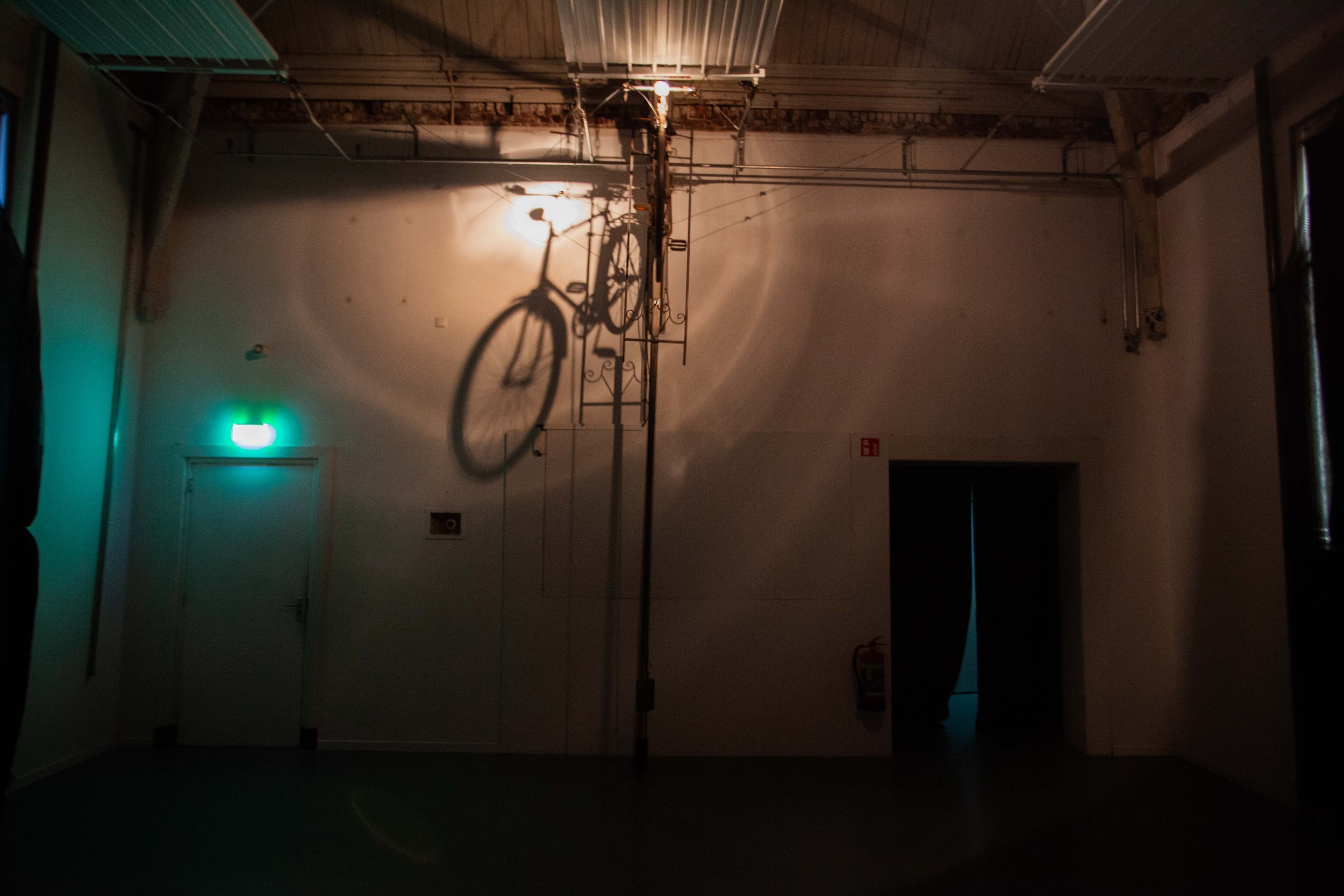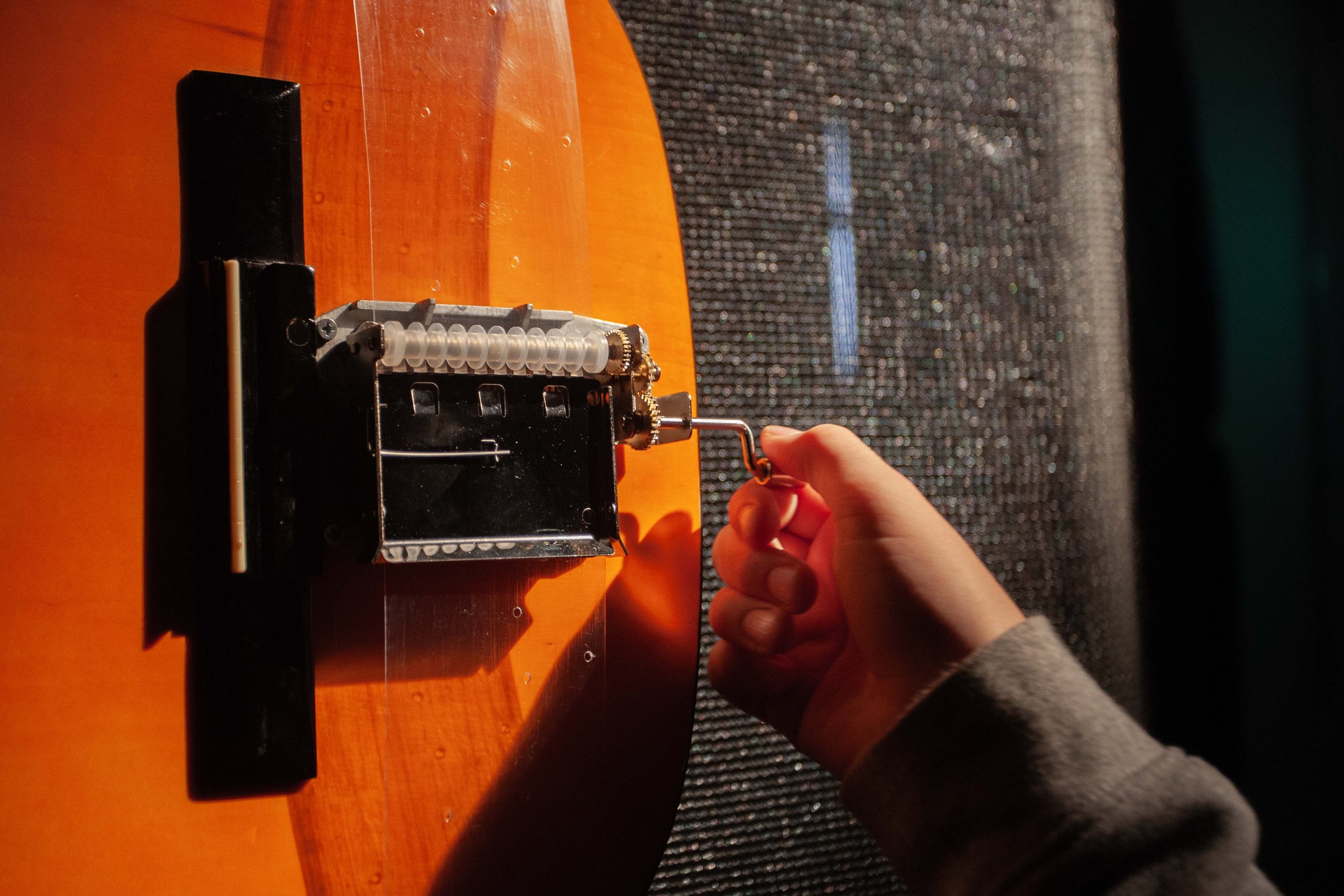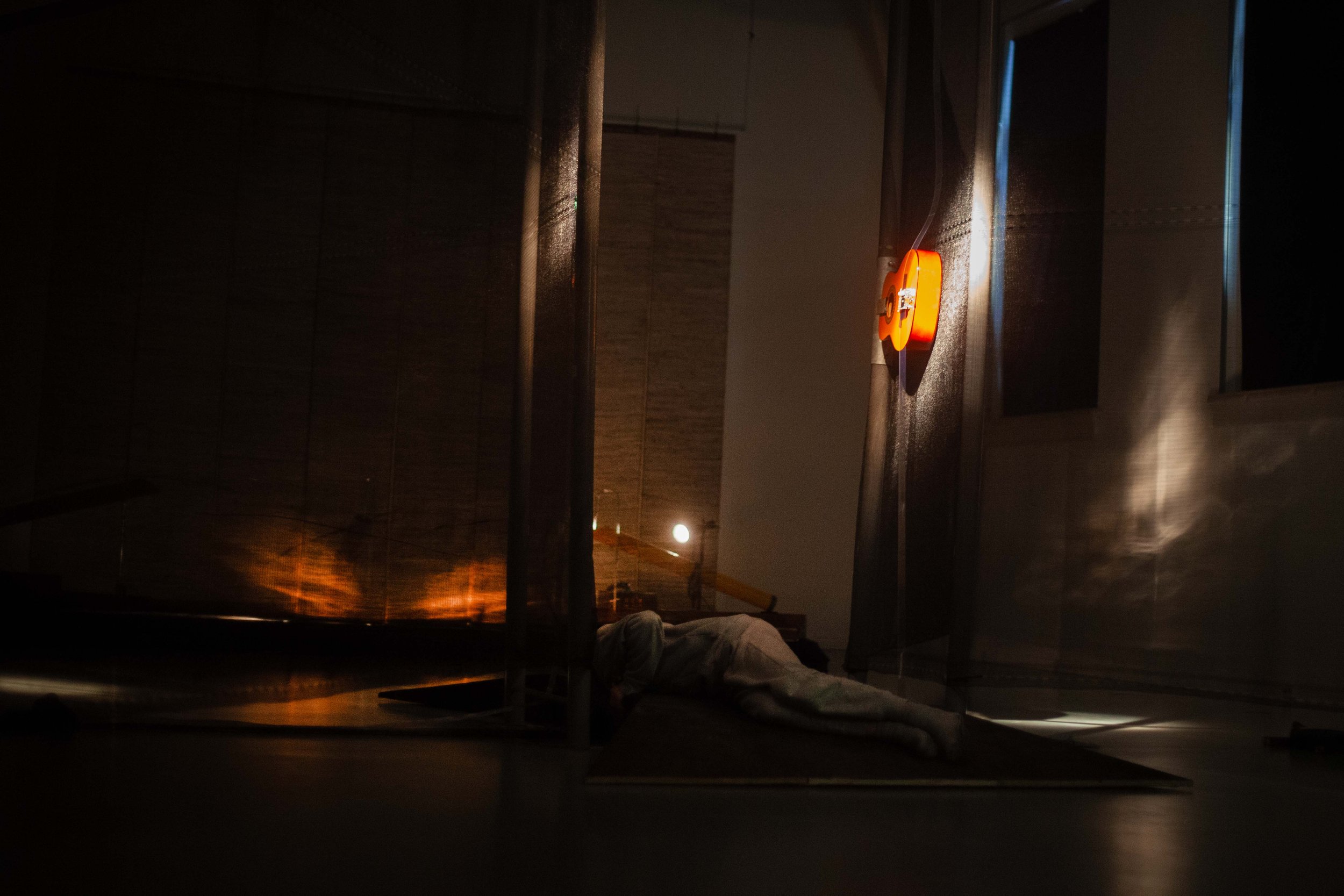'EVERYWHEN’
Exhibition: Daan de Jong, Rotterdam Academy of Architecture
Open: 01.03.2024 | 13:00 – 18:00h
Start curator tour: 16:00h
Contact: daandejong_@outlook.com
Hosted by: See Lab
Short description:
‘Kia whakatomuri te haere whakamua.’
‘I walk backwards into the future with my eyes fixed on the past.’
‘'Everywhen’
The project challenges us to rethink our relationship with the future in a quest that is guided by Everywhen: a perception of time in which past, present, and future are interconnected. The project demonstrates how this idea of time can become part of our thinking and the way we perceive the city. Through spatial installations, maps and storytelling, the boundaries of this approach are explored. The exhibition shows us what it is like to experience The Hague through the lens of Everywhen.
Full description:
There is a Māori saying: "I walk backwards into the future with my eyes fixed on the past." Nowadays we show little sensitivity to this wisdom. We live in a world in which the future has no place. Yet the choices made today, will have far-reaching consequences for that future. It is a dead-end road. The climate crisis shows that we can no longer ignore the future. We need to broaden our time horizon. In doing so we are faced with a barrier: the future can be vague and abstract and is clouded by uncertainty. This makes the climate crisis also a crisis of perspective.
To escape this perspective crisis, we need to expand the boundaries of our temporal imagination. Designers have the ability – and the responsibility – to play a key role in this challenge. It requires a fundamentally different design approach, which begins with the realization that the Western idea of time – where the present is isolated from the past and the future – may underlie our shortsightedness. Indigenous cultures, where a different sense of time exists, can help us break this cycle. We can draw inspiration from the belief that past, present, and future are interwoven. This fluid idea of time is referred to by Aboriginals as Everywhen. This graduation project demonstrates how Everywhen can become part of the practice of urban and architectural design.
In this quest, three media forms from the designer's standard repertoire provide guidance. Through maps, models, and narratives, we explore how we can perceive and understand the city in the spirit of Everywhen. This approach focuses on The Hague; a city that is formed by divergent time scales. On one hand, the city is shaped by deep geological layers of sand and peat. On the other hand, the city has a long history as the center of political power, which is constantly changing. These interacting time layers provide the perfect conditions to experience the city through the lens of Everywhen.
The collected stories about The Hague form the basis for a series of spatial emblemas. These representations of places in The Hague challenge us to broaden our temporal perspective. Do we look at the city as it was, now is, or as it could be in the future? From the spatial installations, maps, and stories, a new image of the city emerges. The boundary between past, present, and future fades until we reach Everywhen.
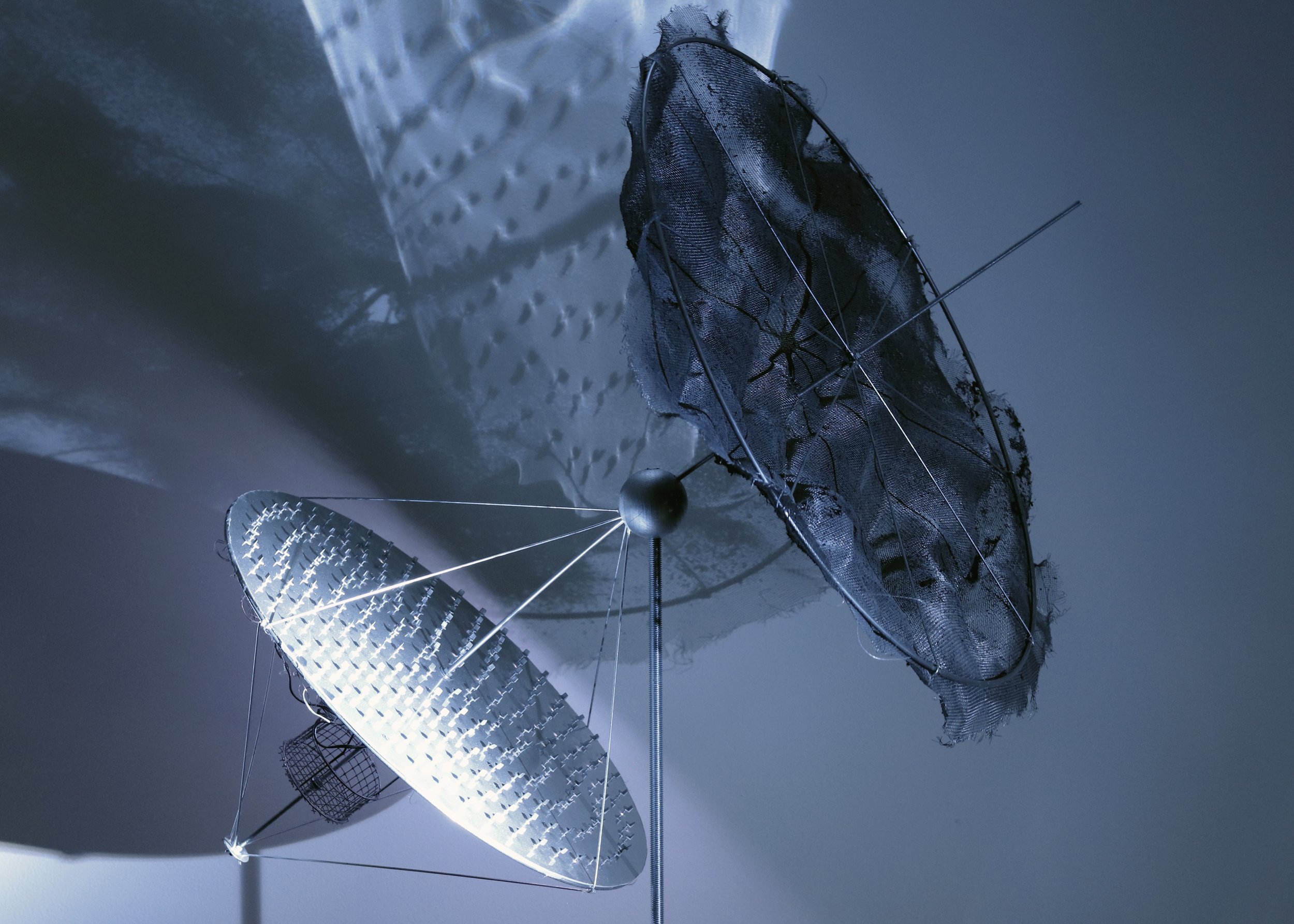
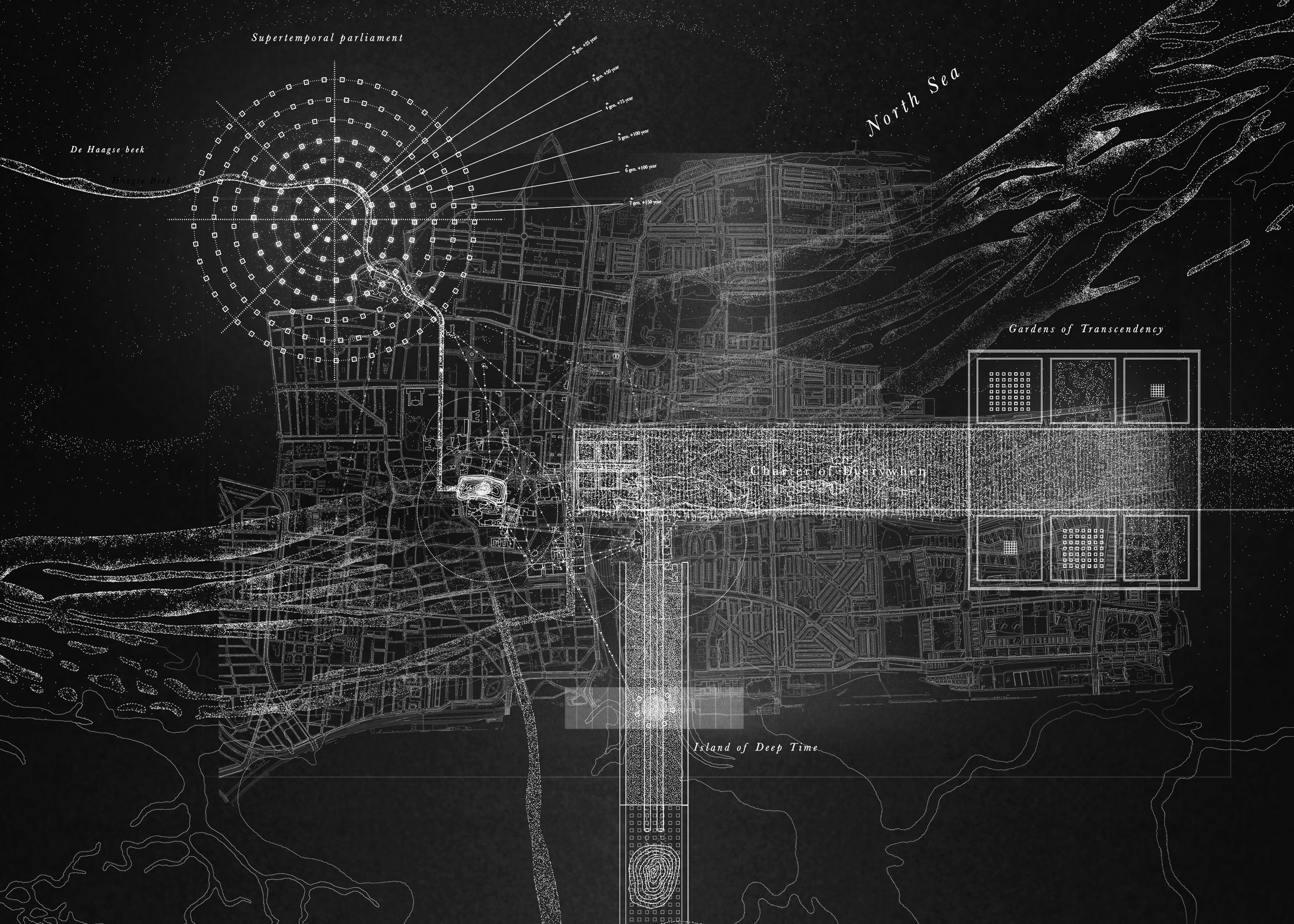
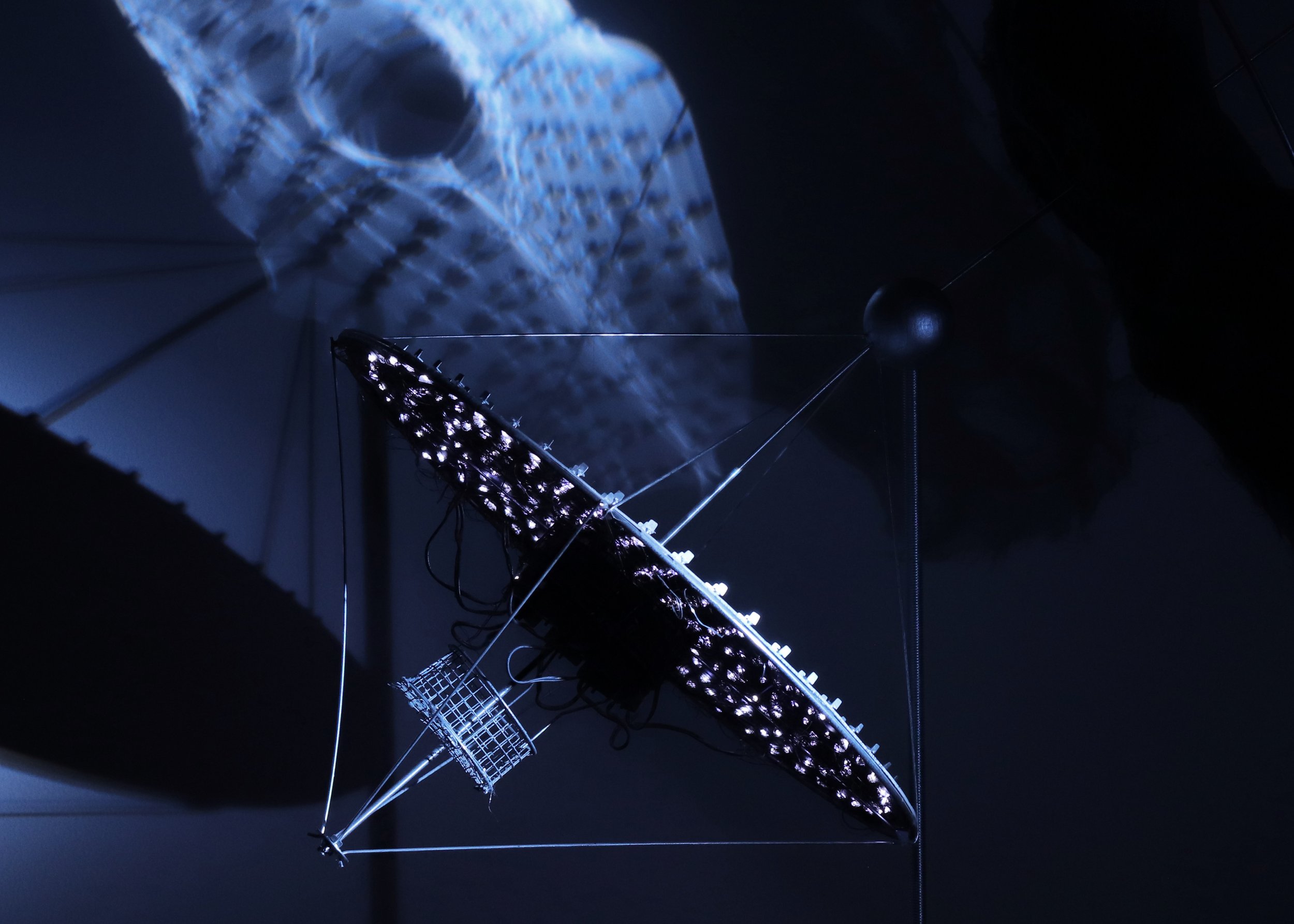
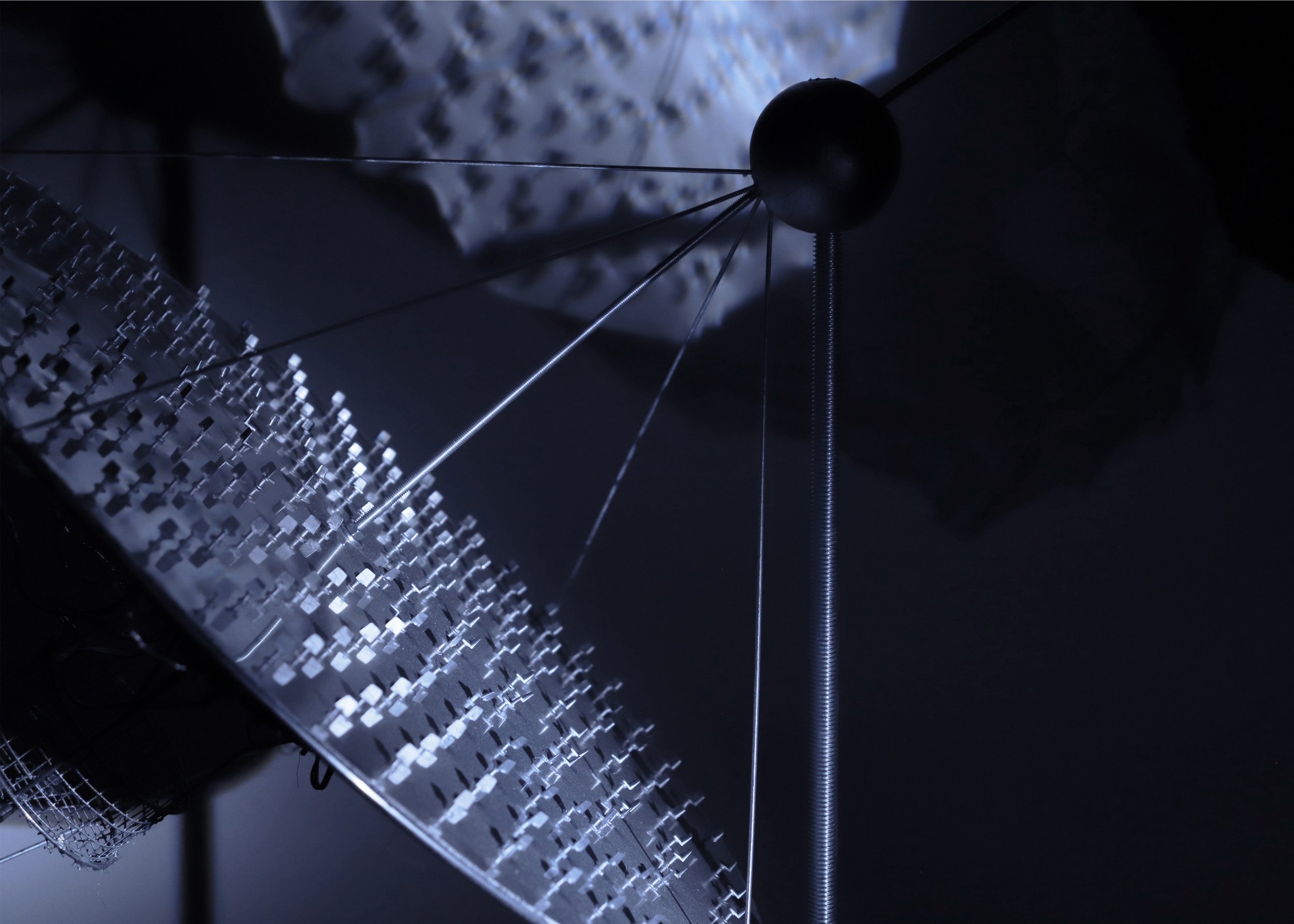
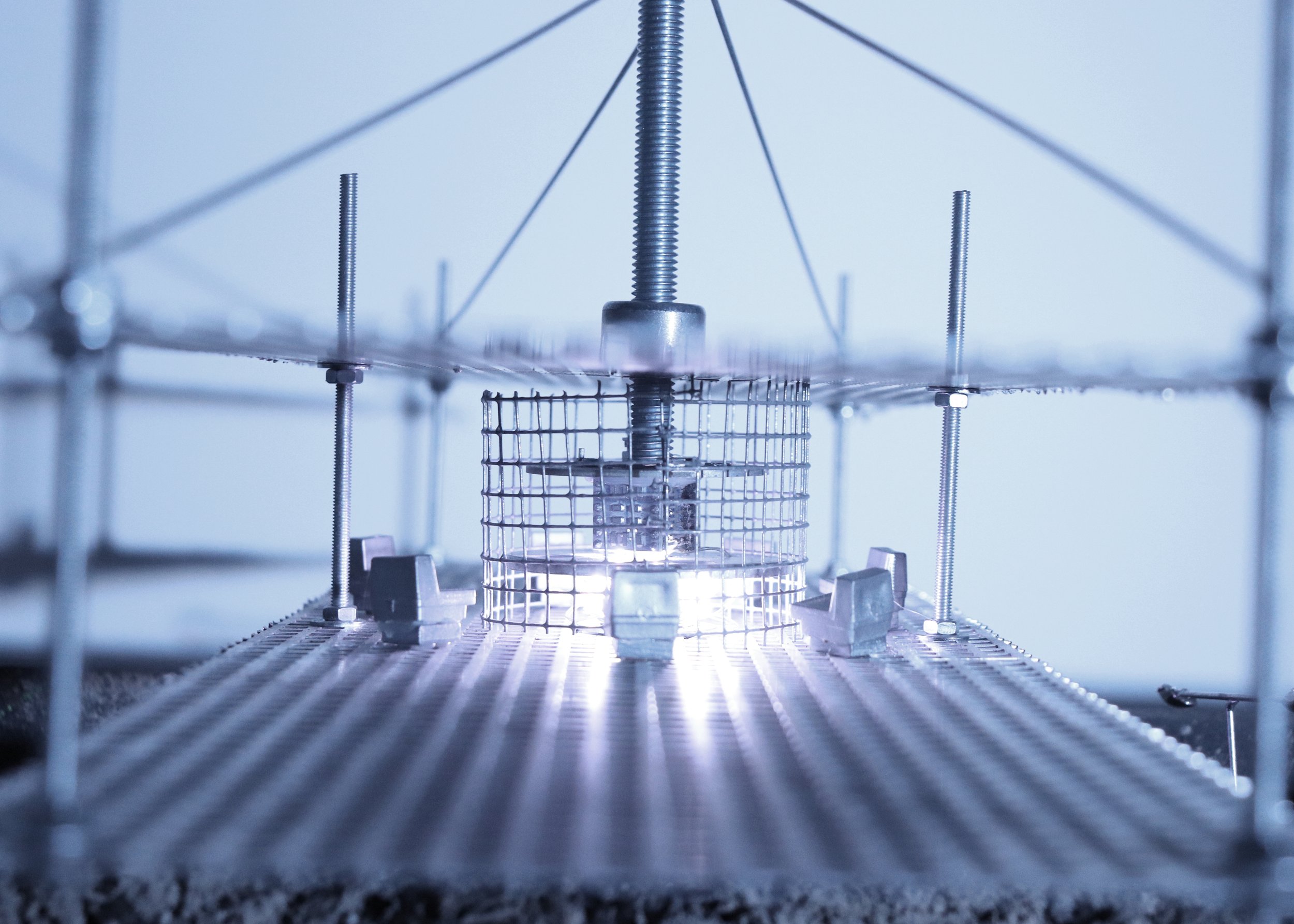
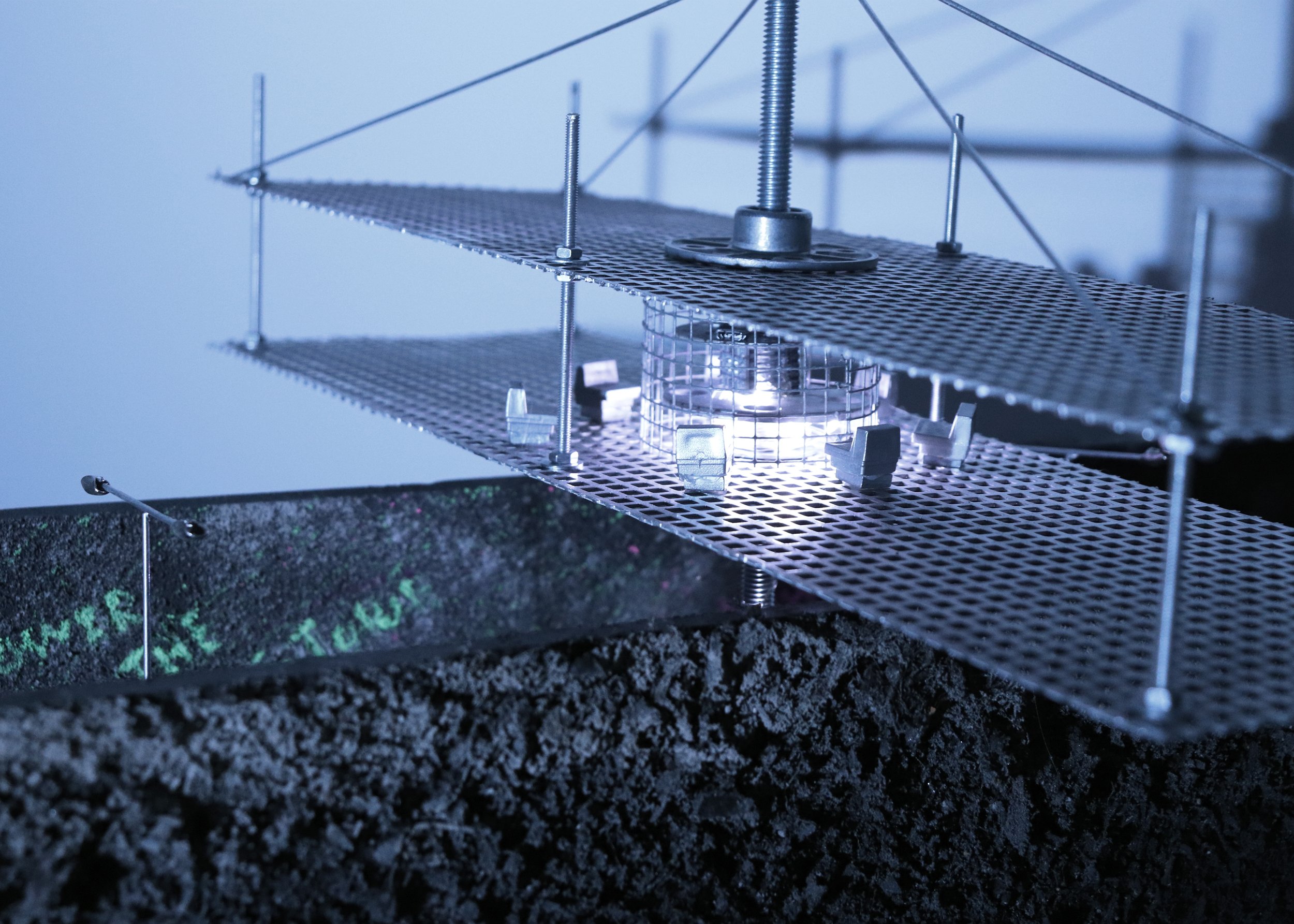
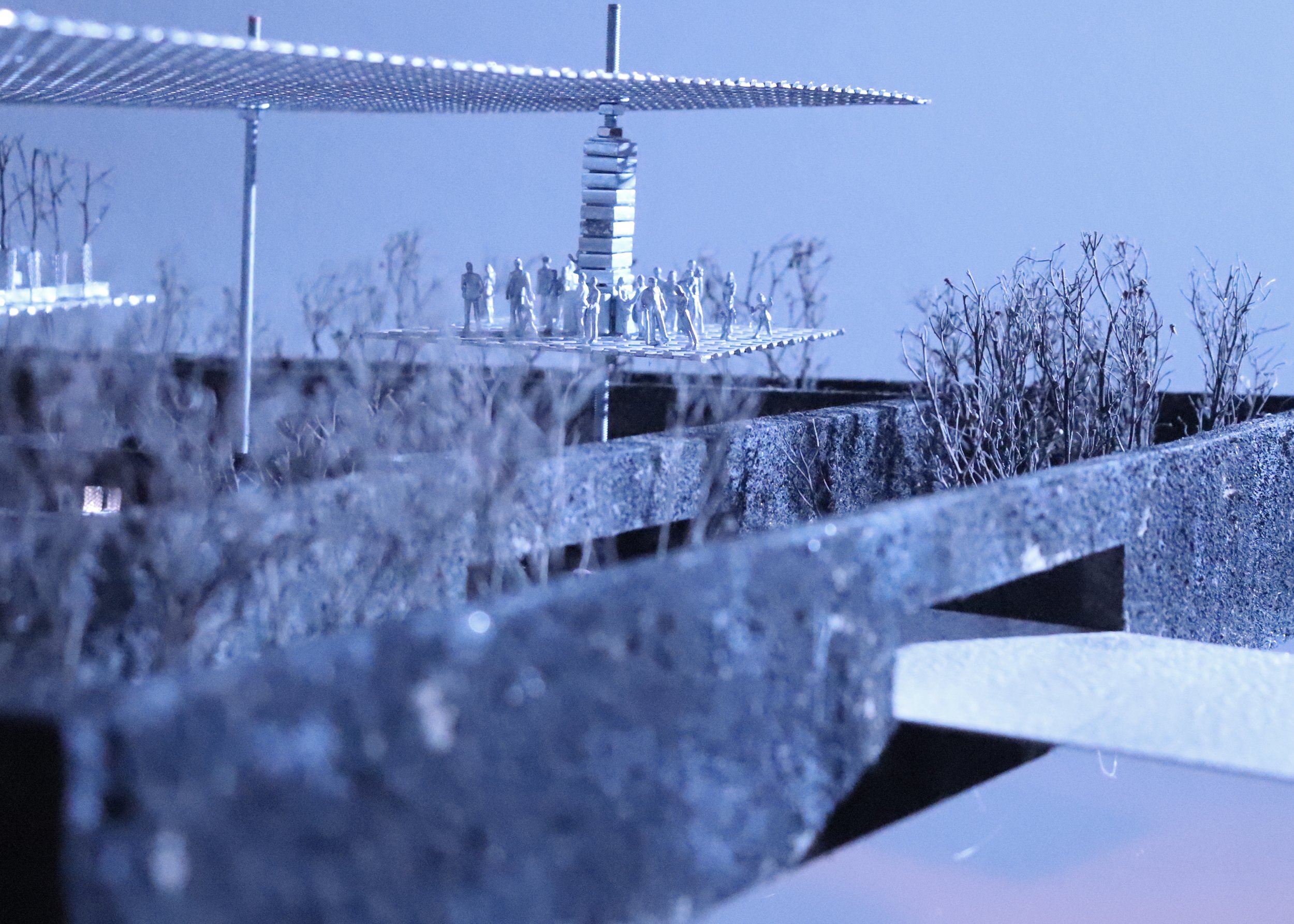
images: Daan de Jong






